In 2024, Nia House will be 50 years old.
We hosted a party and used this special opportunity to introduce our 50th Logo- with a photobooth!
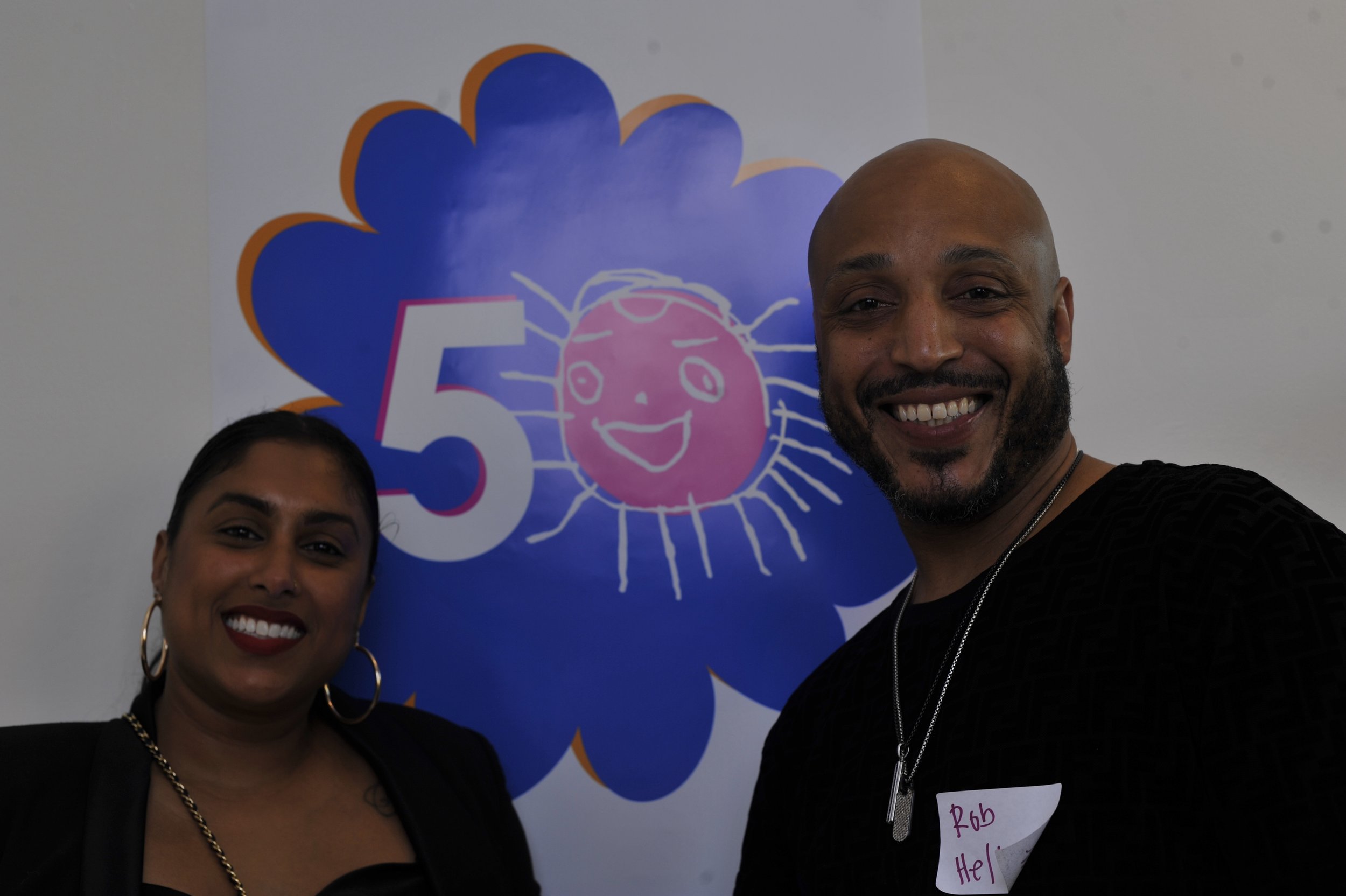
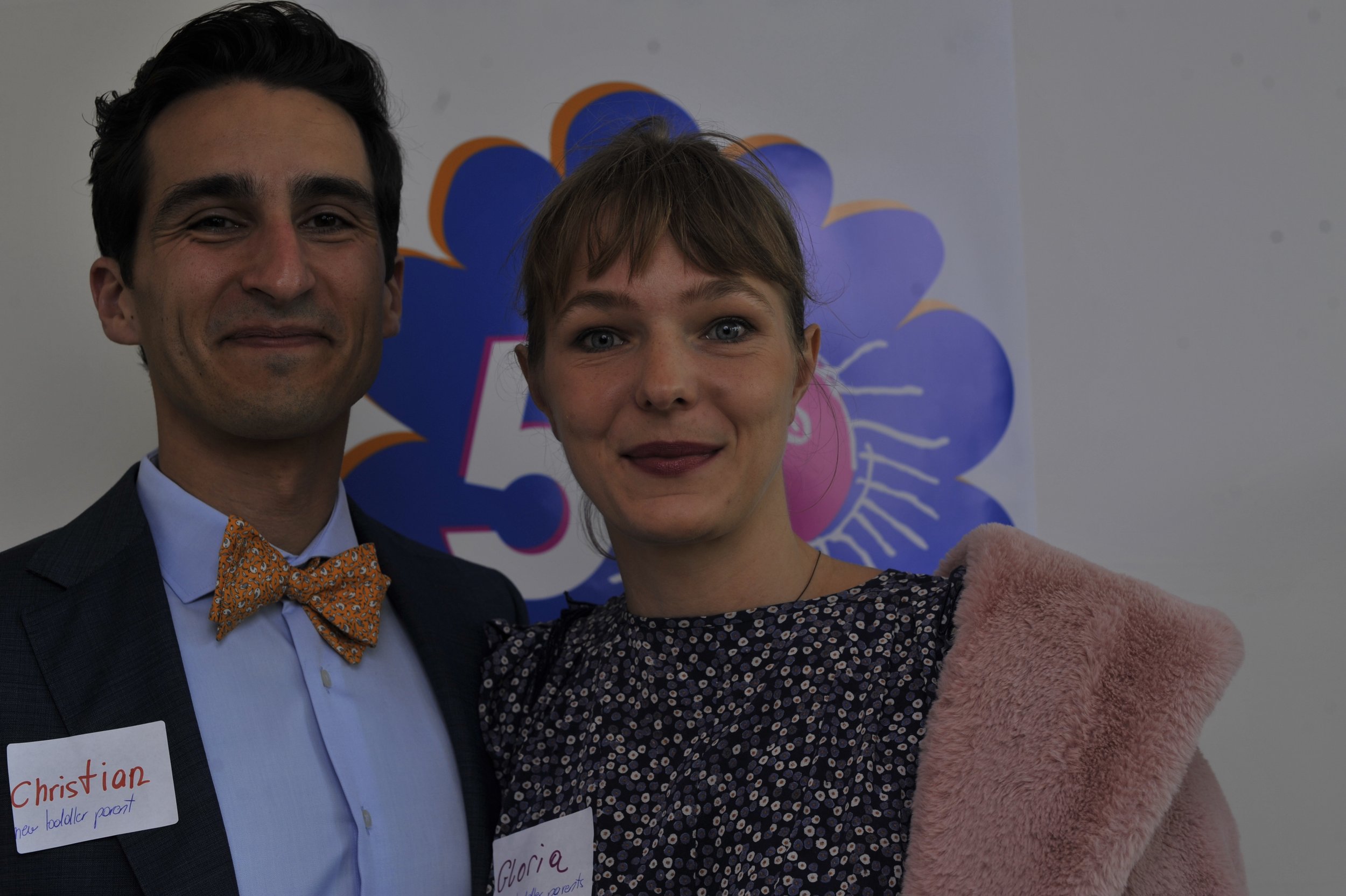
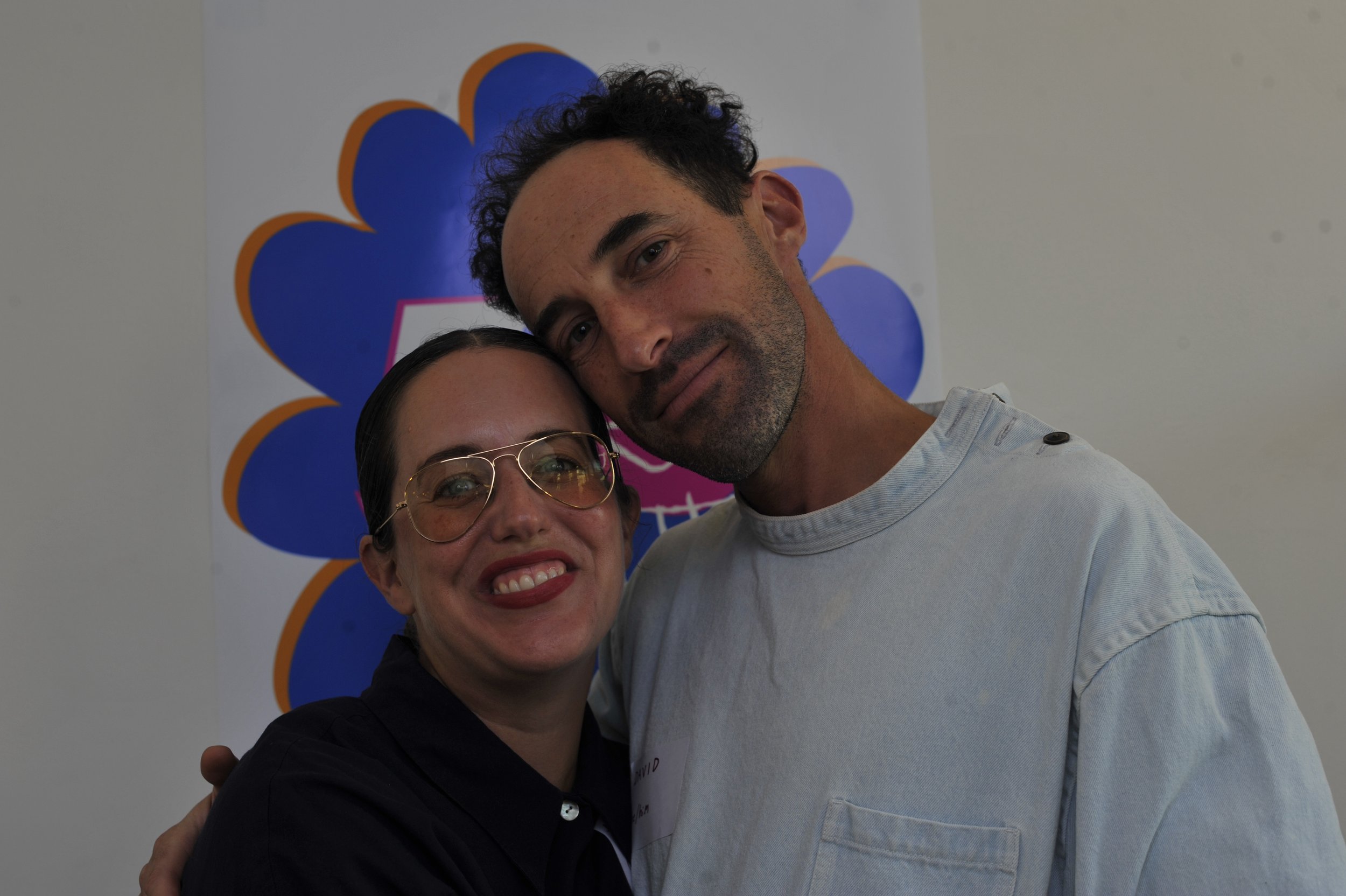
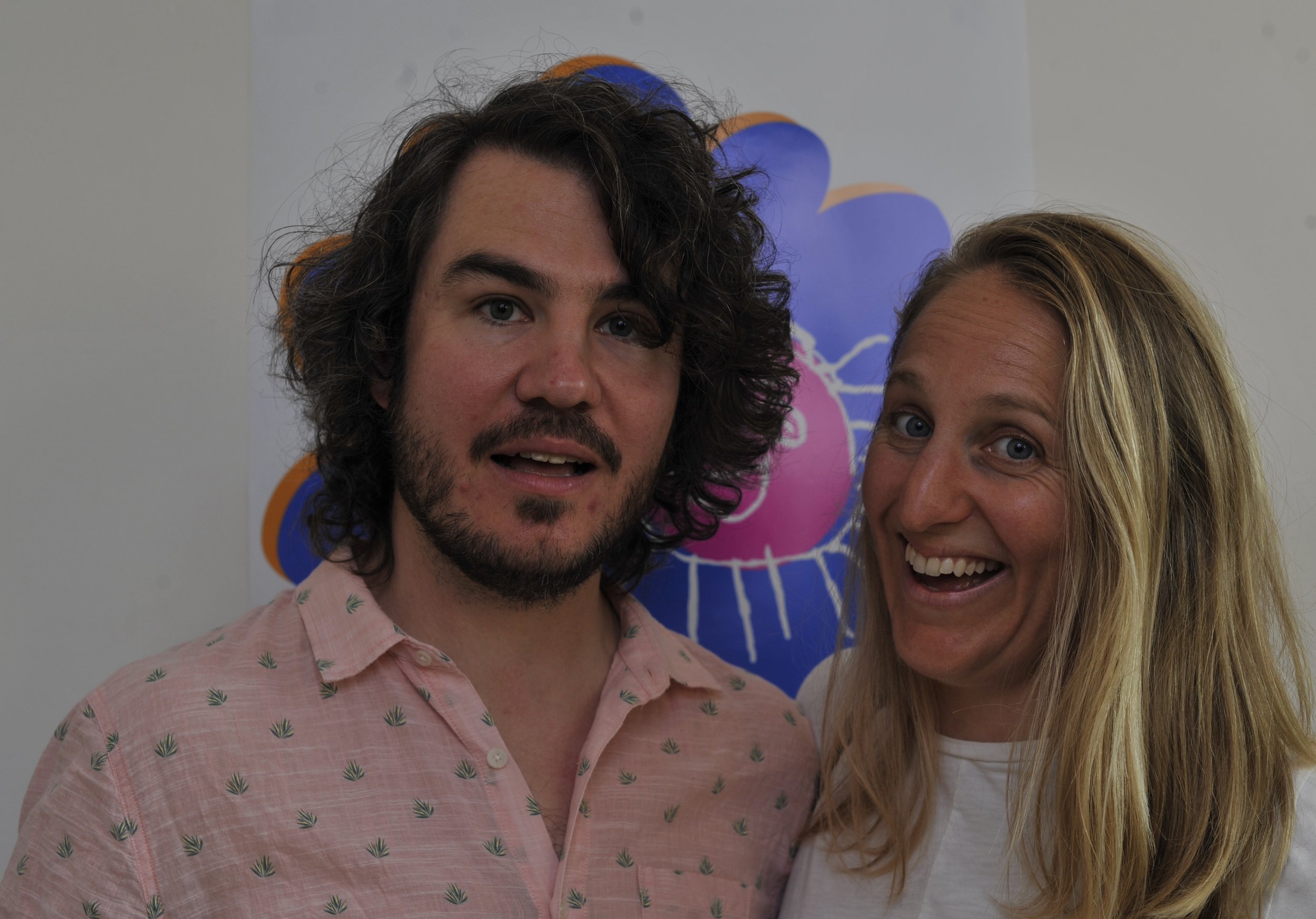
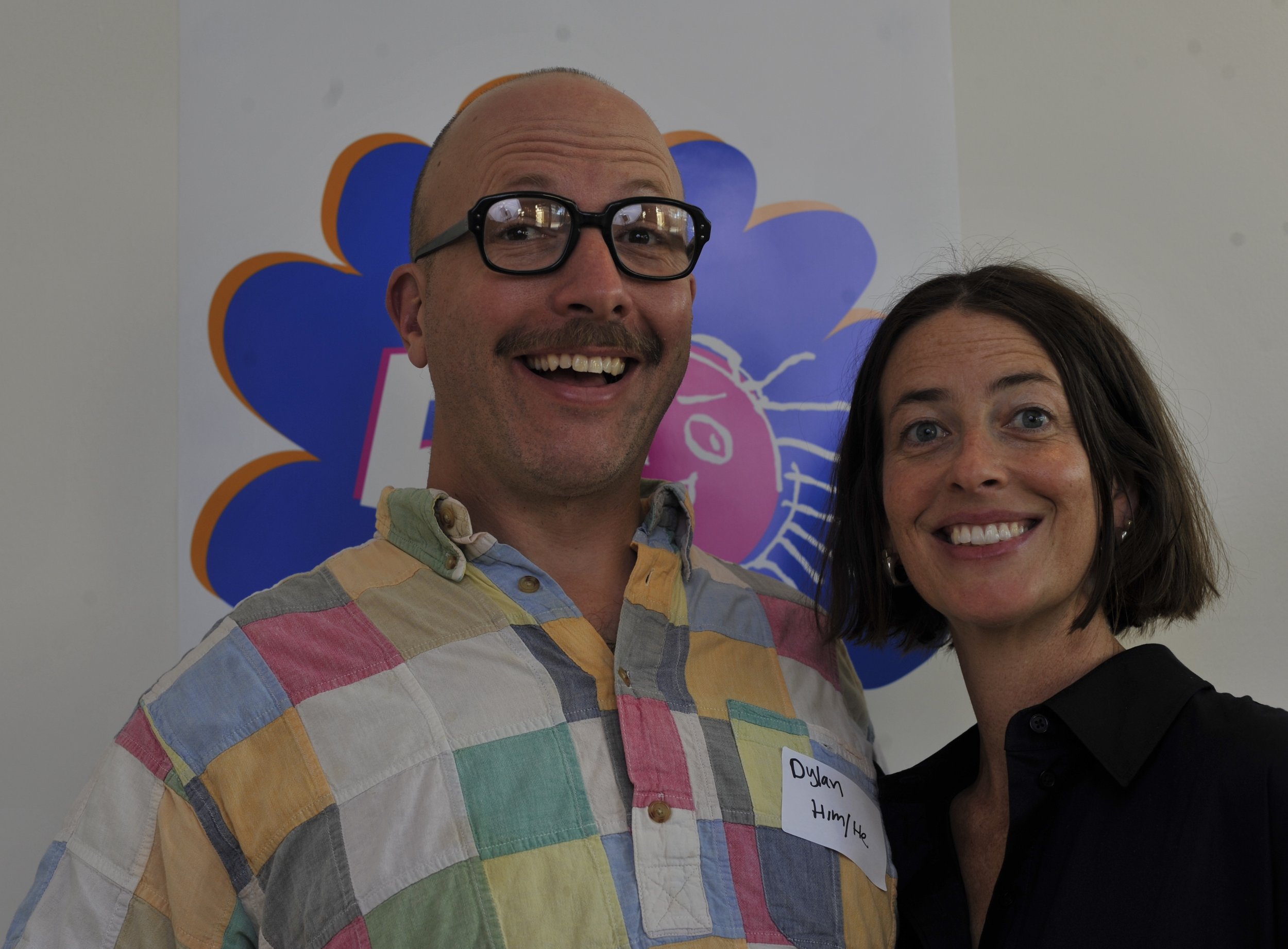
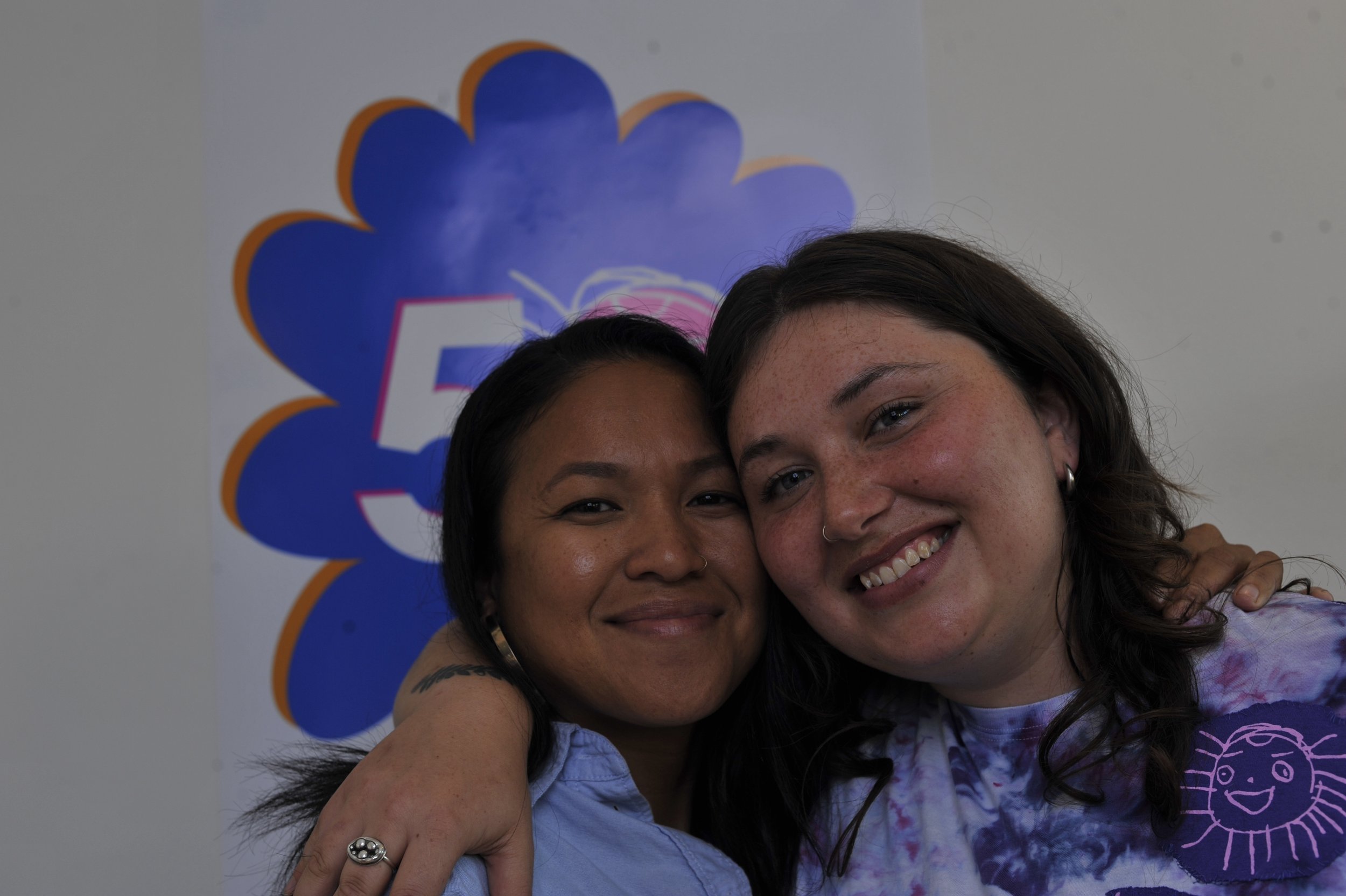
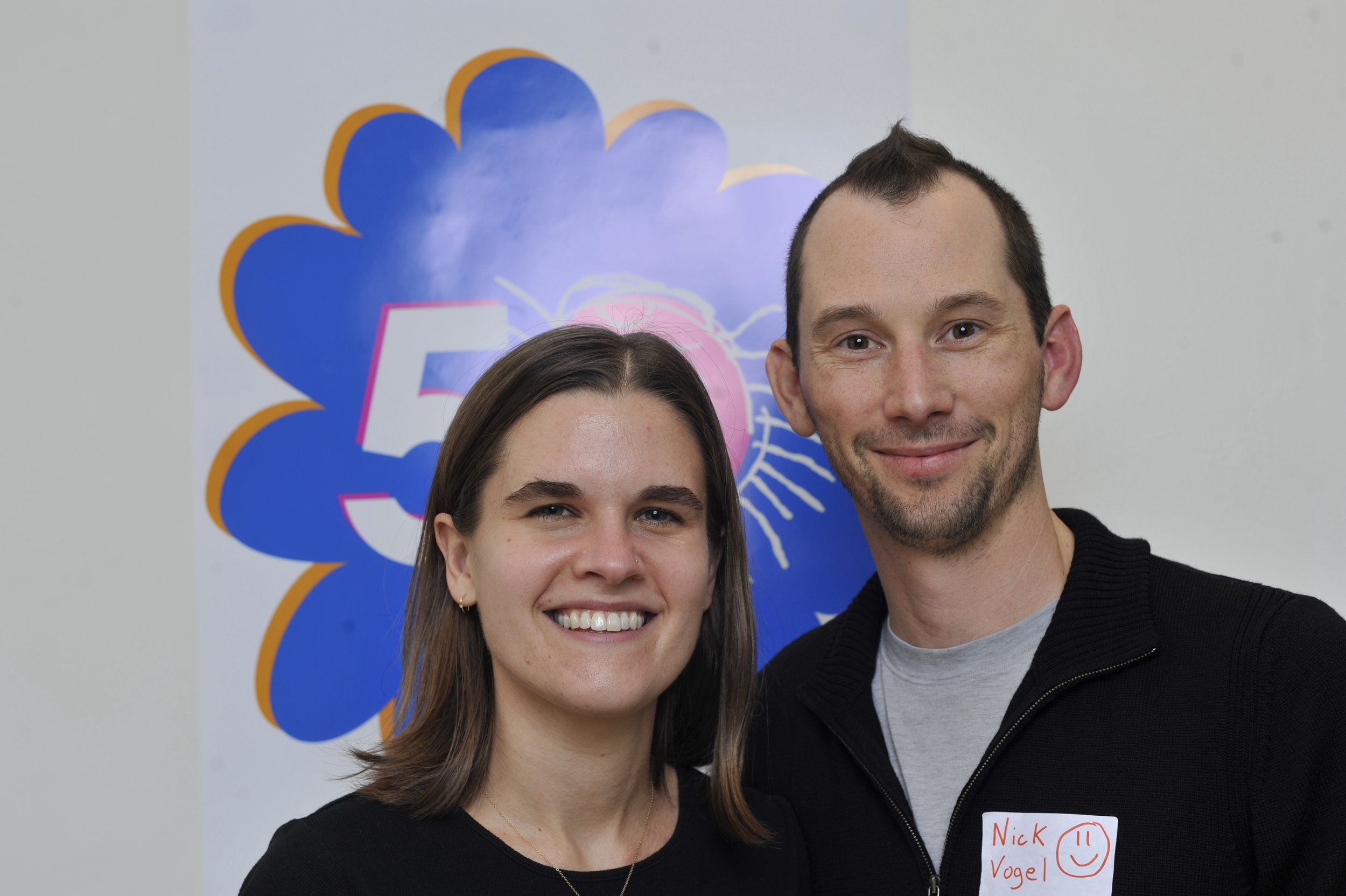
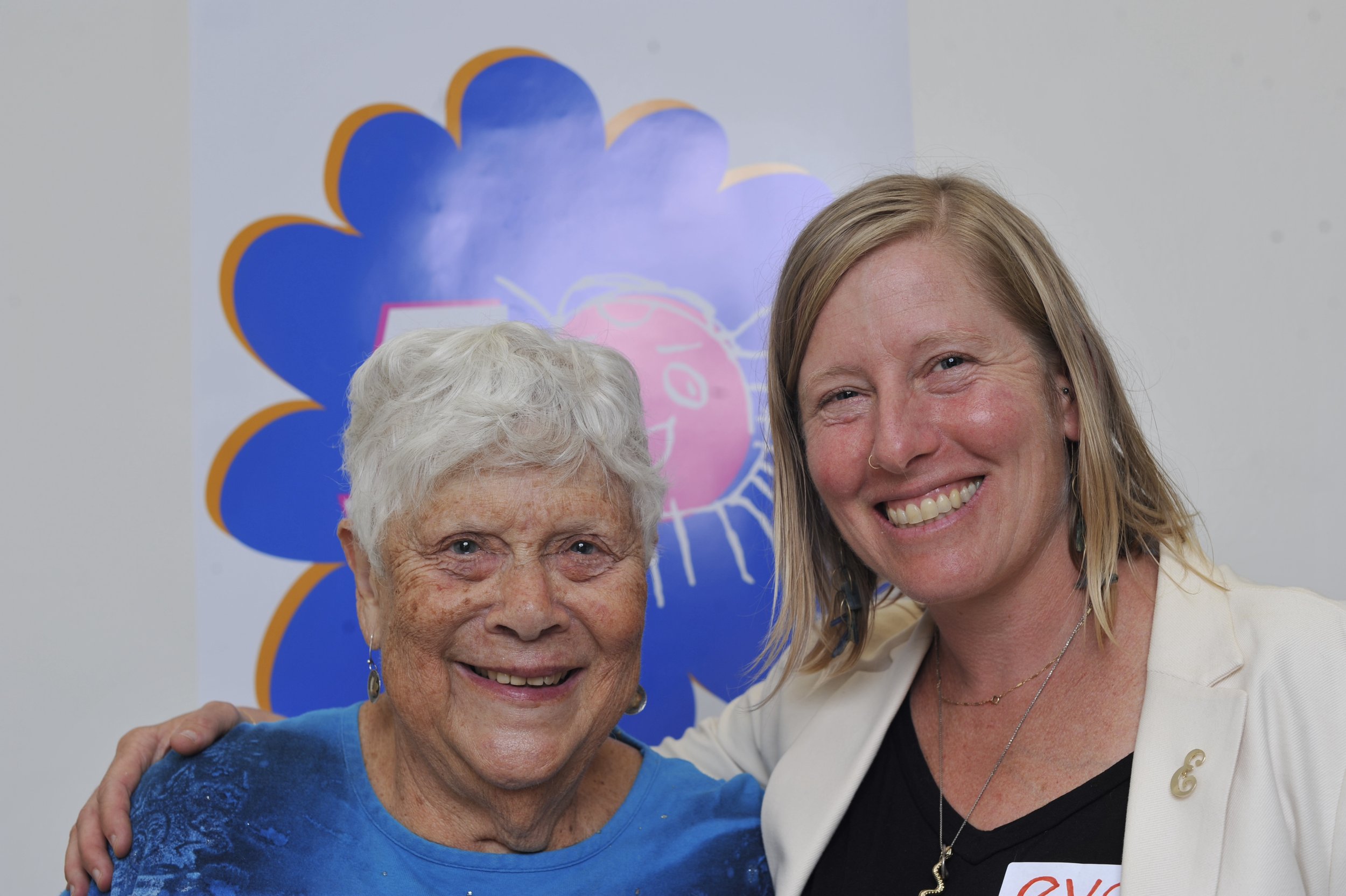
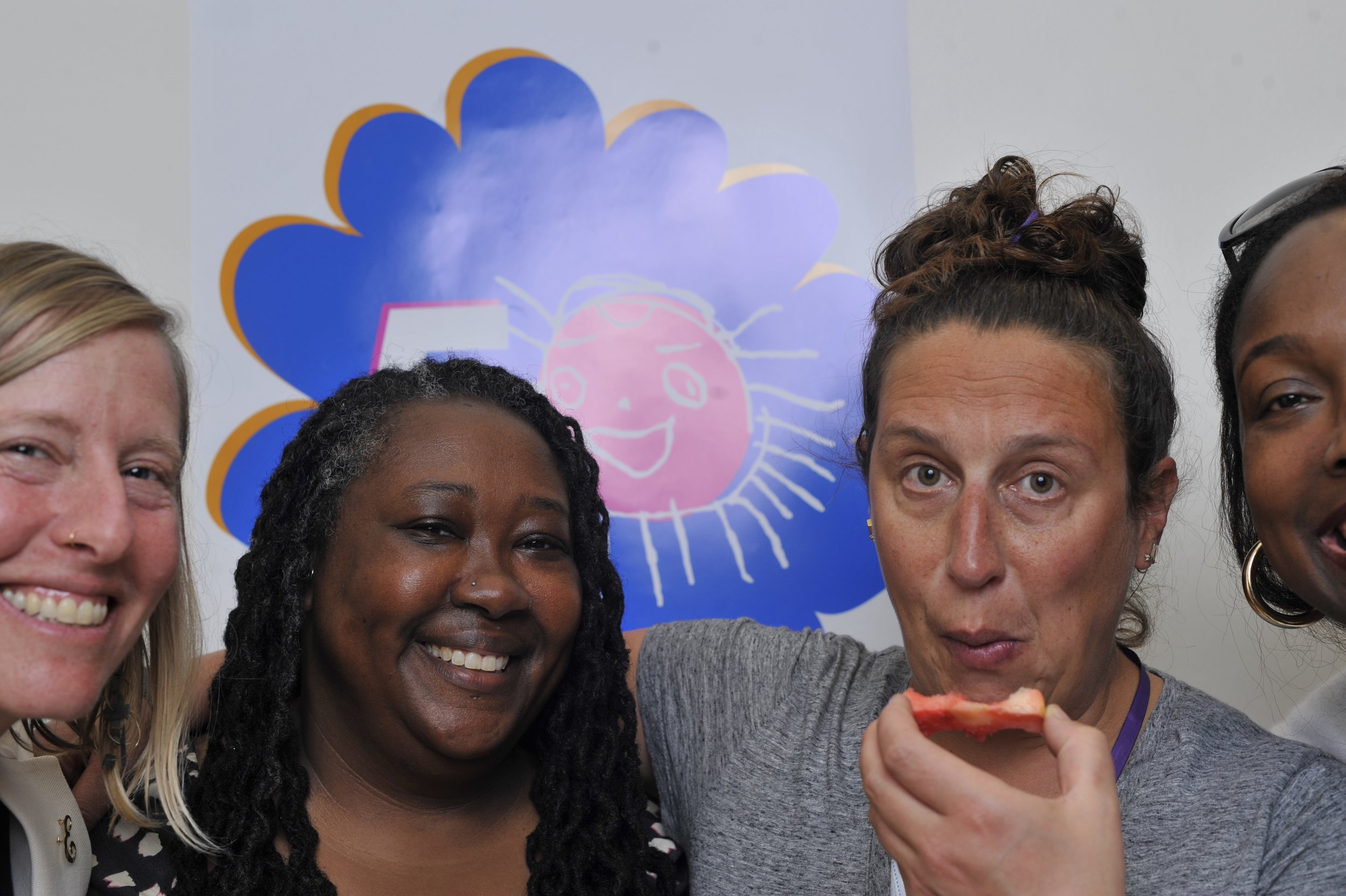
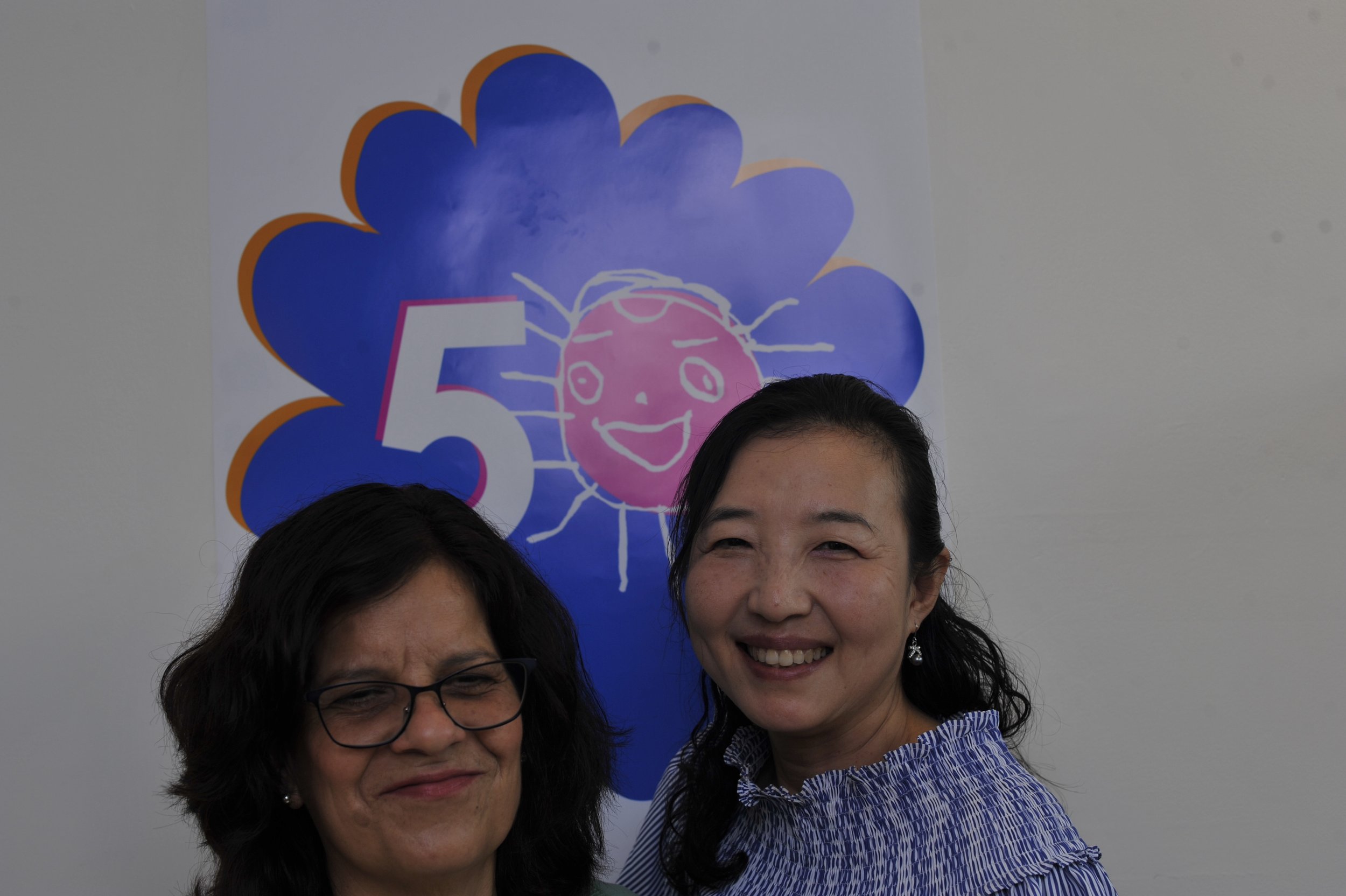
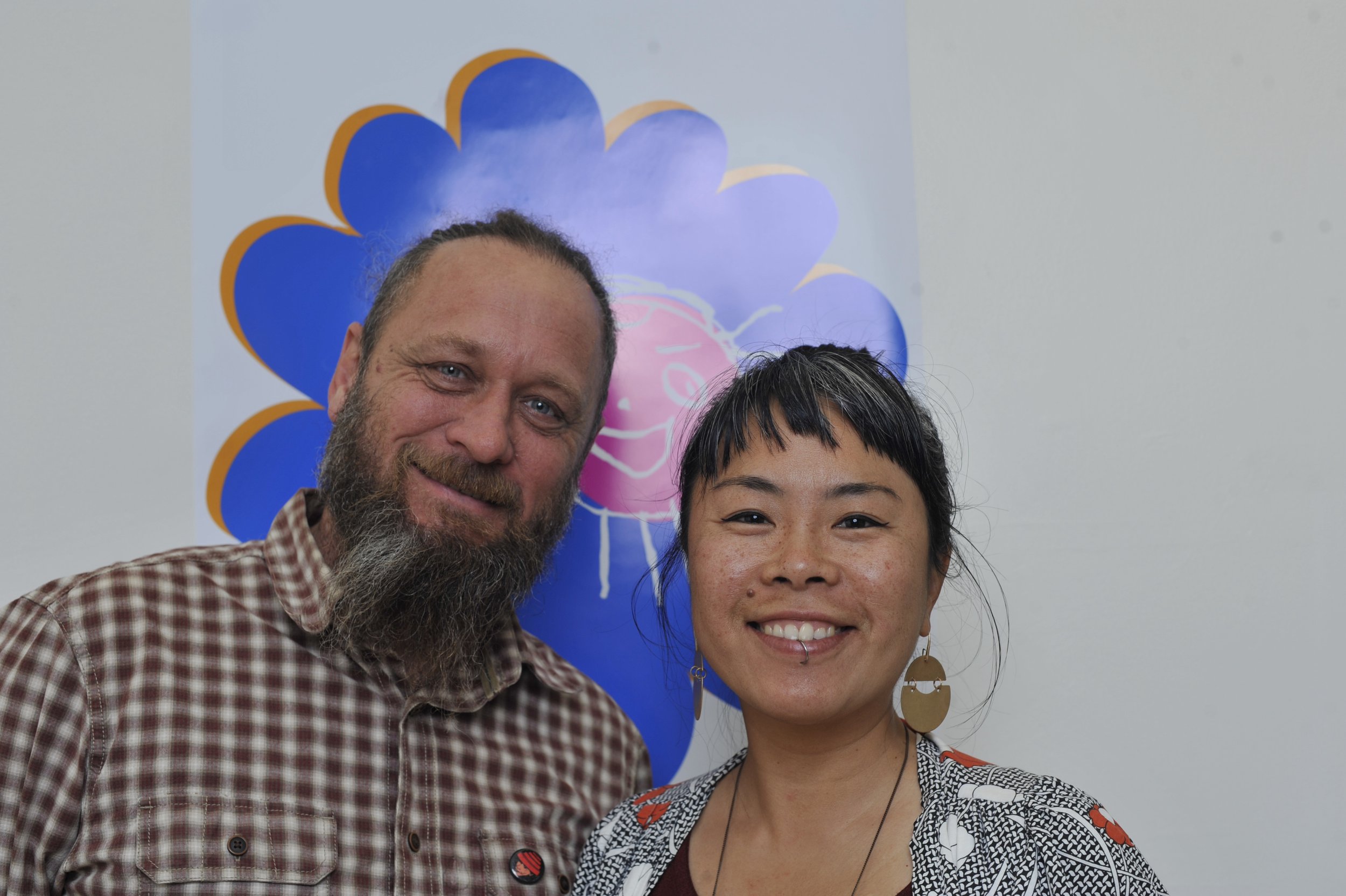
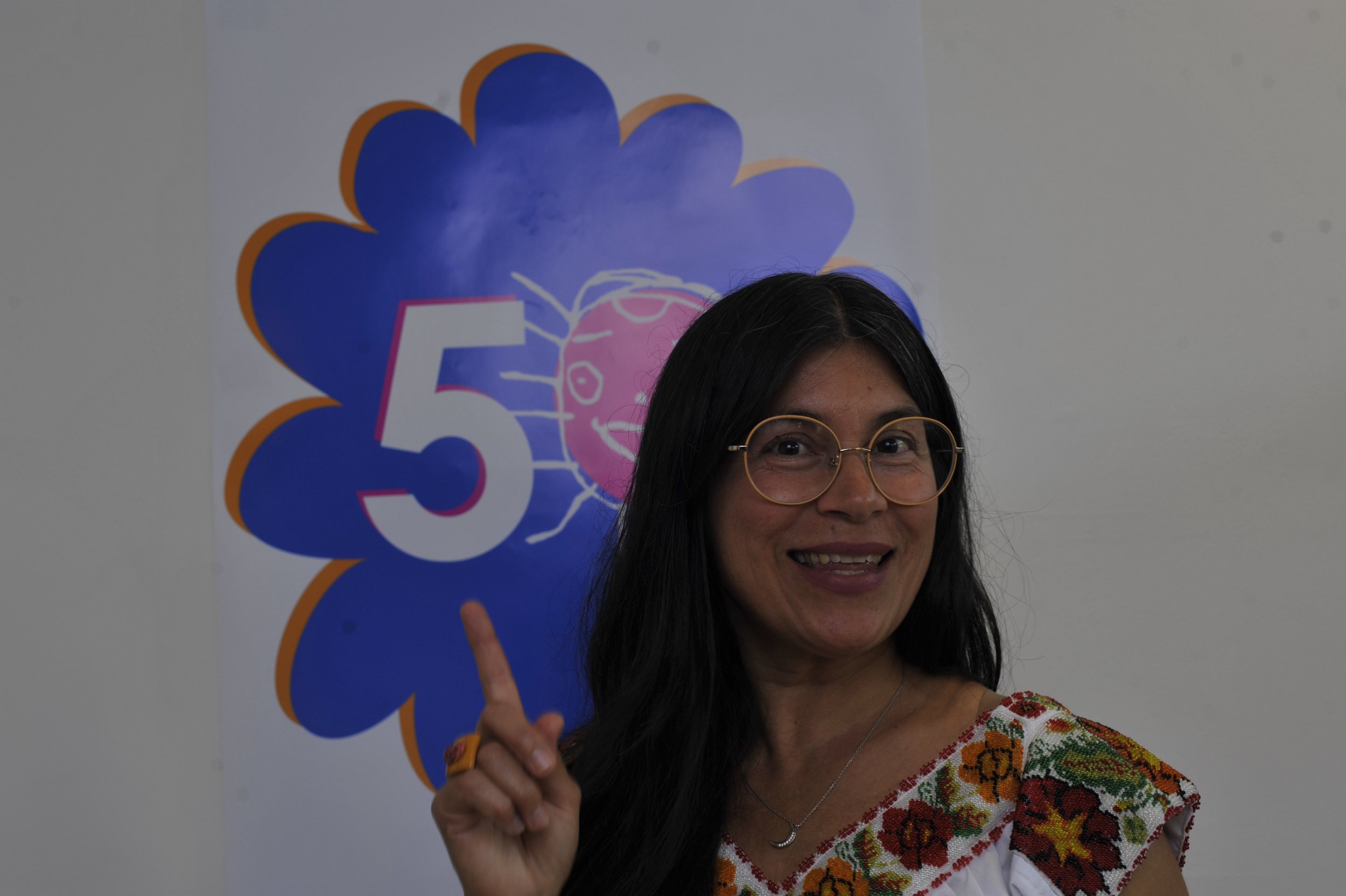
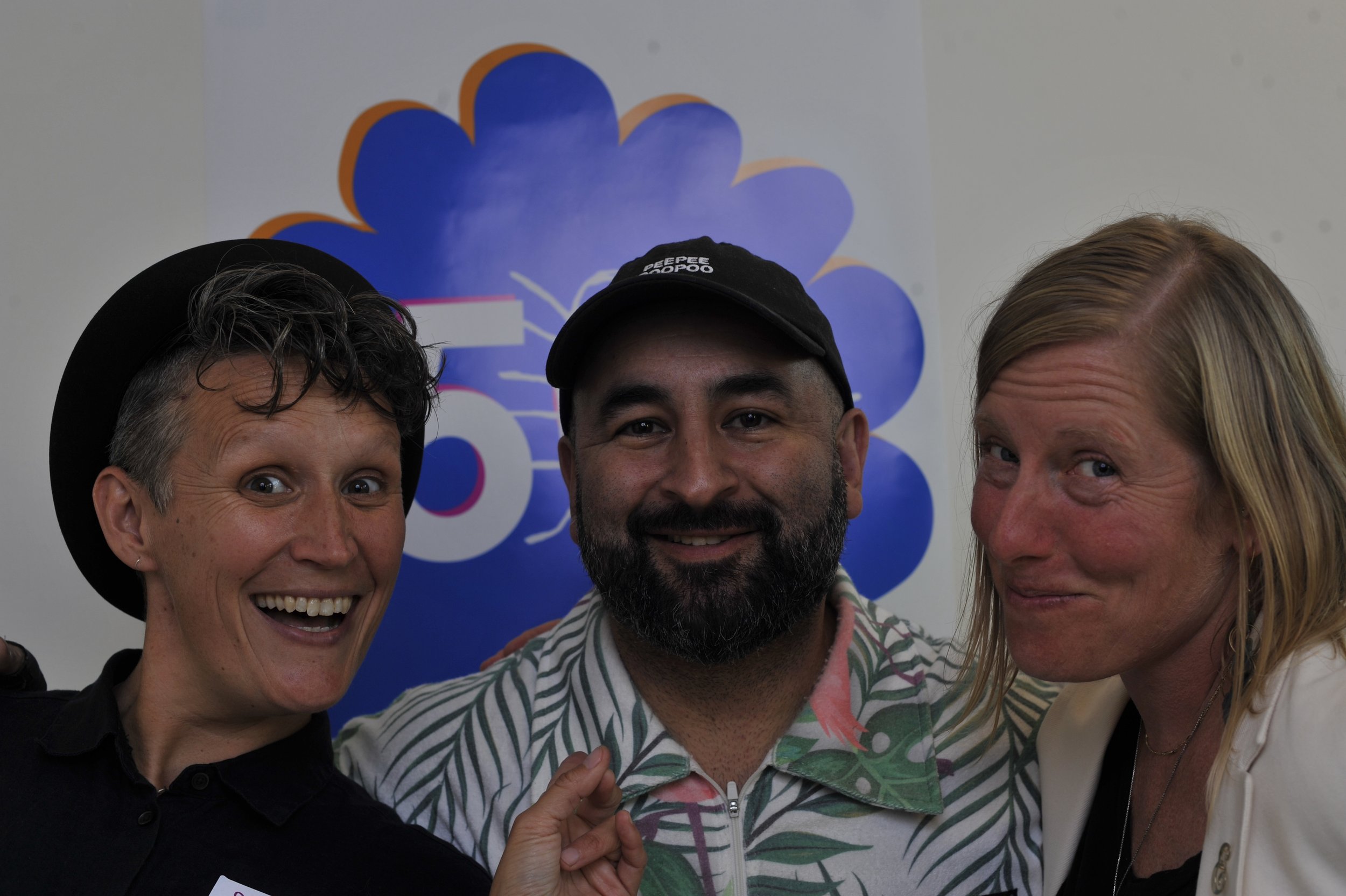
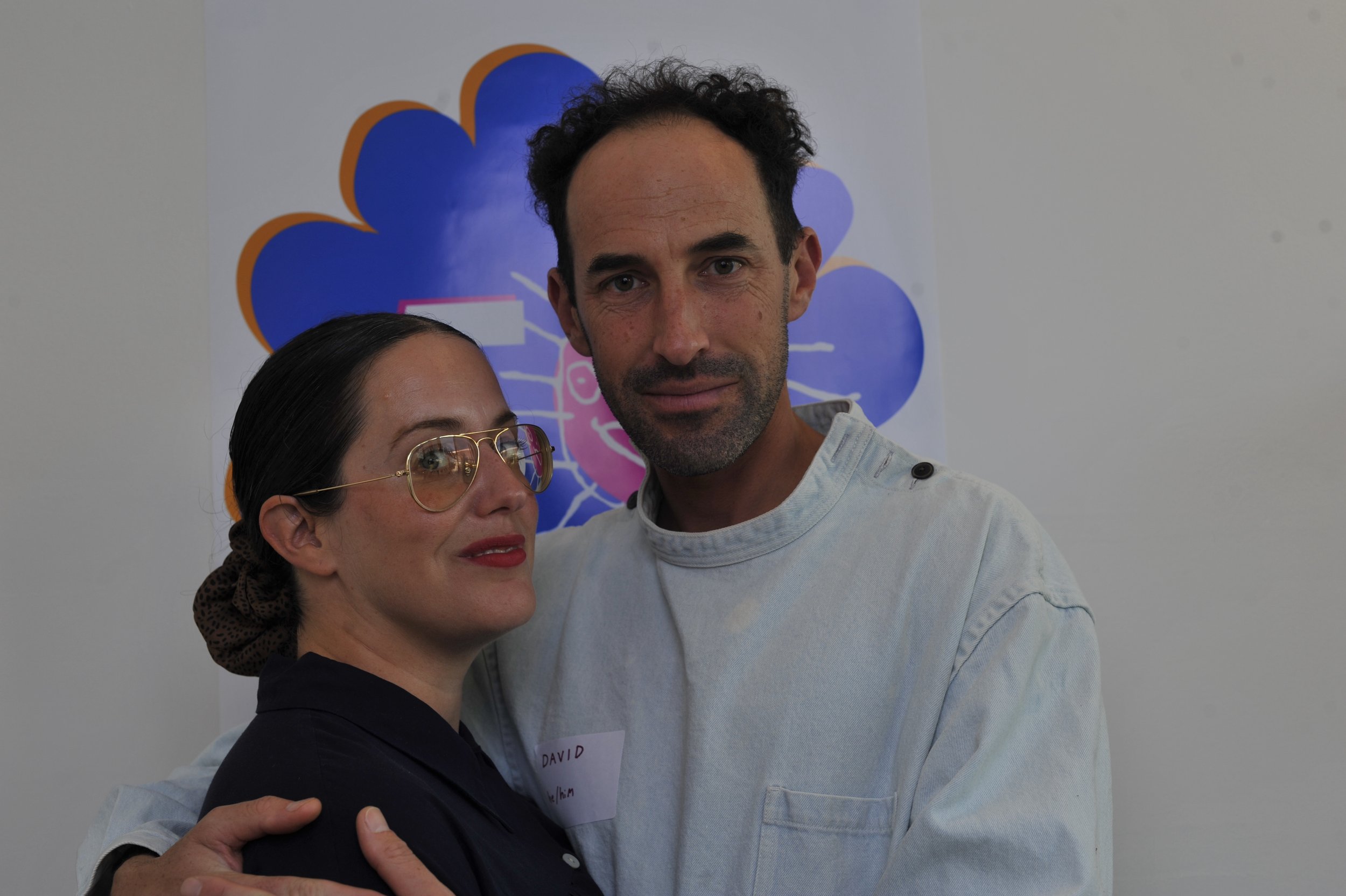
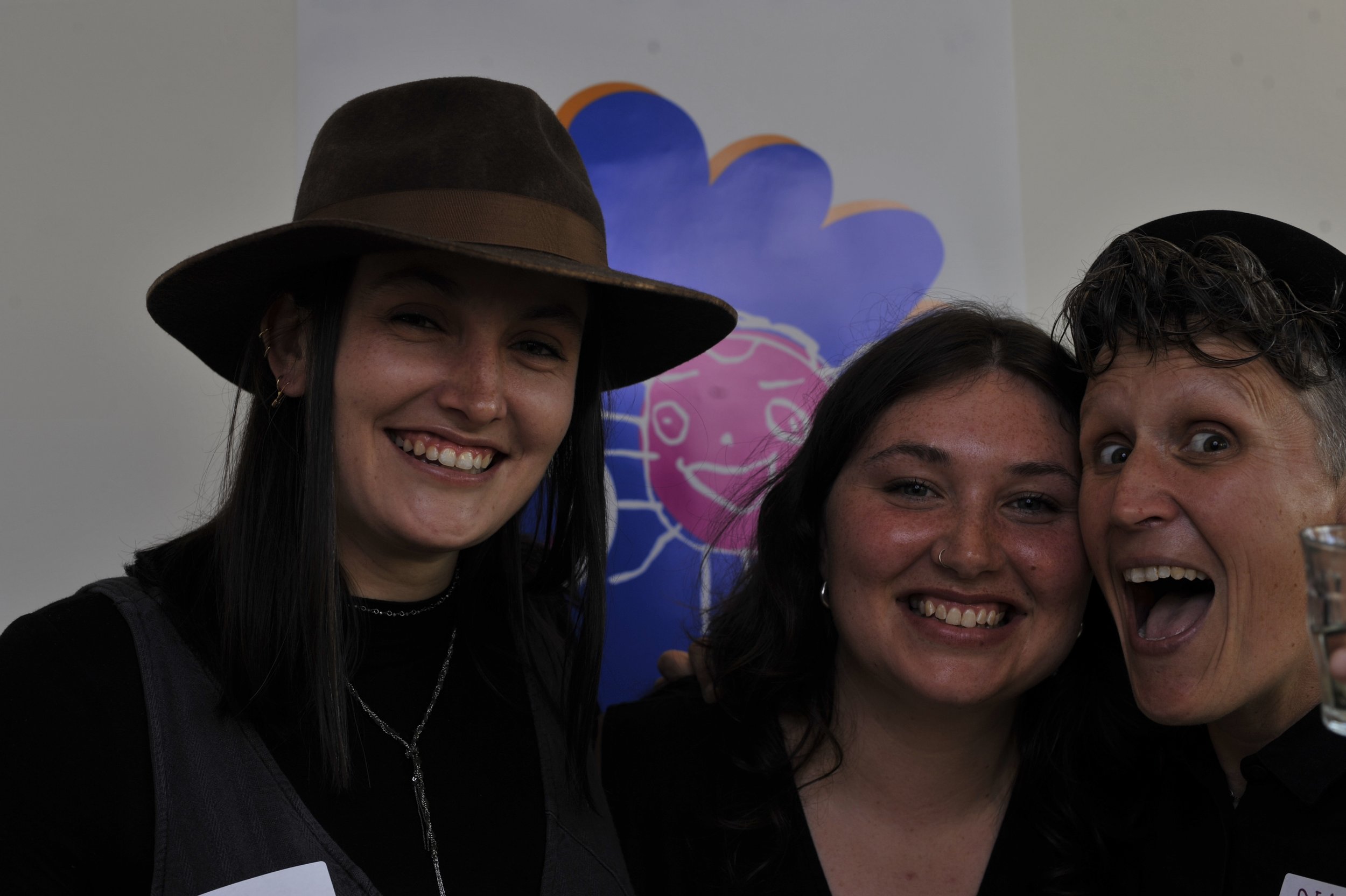
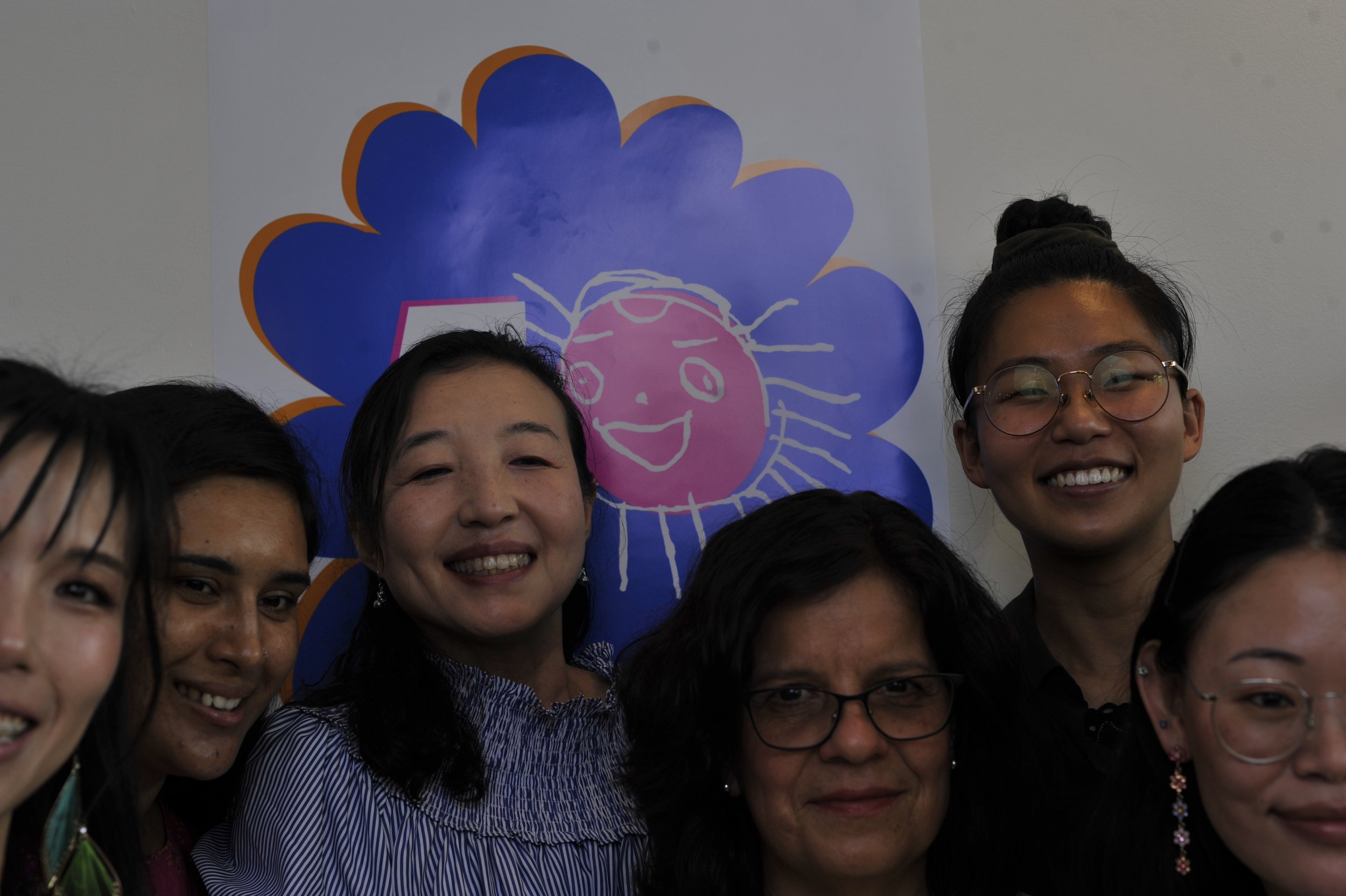
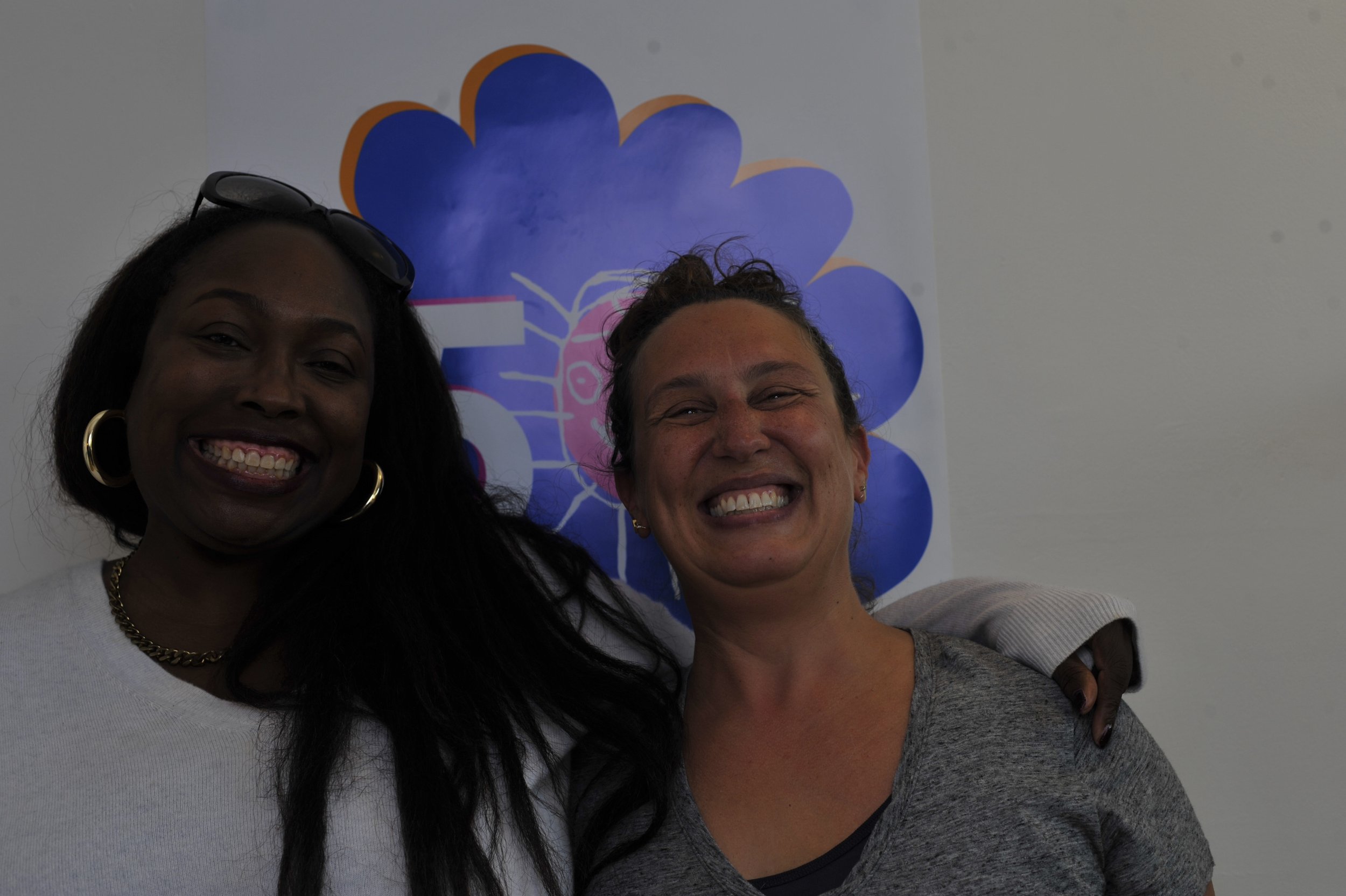
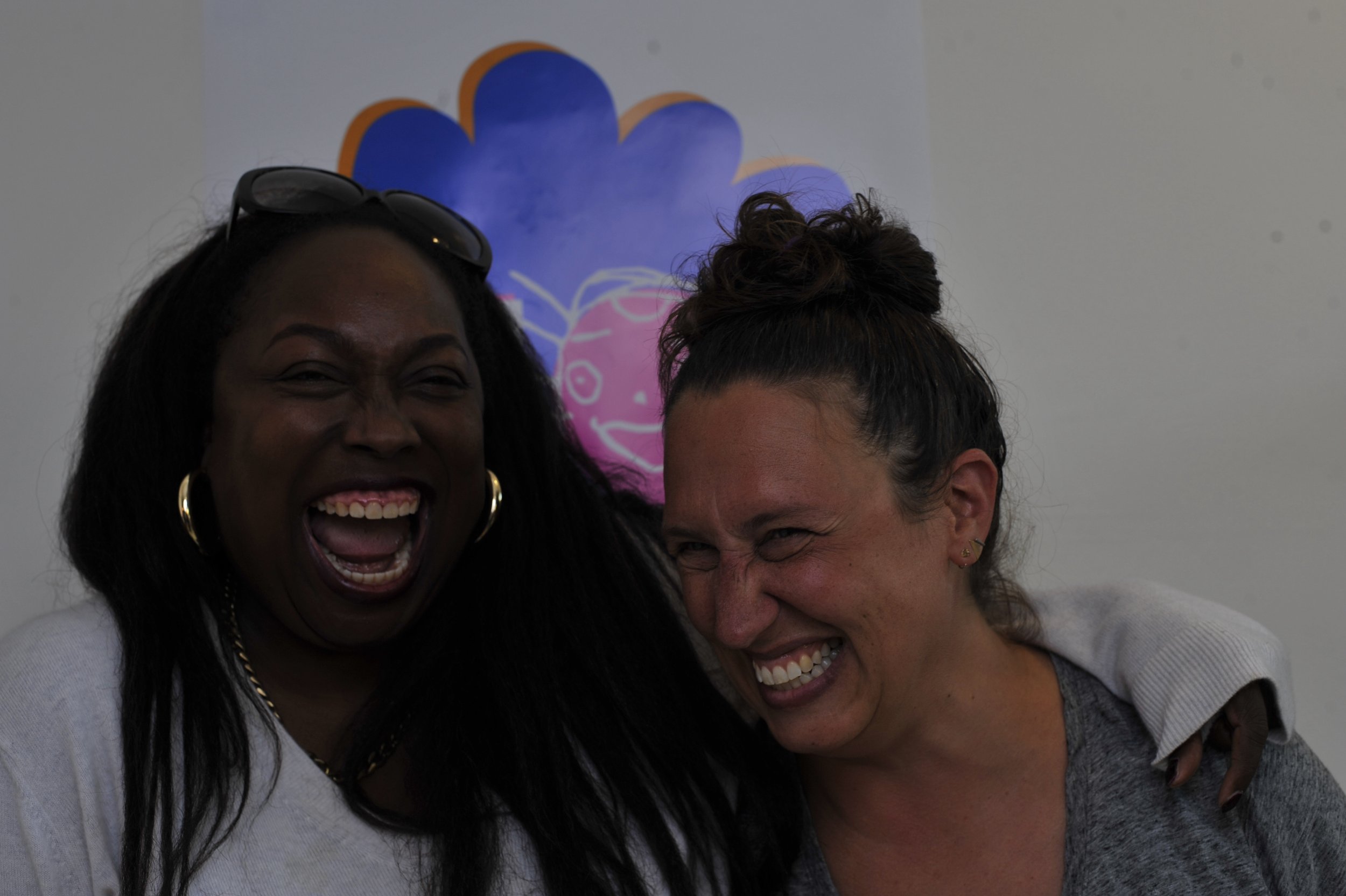
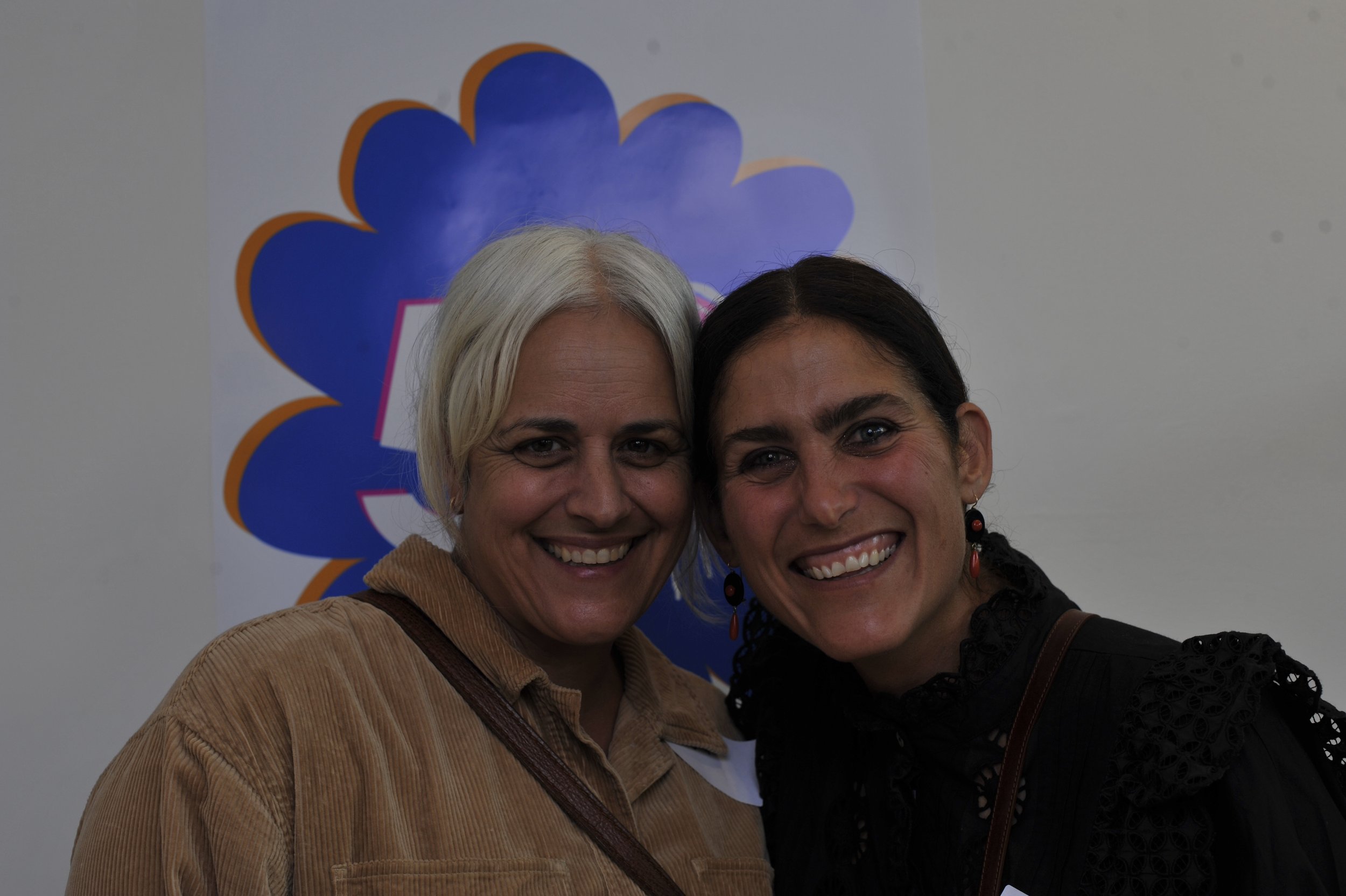
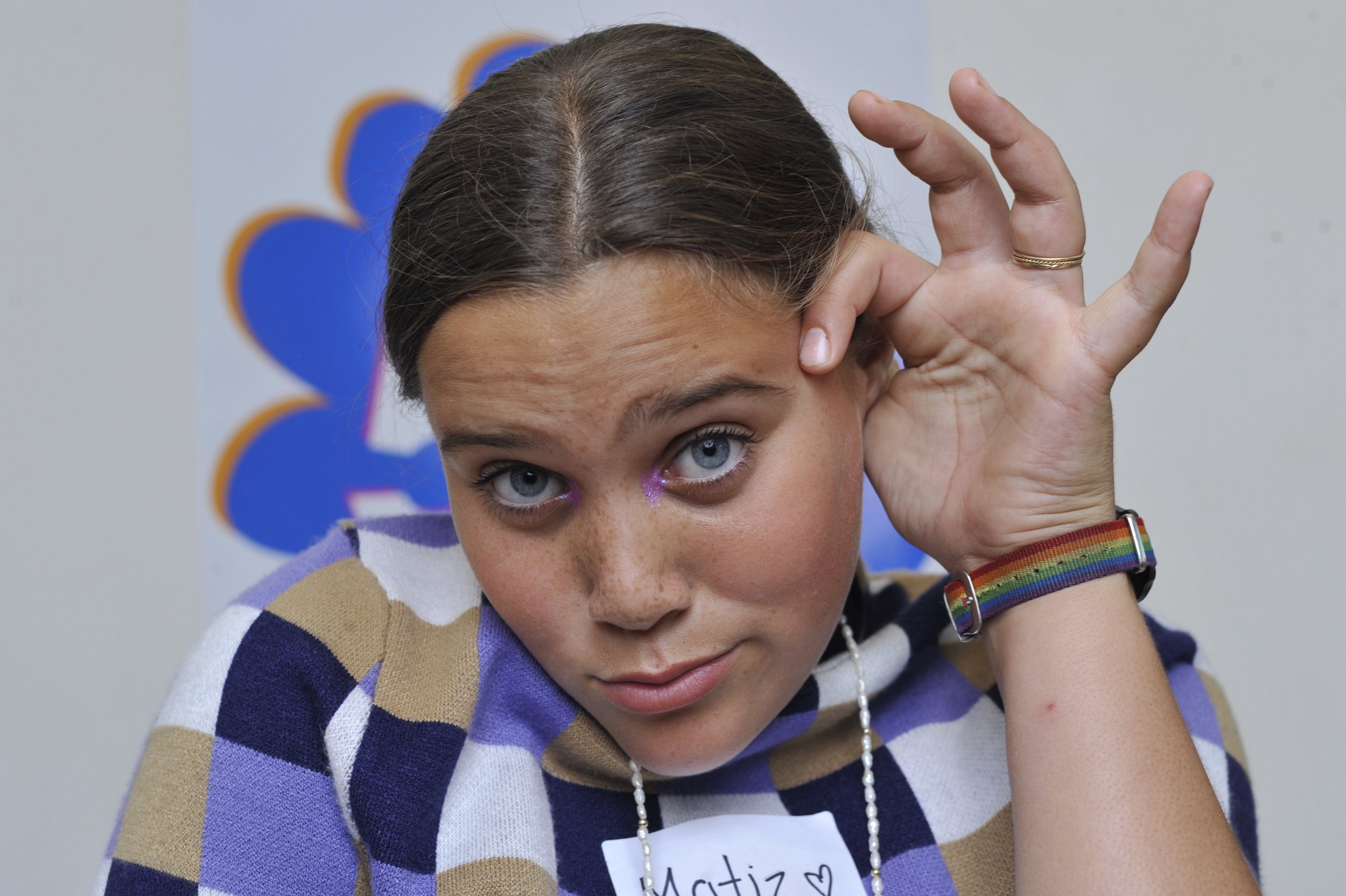
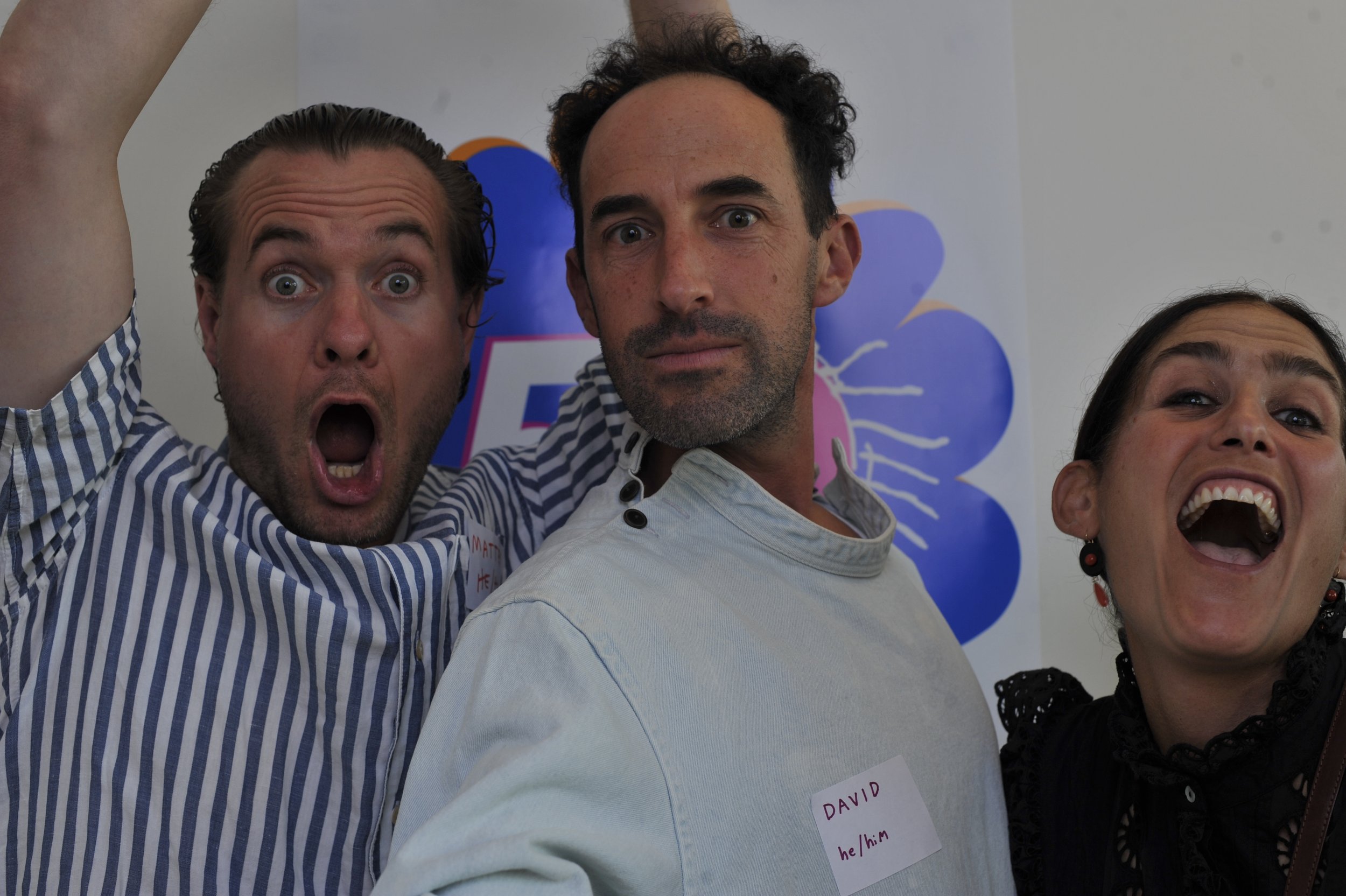
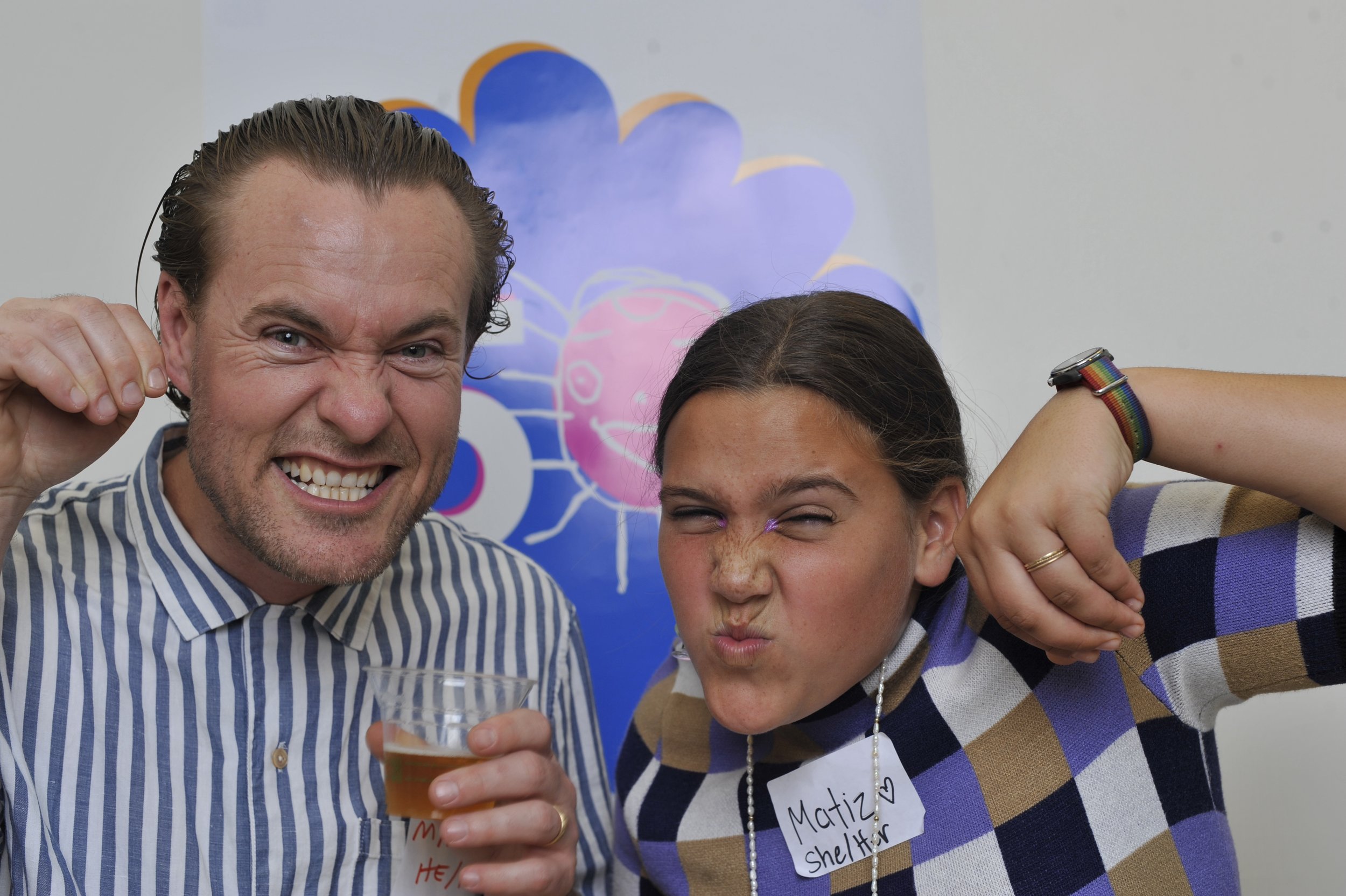
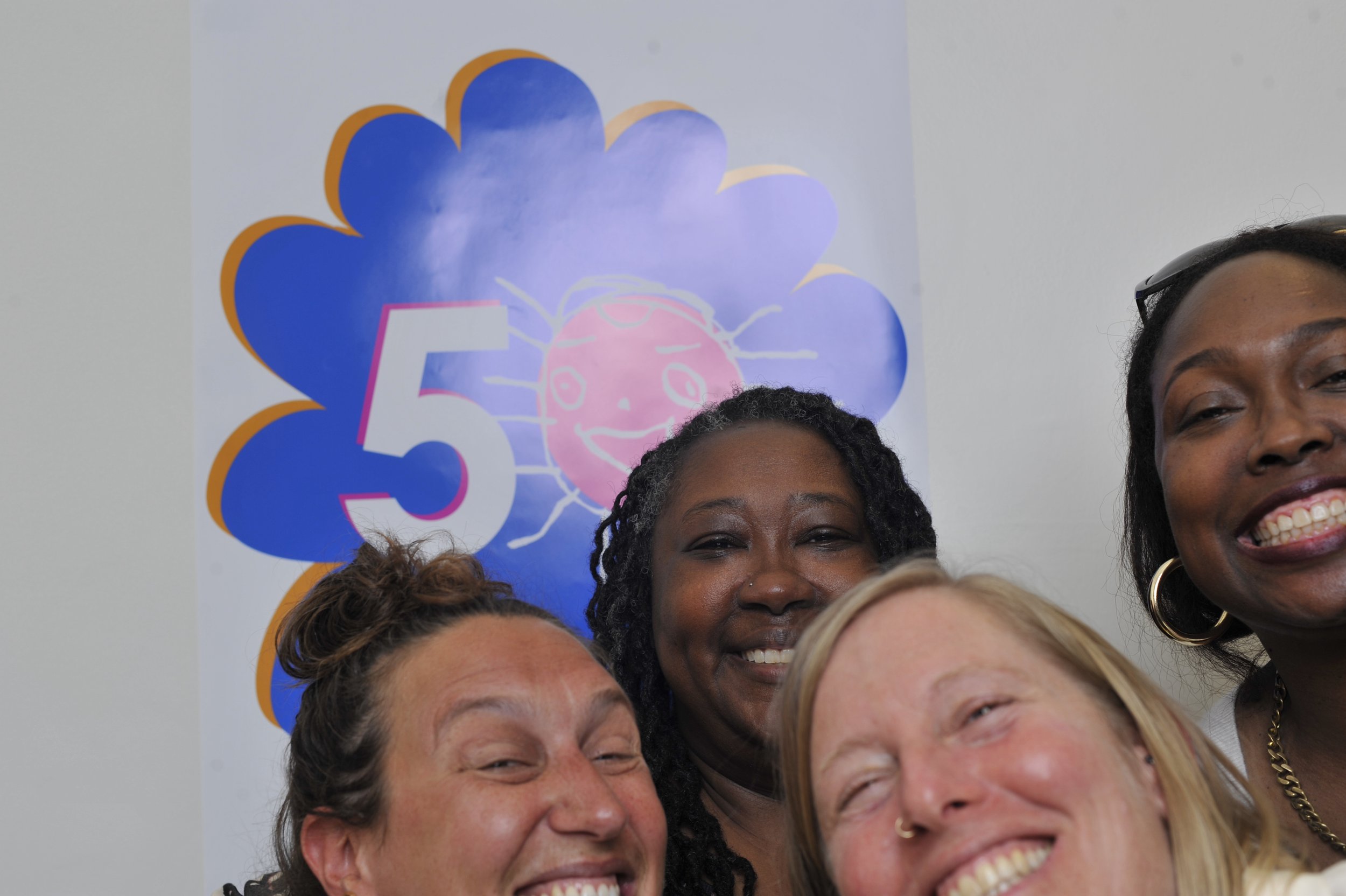
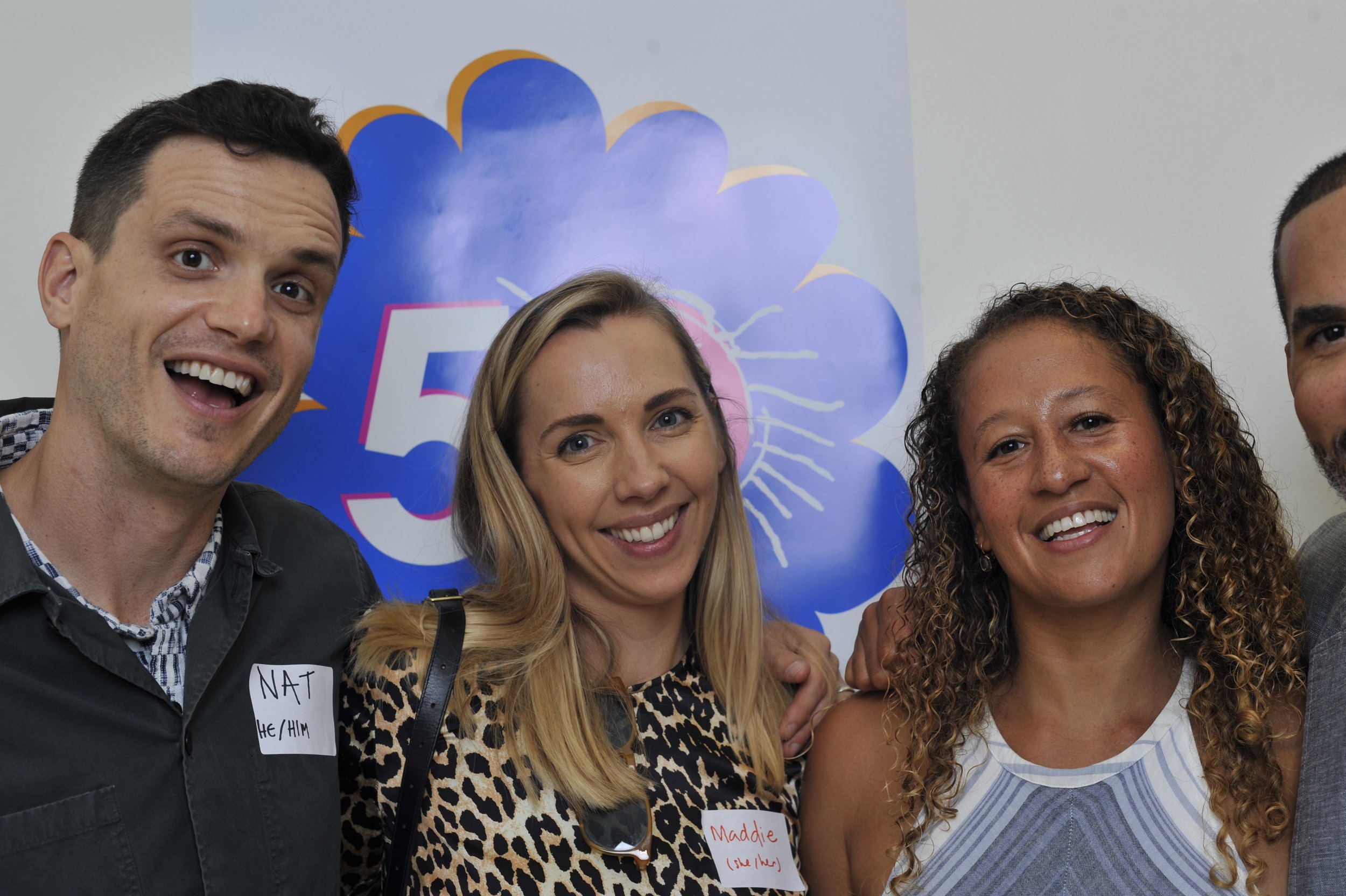
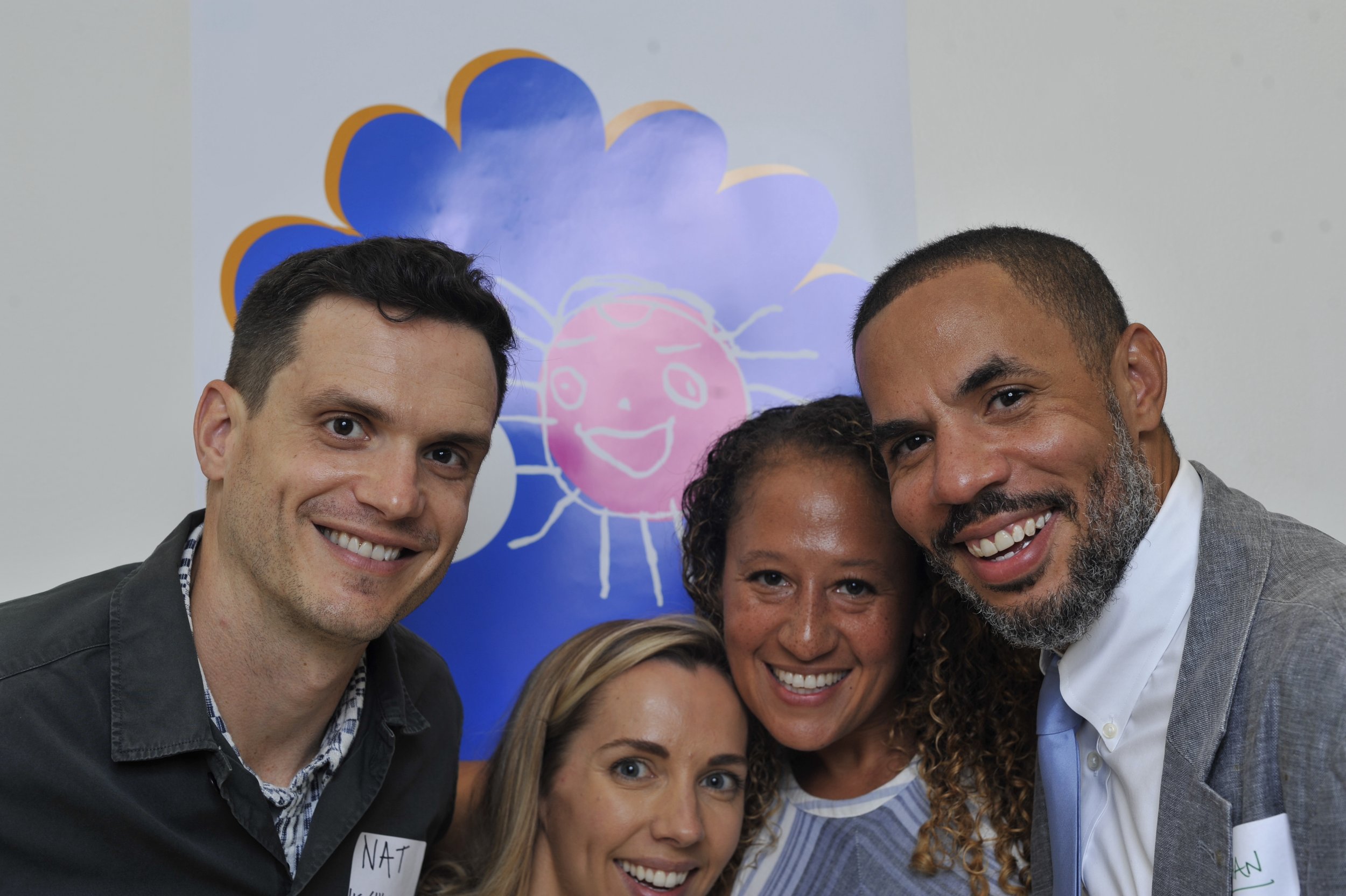
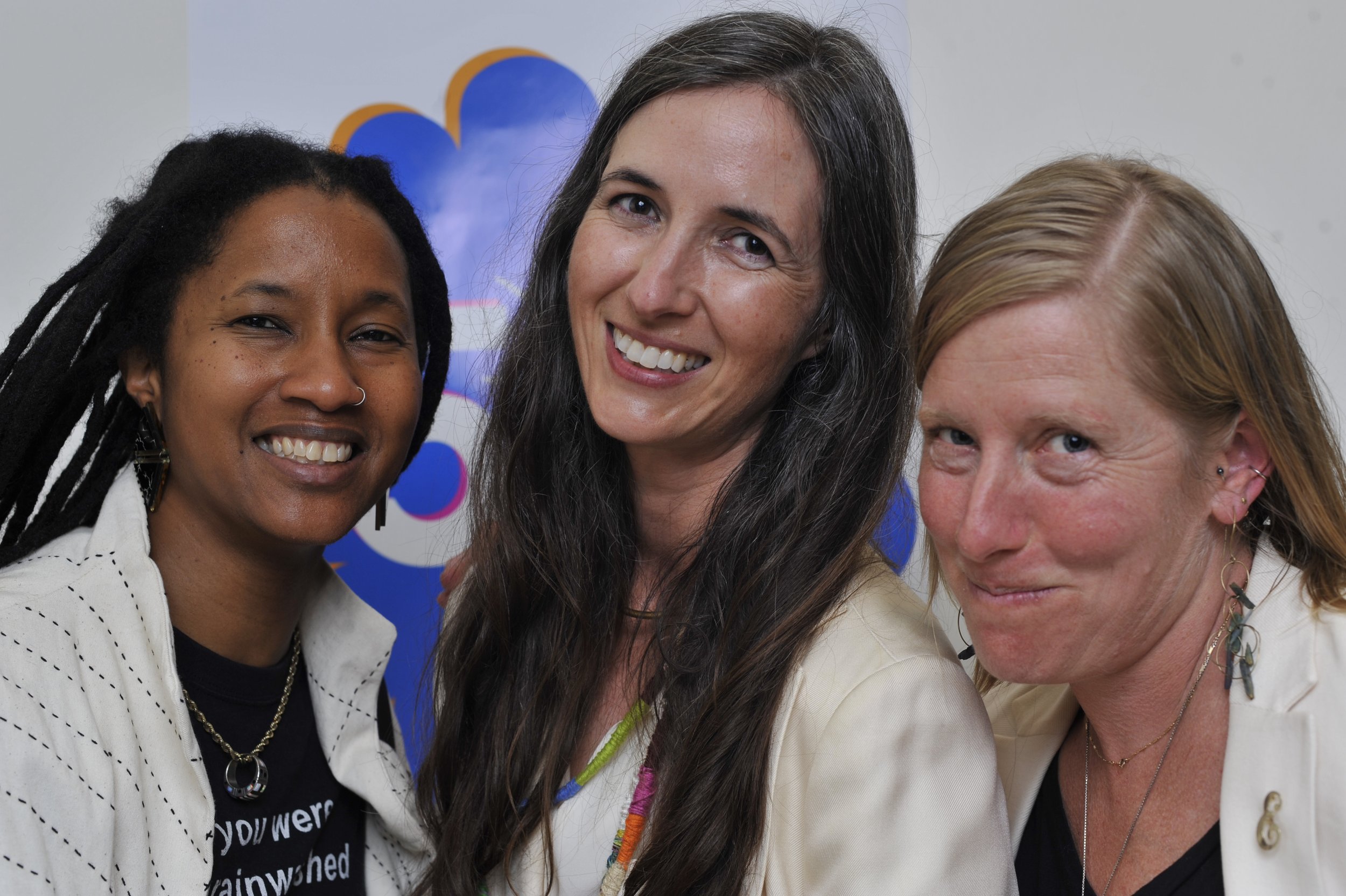
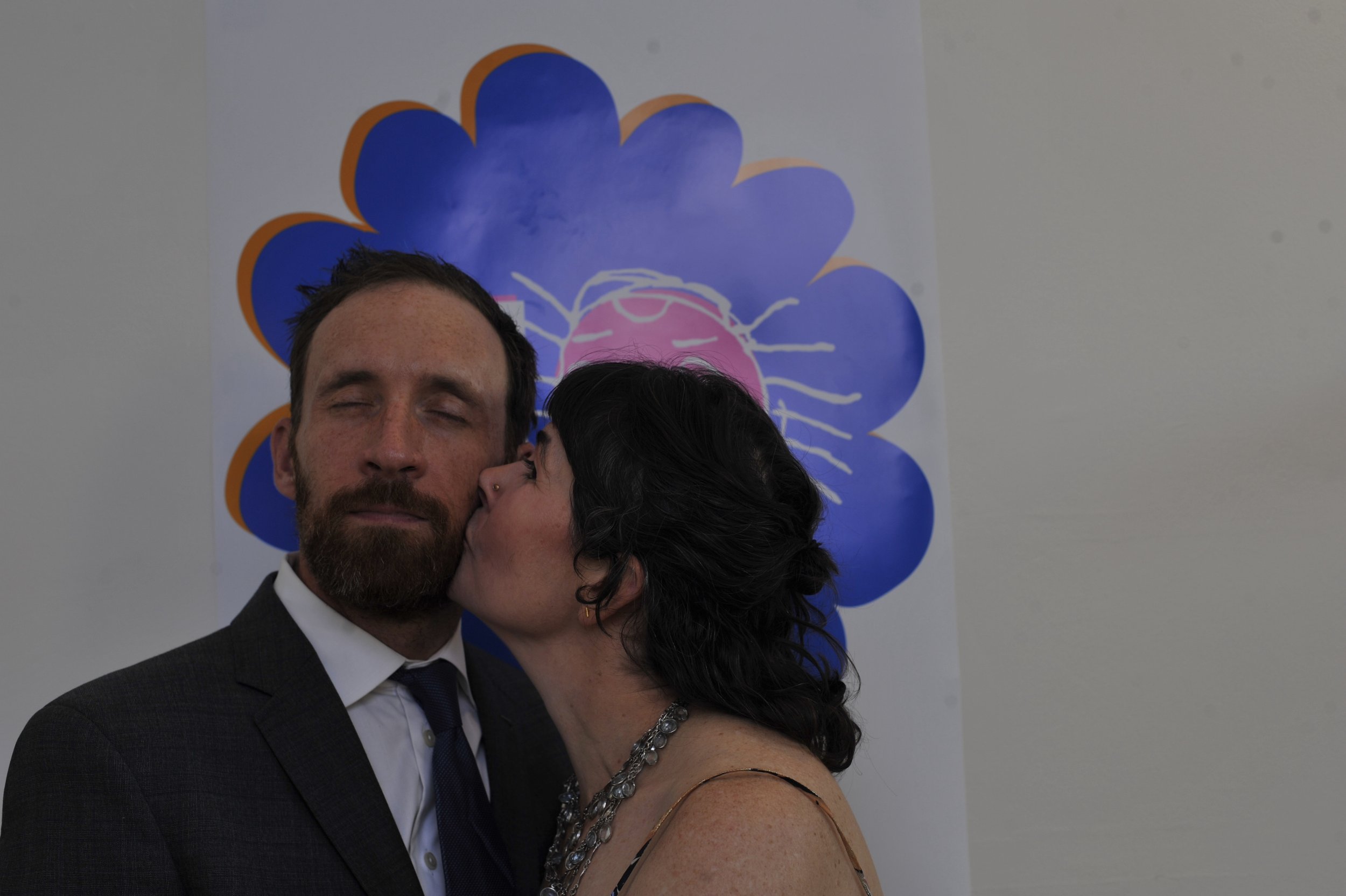
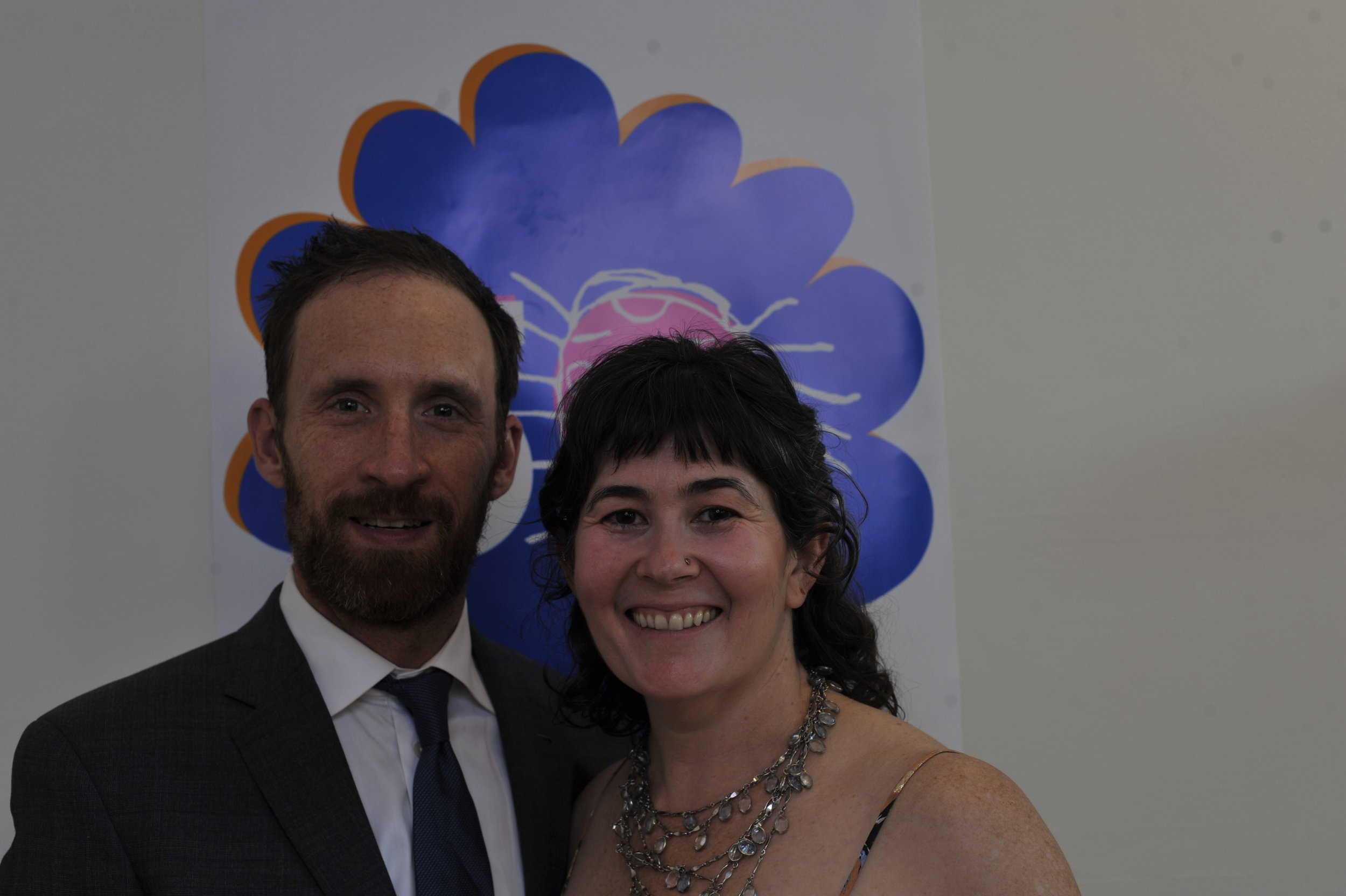

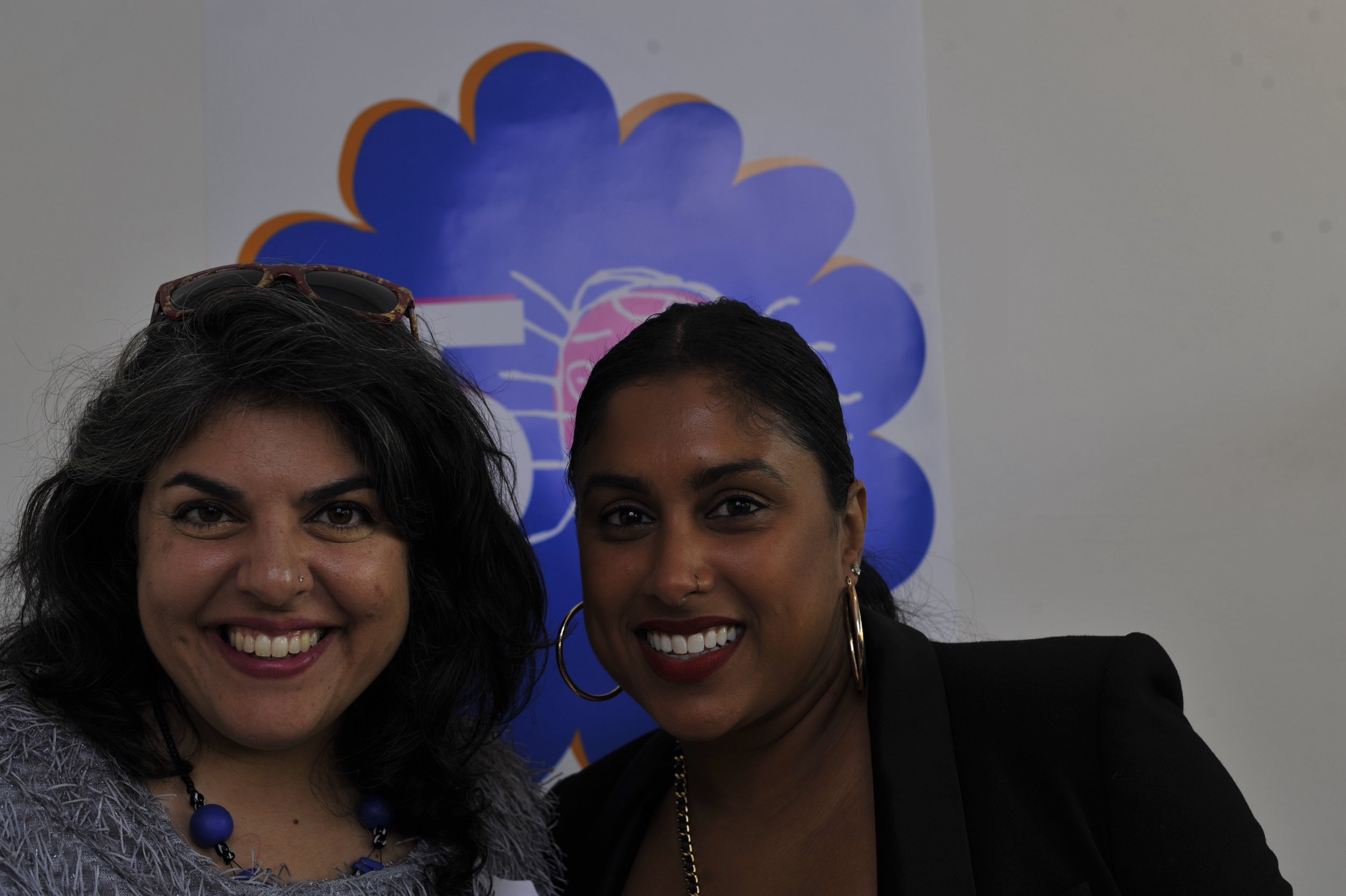
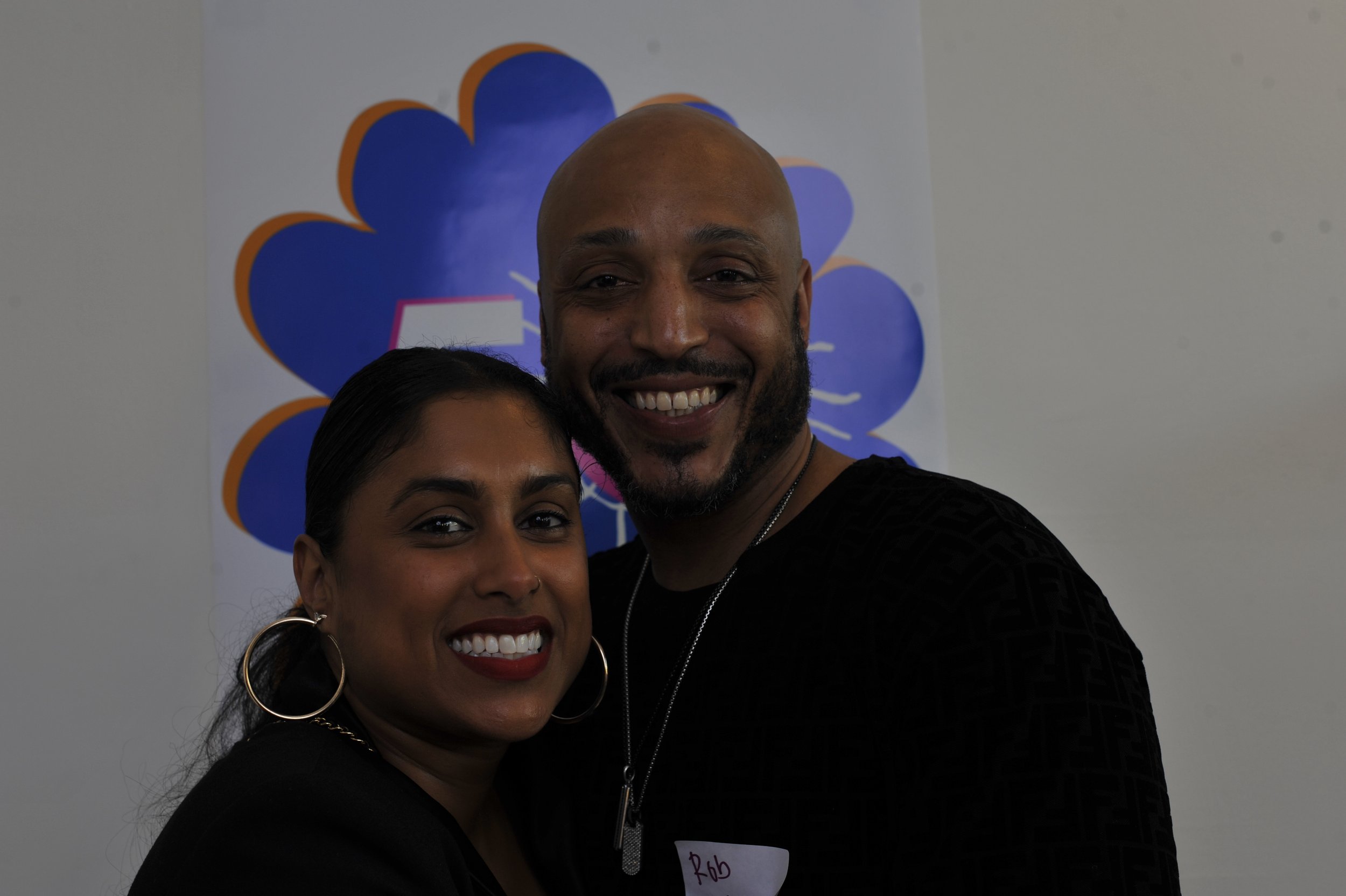
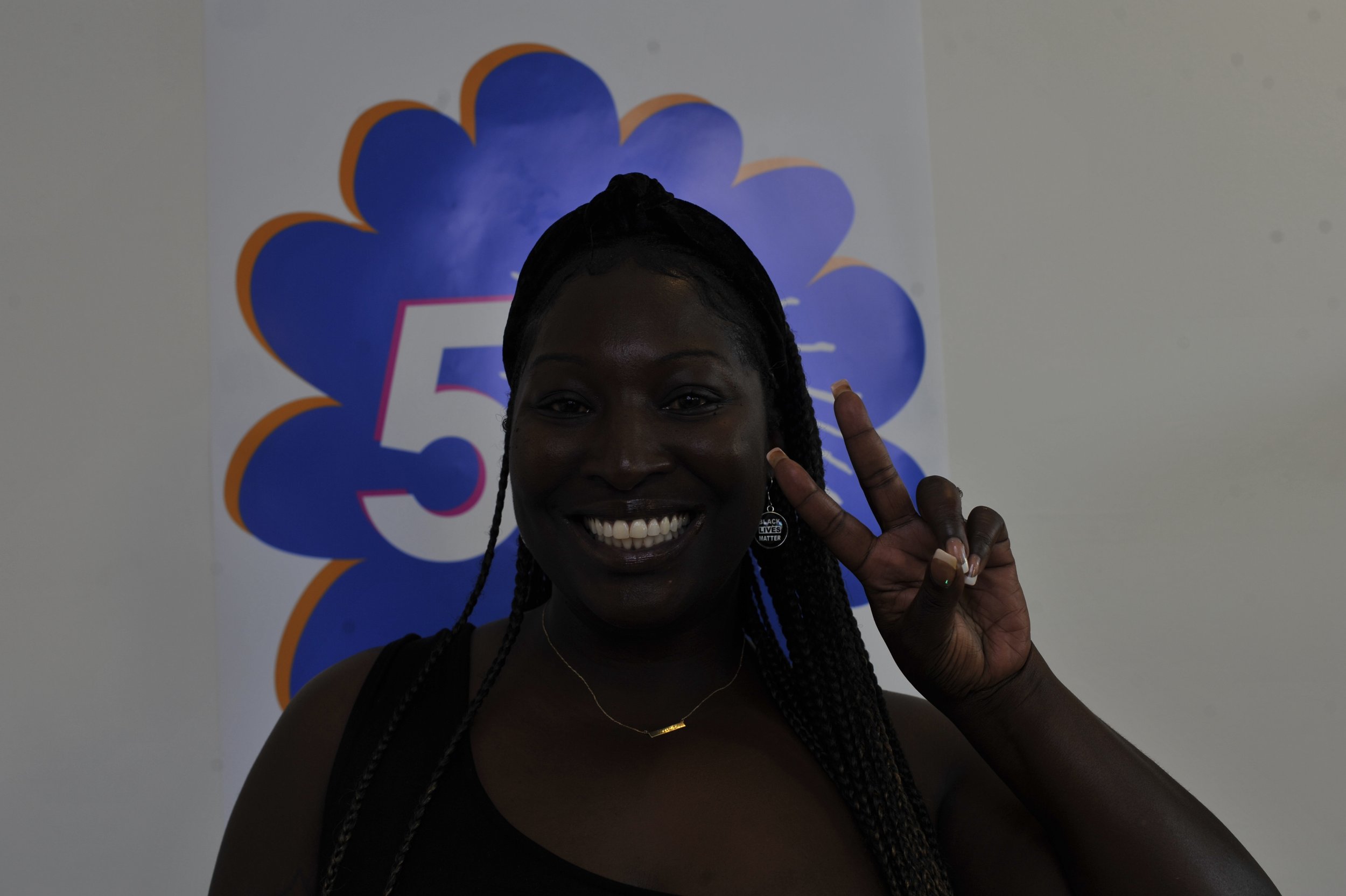
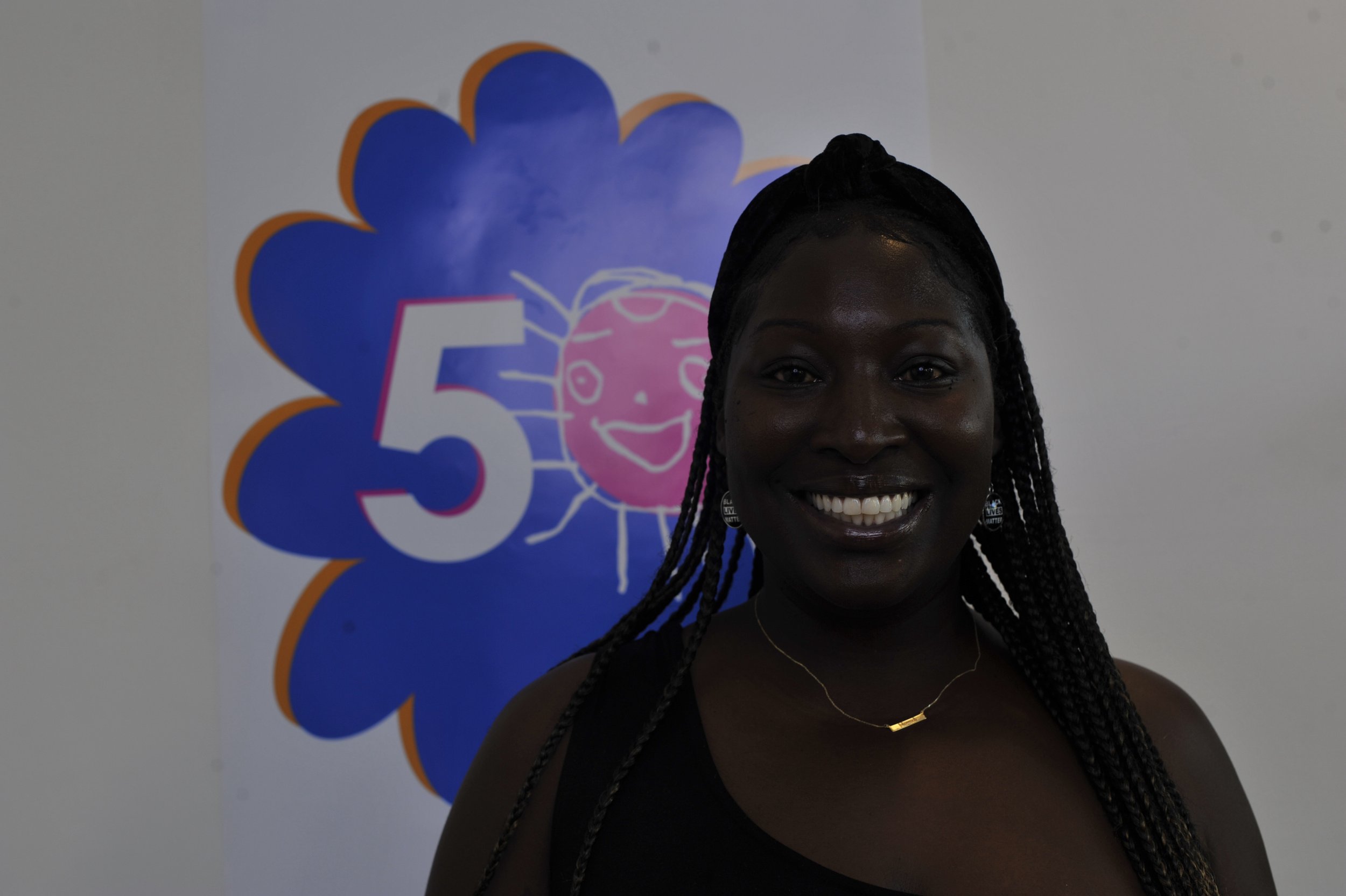
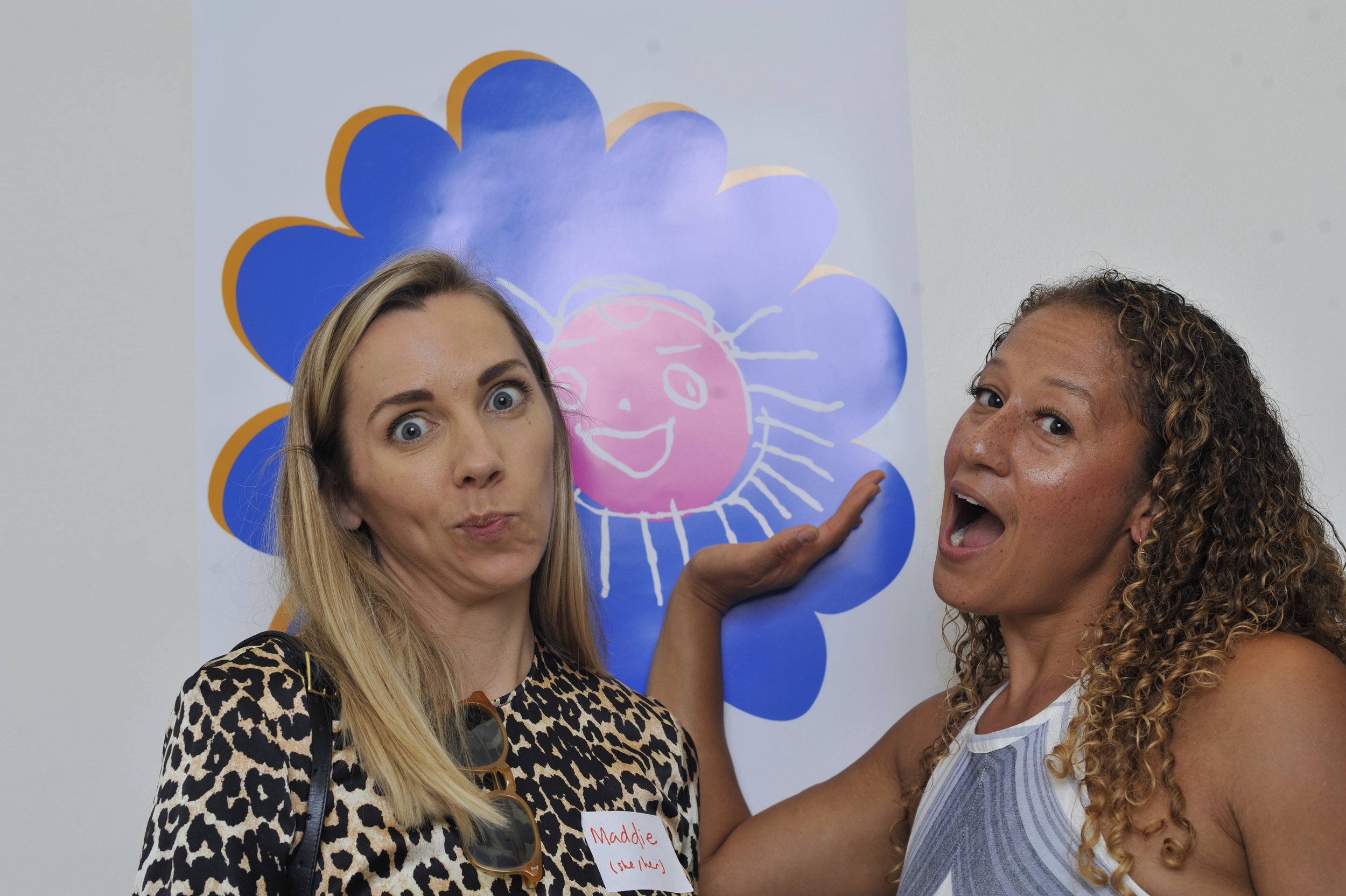
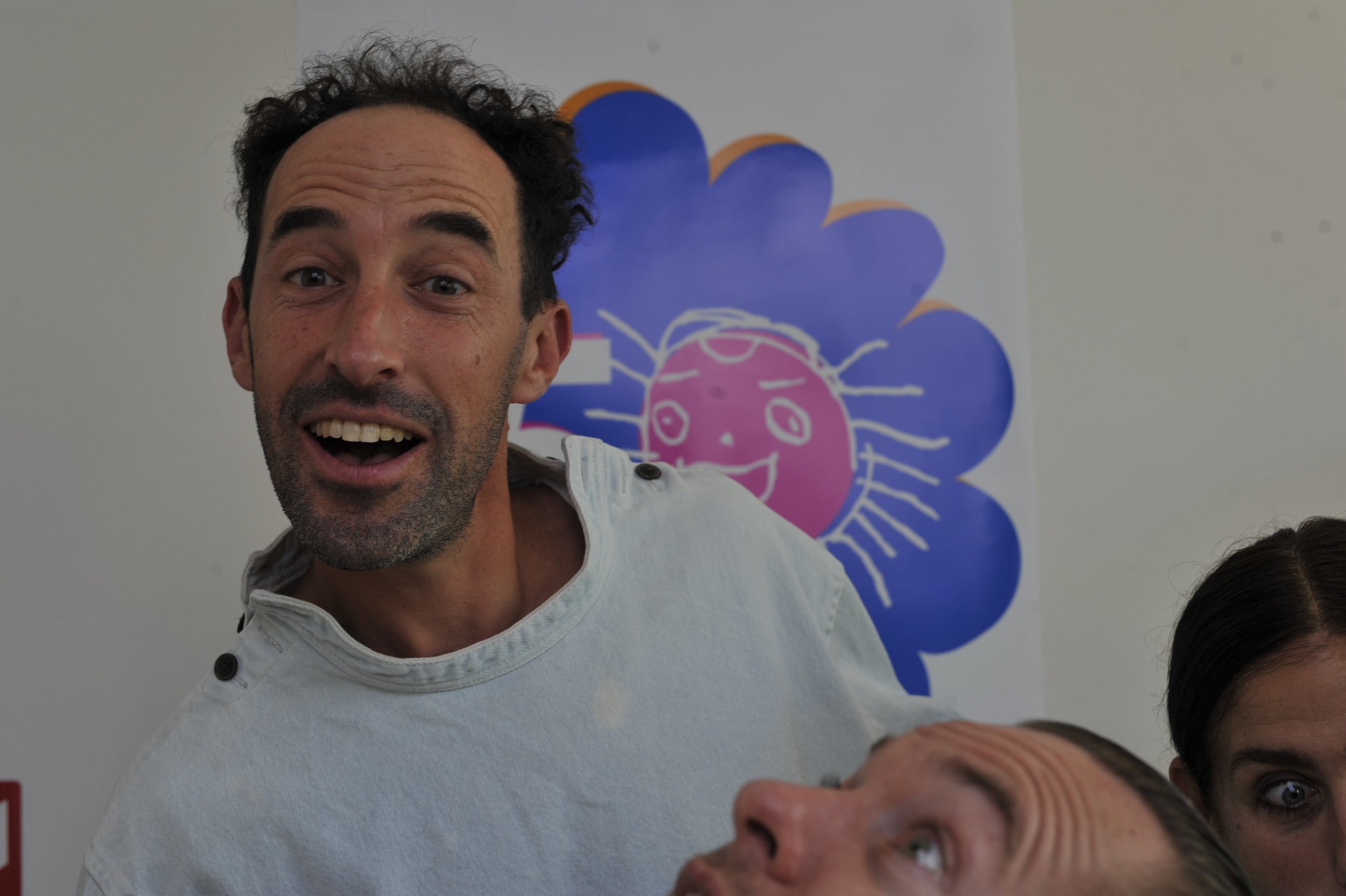
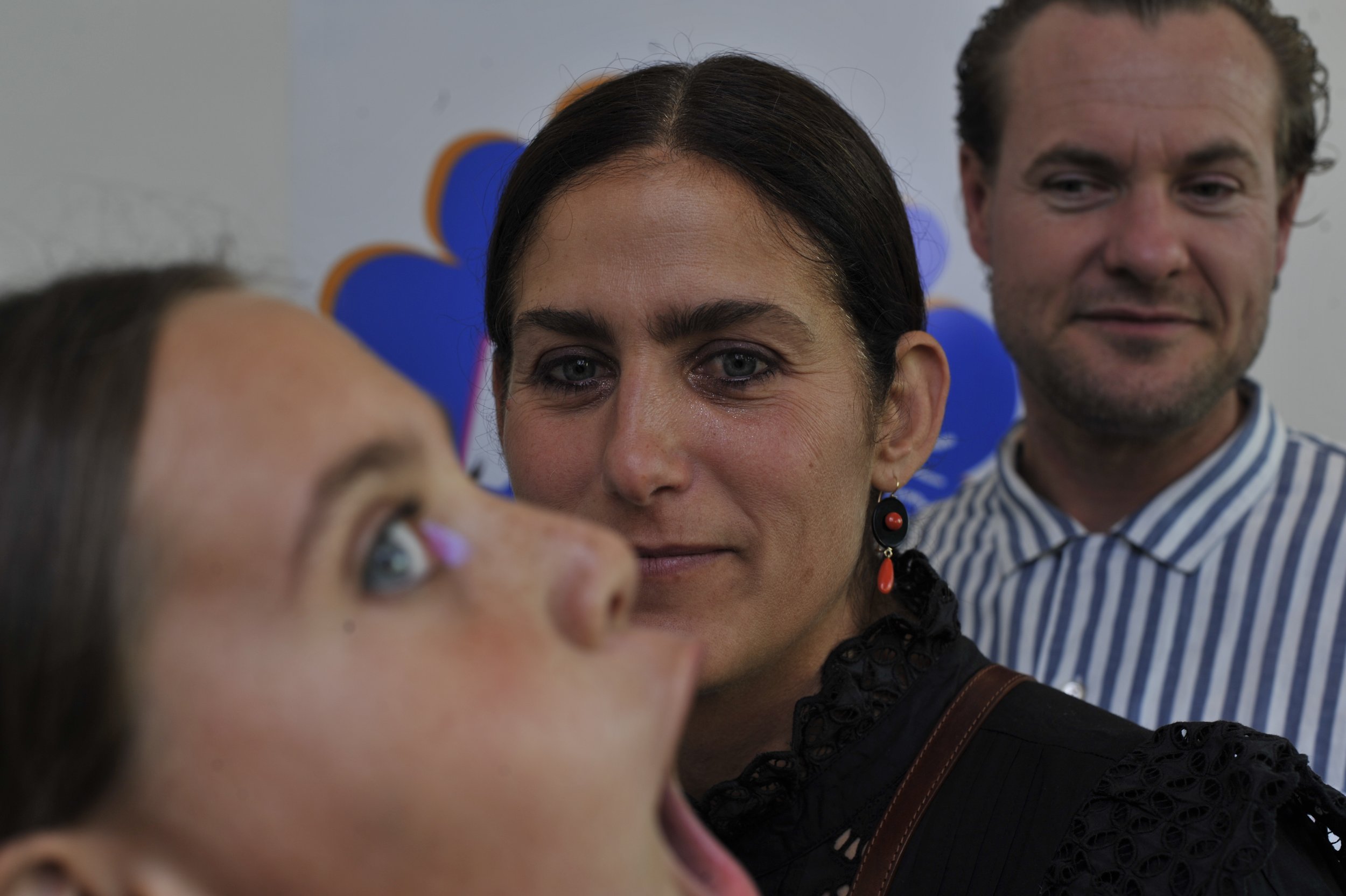

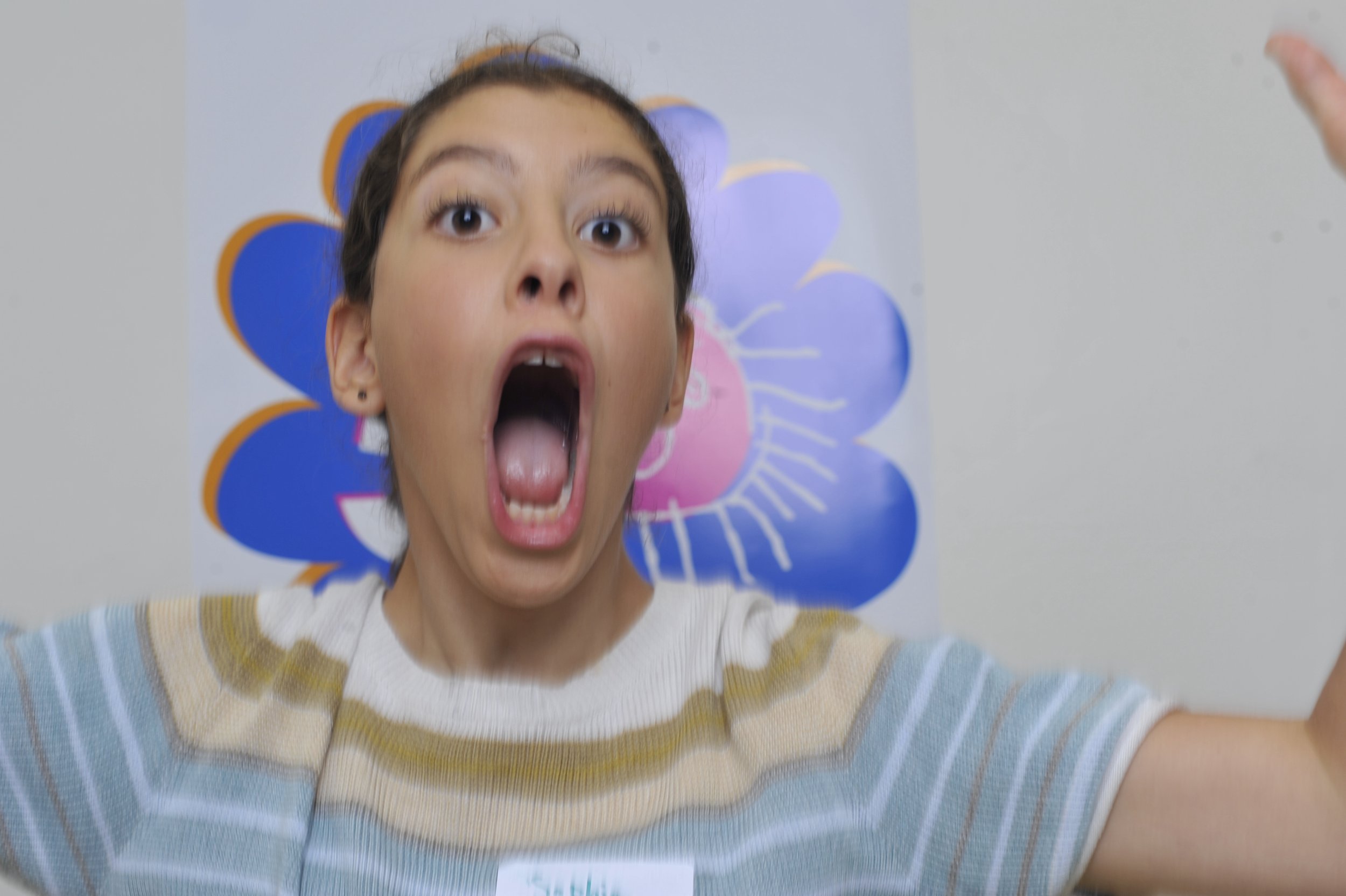
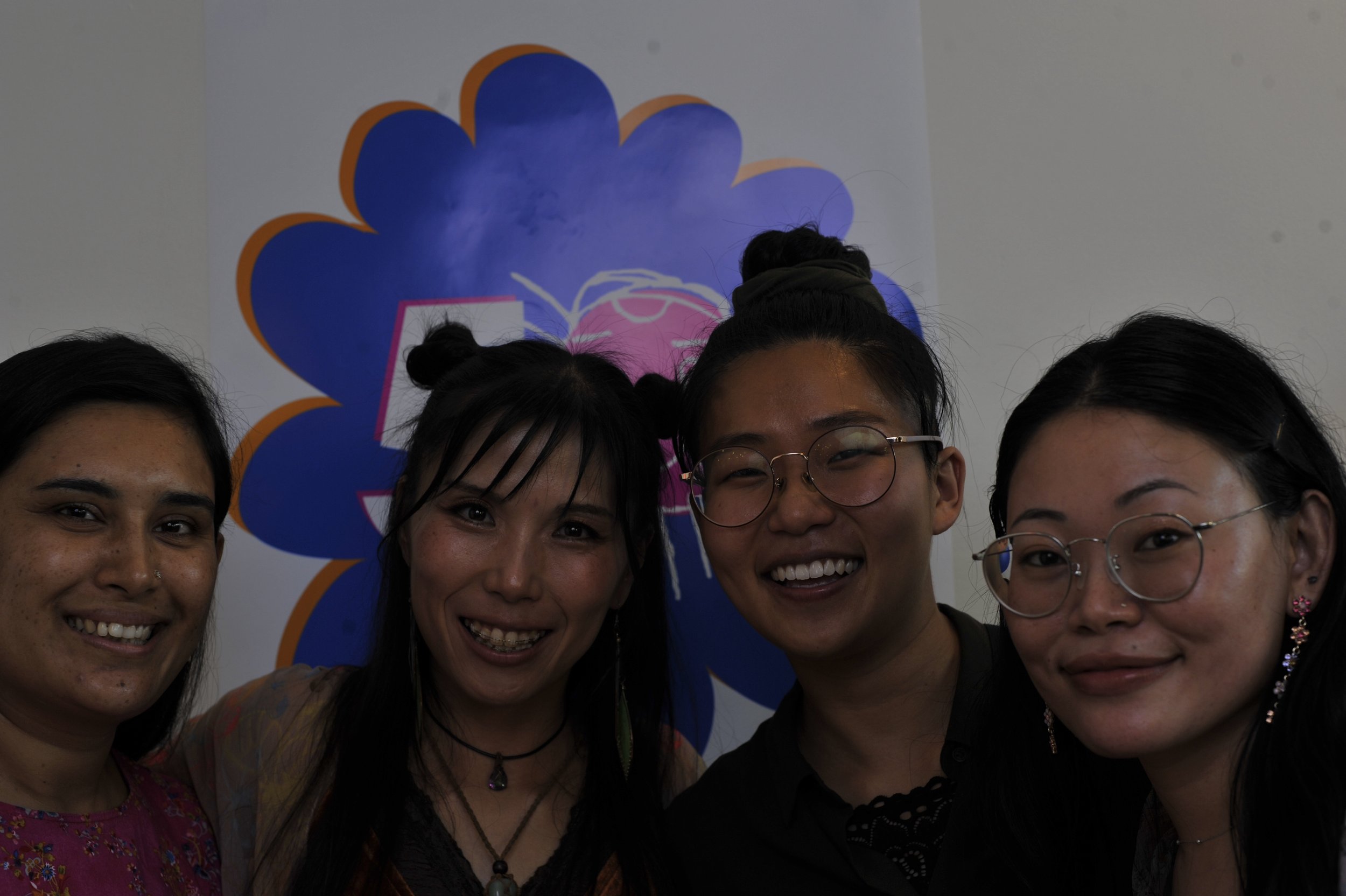

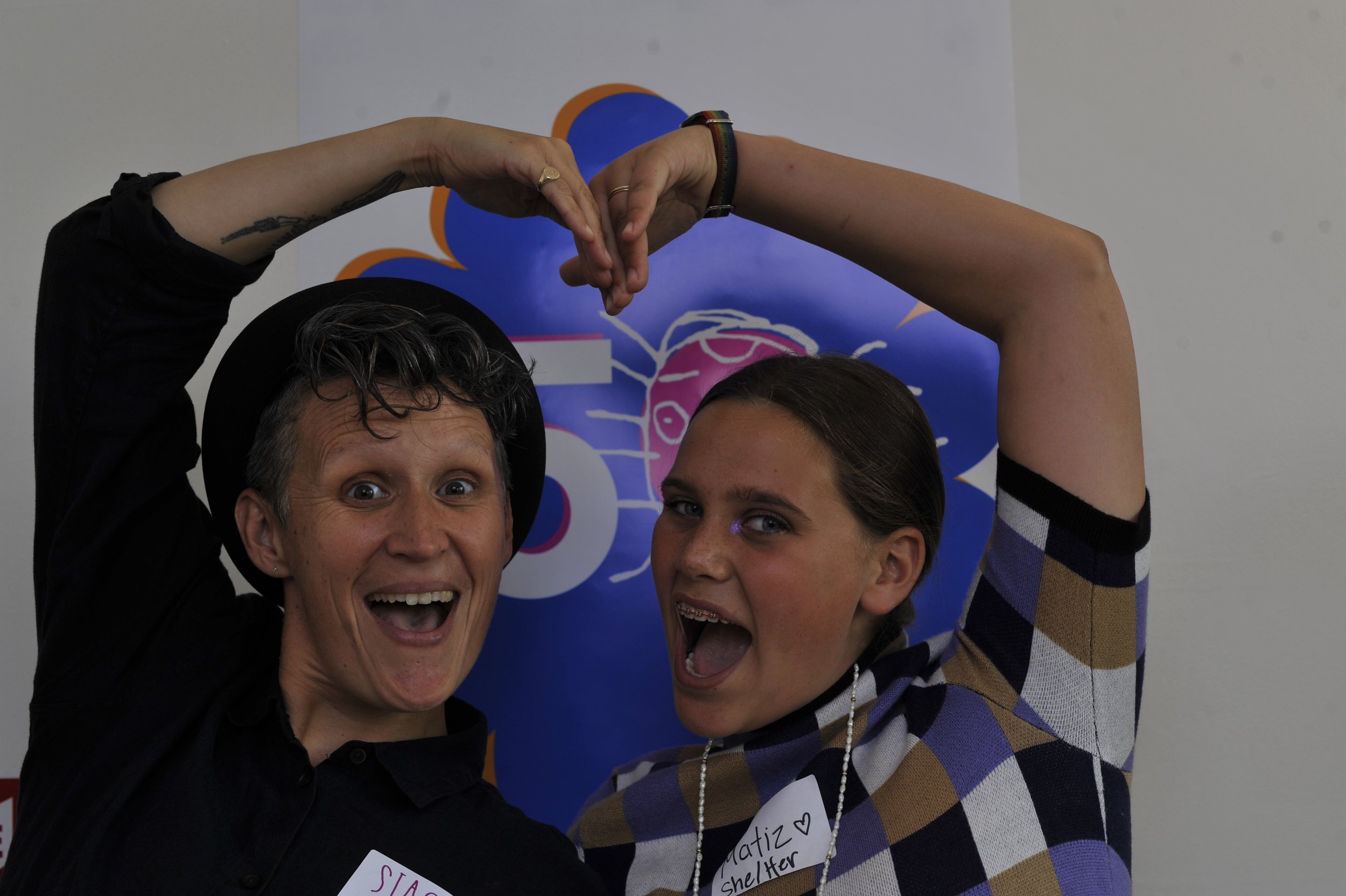


During the month of July, Iris completed the in person portion of her Montessori Assistance to Infancy coursework, and has now returned to Nia House to share her wisdom with all of us. Please read on for an inspiring and thought provoking excerpt from Iris's writing, on the topic of freedom and choice. Thanks to Iris for sharing your thoughts and your research.
Traditional thought broadly understands freedom as independence from outside control. Dr. Montessori's theory complicates this understanding and defines freedom, or liberty, as a process of gaining independence through experiences. Freedom is not a point of arrival but rather a process that begins at birth and continues throughout our lives. Freedom operates under three main characteristics. First, to gain freedom, an individual must have an awareness of their choices. A child is able to choose, with freedom, between two materials only when they have the knowledge behind the work. For example, the child is able to practice their freedom through decision-making when they understand the difference between a handwashing work versus a plant watering work. Second, freedom operates from reason and within limits. Lastly, freedom with responsibility assists in self-construction. Freedom provides the opportunity for choice, and decision-making simultaneously empowers the decision-maker and creates a responsibility for the choice.
License and liberty are at times used interchangeably, but in reality, the two concepts are entirely different. In contrast to freedom, license is the ability to do whatever one wants whenever one wants. Rather than knowledge and choice, impulse and curiosity guide license with a complete lack of consequence and responsibility. License ultimately aids in the process of self-destruction. Every experience in life holds a set of ground rules and natural consequences; thus, license without limits does not prepare individuals for reality. The Montessori environment can mimic reality and prepare the child by allowing for informed freedom with limits that are consistent.

Every year, Dashiell returns to Nia House to play the violin for his Nia House friends. This is a special treat for everyone, especially his teachers (Happy Birthday Cinnamon!) who have seen him grow over the years. Dashiell patiently answered children’s questions- “how do you make it do high sounds and low sounds?” “what is that stick that you use called?” and “why do you like to play the violin?”
Dashiell is off to high school next year! We are incredibly proud to be a part of Dahsiell’s life and love experiencing his passion for music.

Nia House is a Green Certified Business. We strive to reduce our environmental impact and raise a generation of environmentally aware people.
The children and families at Nia House participate in composting, packing waste free lunches with reusable containers and by recycling all that we can.
Below is a presentation the Primary children participated in at circle time. Turns out they already know a lot about compost, reusing and recylcing!
For the rest of June, Nia House will be collecting hard to recycle soft plastics- stretchable plastic like plastic bags, bubble wrap, and bubble mailers .
We are happy/sad to share the children that are moving on to their next life adventure. The teachers and staff at Nia House love each of these children. It has been our incredible honor to watch them grow in our care. Please stay close. Nia House friends are deep and lasting friendships.
Each day, the Nia House children sit down to a set table. Toddlers sing the same daily songs, light a candle, make silence and take grounding breaths. Children in the primary find the reusable metal cup with their name on it, put their napkins on their lap, eat, and chat with their friends. After eating, the toddlers clear their plates, silverware, cups and napkins, wash their face and prepare for nap. The primary children pack up their lunch box, clear silverware, cups, and napkin and ready for play time on the yard. During their outside time, members of the primary community put on aprons and scrub the lunch tables with soapy water. Lunch is a peaceful experience, as the children know what to expect.
A SNAPSHOT INTO TODAY’S LUNCHES:
edamame + tofu
avocado + grilled cheese
yogurt + strawberries
ravioli + zucchini
hummus & cheese sandwich + sliced fruit
pesto pasta
broccoli, yams + salmon
sliced carrots
rice + beans + quesadilla
Eating a diversity of colorful foods is a way to get the complete range of nutrients that a growing body and brain needs to thrive.
Foods with texture help children develop important oral motor and sensory skills.
Nutrition habits begin now as children are in a sensitive period of developing taste preferences and rapid growth (physical, cognitive, social, emotional).Daily variety in lunch (even if slight changes) will keep lunch time interesting and compel healthy eating habits. We encourage children to eat a portion of each food group.
(adjust to dietary needs- vegan/vegetarian): Fruits, Vegetables, Grains, Protein Foods, and Dairy
no nuts, no sugar (including juice), no snack foods (crackers, chips, pretzels), limited salt.
PROTEIN
Warm:
Soup or stew, heated and stored in an insulated container
Leftovers such as chicken, turkey, or casserole, in insulated container
Eggs, scrambled
Mixed cooked grains, heated (such as rice and beans)
Pasta (such as spaghetti, macaroni and cheese)
Cold:
Sandwich (egg, tuna, meat, cheese)
Eggs peeled, hard boiled
Yogurt with fruit
Cottage cheese
Finger food (cheese, etc.)
FRESH FRUIT
Half of an apple
Melon, berries, pineapple pieces
Half a banana
Seedless grapes
Peeled orange, etc.
Do not send fruit leather or dried fruit
VEGETABLES
Fresh carrot sticks, celery,bell pepper, cucumber (cut into thumb sized sticks)
Cooked peas, green beans, corn, etc.
Salad: greens, carrot, potato, egg, pasta, etc.
Problems with eating too much sugar or salt:
Causes tooth decay
Raises risks of diabetes and higher blood pressure
Can drain calcium from young children
Can contribute to high cholesterol
Can contribute to emotional distress, irritability, mood swings, difficulty concentrating, anxiety, hyperactivity, aggressive behavior, fear and insecurity
Salt can cause fluid retention and decrease of absorption of nutrients, weakening bones, nerves and muscles
Though some salt is needed in a healthy diet, Nia House is just trying to limit the EXCESS salt present in snack foods, most packaged or frozen food/meats, and fast food
Problems with eating too much fat:
Though the polyunsaturated fats in seafoods, avocados and vegetables are incredibly healthy for children, Nia House is trying to limit trans fats and hydrogenated oils in children’s diets. Examples are frozen foods, commercially baked foods, and fried foods.
Essential fatty acids are necessary for brain development and for energy, lowering cholesterol, insulating the body and more.
Trans fats found in fast foods and many prepared and packaged products can increase LDL (the bad type of cholesterol) and decrease HDL (the good type of cholesterol).
Trans fats have also been linked to an increase in cancer rates, and a general lower immune response.


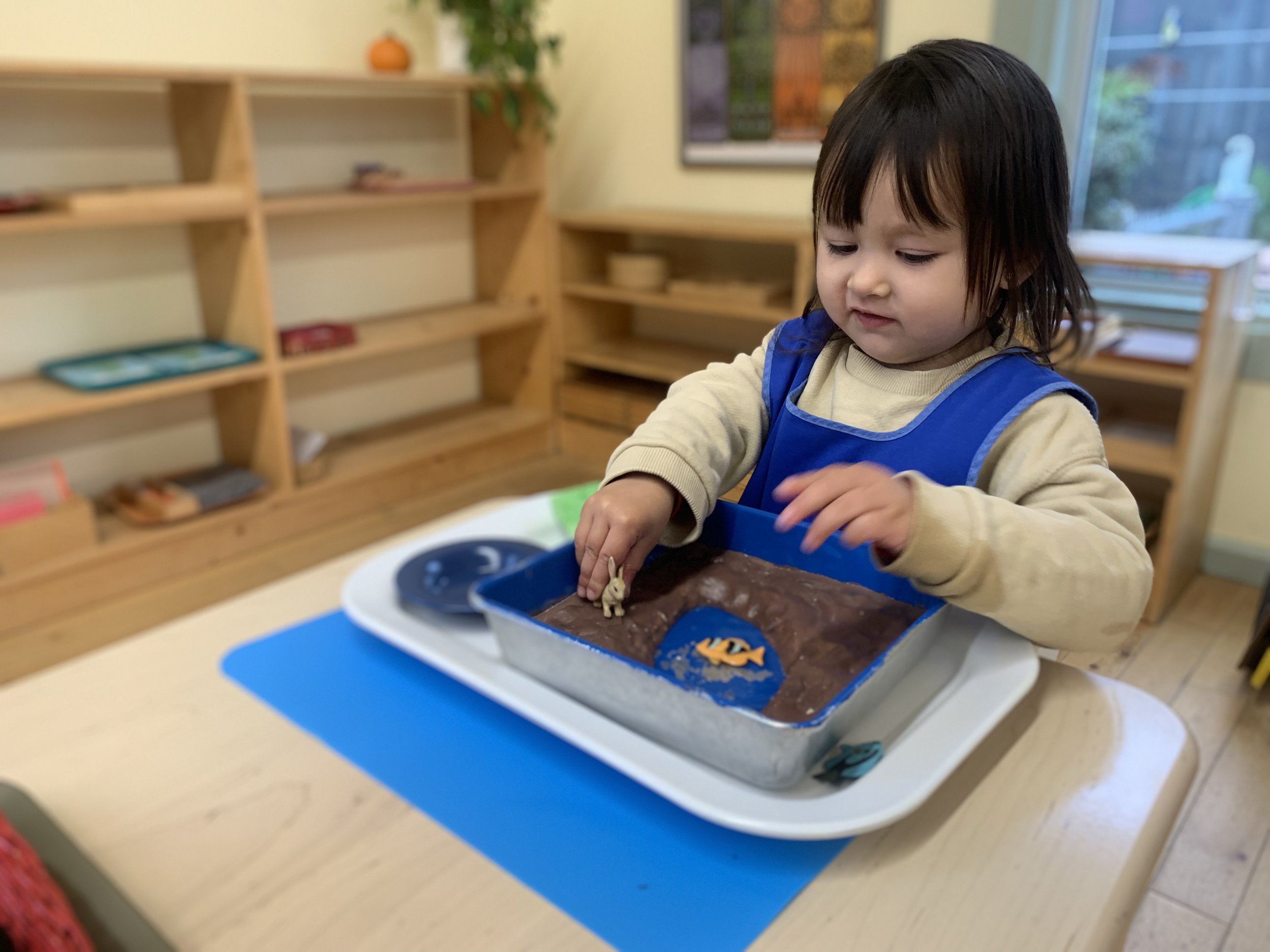
When considering the lives of the rich and famous, it is always tempting to look for the secrets of their successes. So here's a brain teaser: what do the cook Julia Child, the novelist Gabriel García Márquez, the singer Taylor Swift, and Google's founders Larry Page and Sergey Brin all have in common?
The answer is that they all attended Montessori schools as young children. In the US, the schools' influence in the art and tech world has long been noted. But the reach of the educational method goes far beyond that. Indian independence leader Mahatma Gandhi was a fan, and described how children taught with it "felt no burden of learning as they learnt everything as they played". Rabindranath Tagore, the Nobel-Prize-winning poet, set up a network of Montessori schools to free children's creative self-expression.
But does the method actually work?”
At Nia House, we love observing your children at work. Here is a sneak peek into the start of 2023.
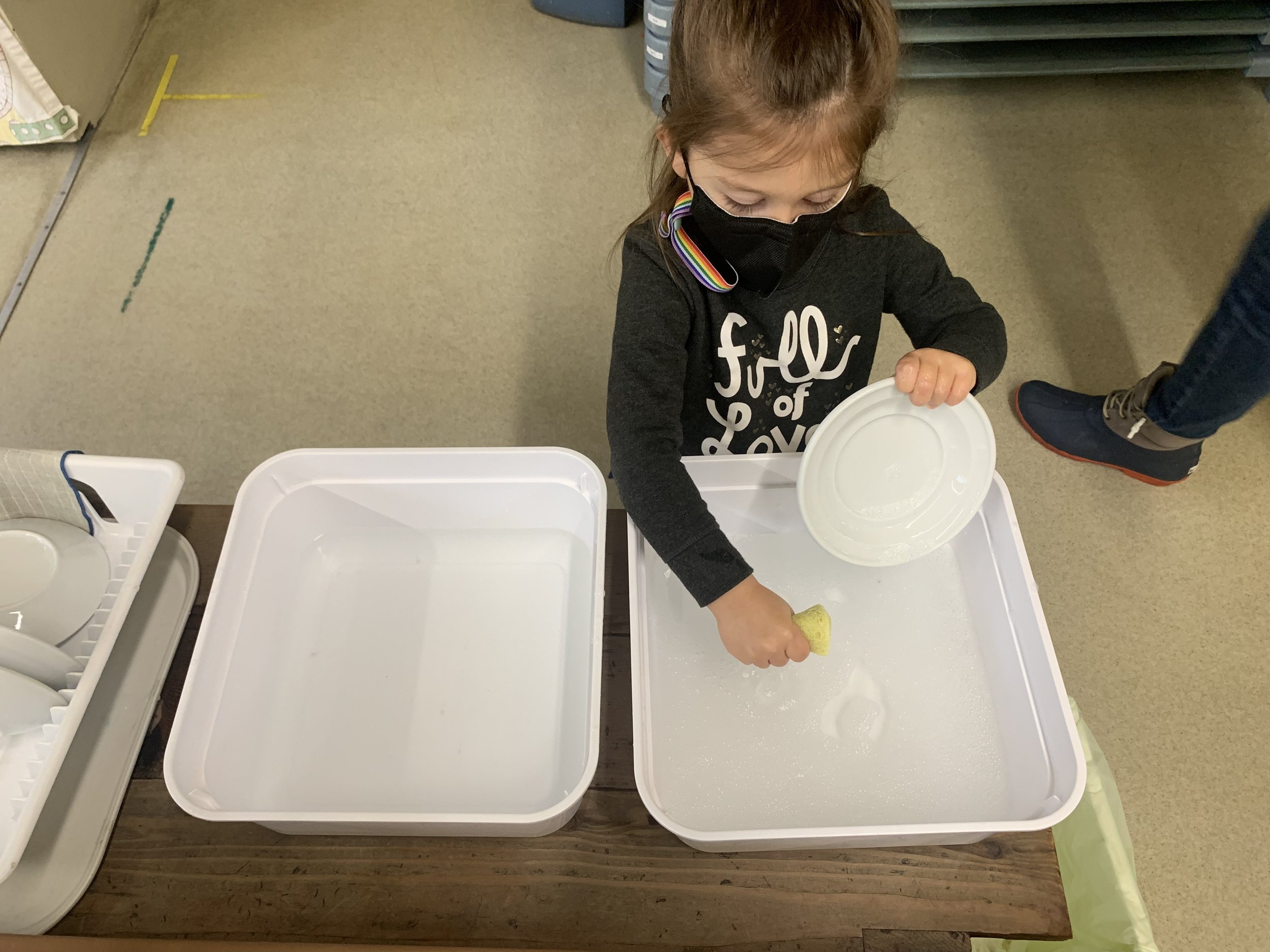
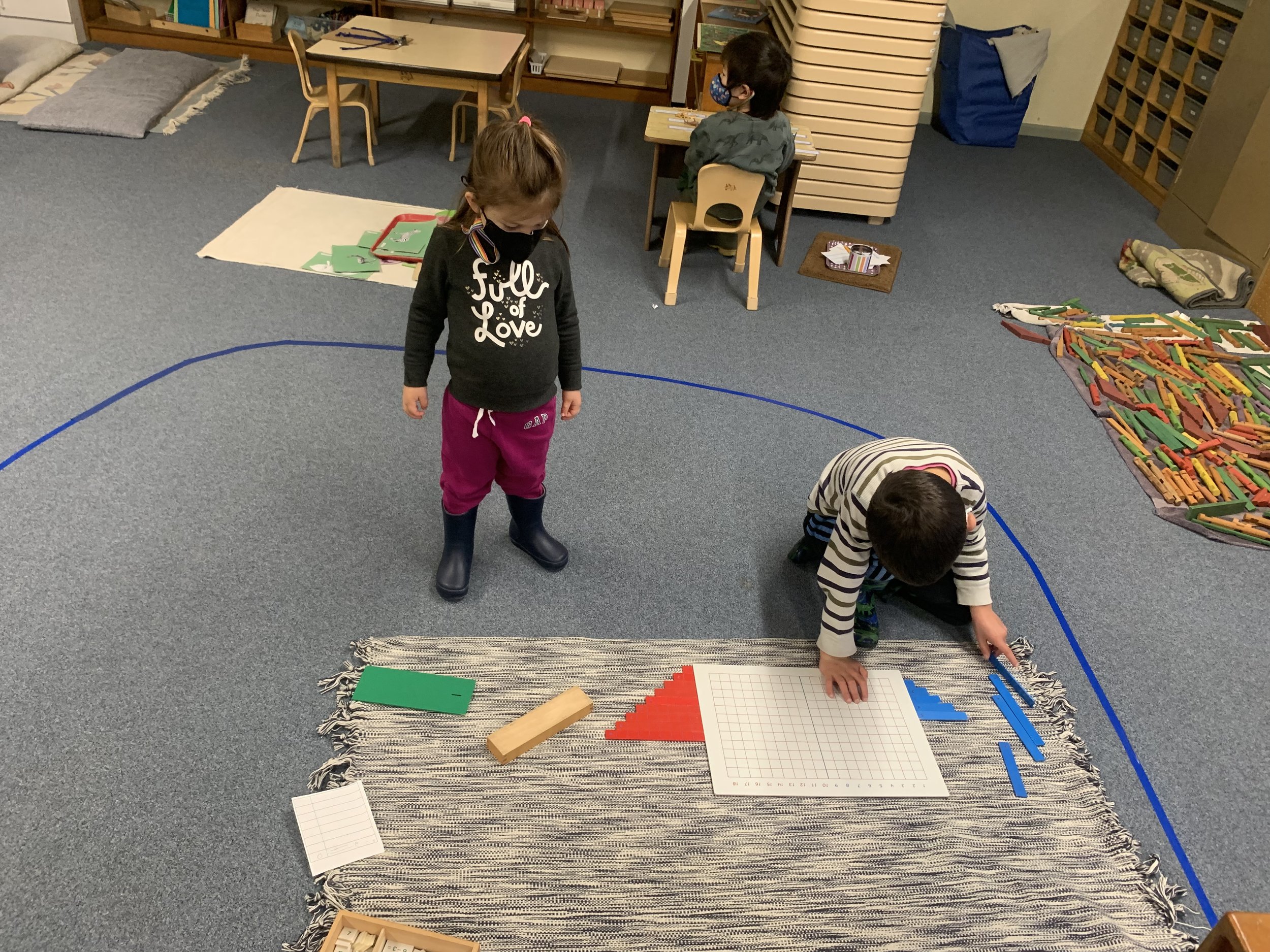
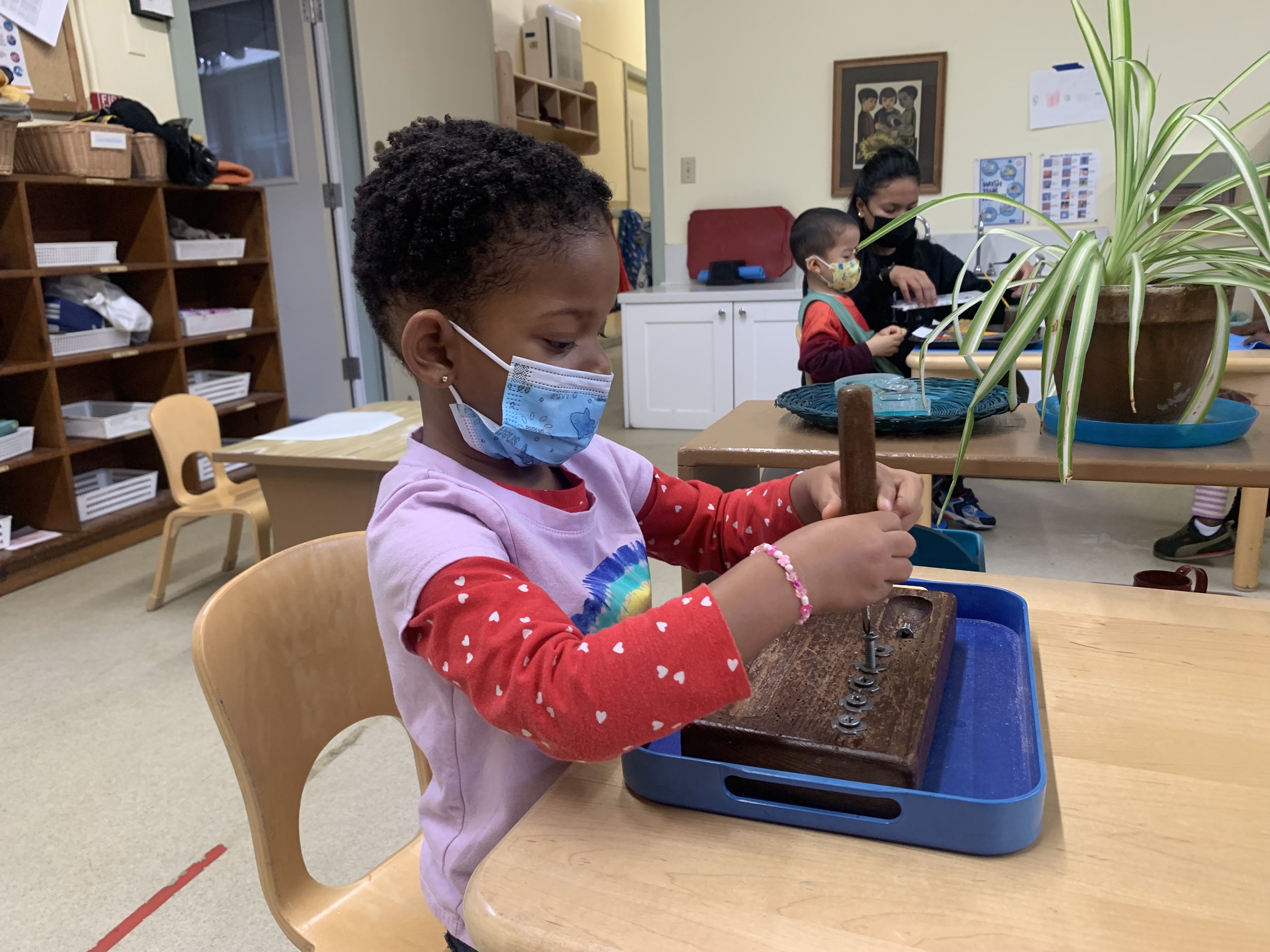
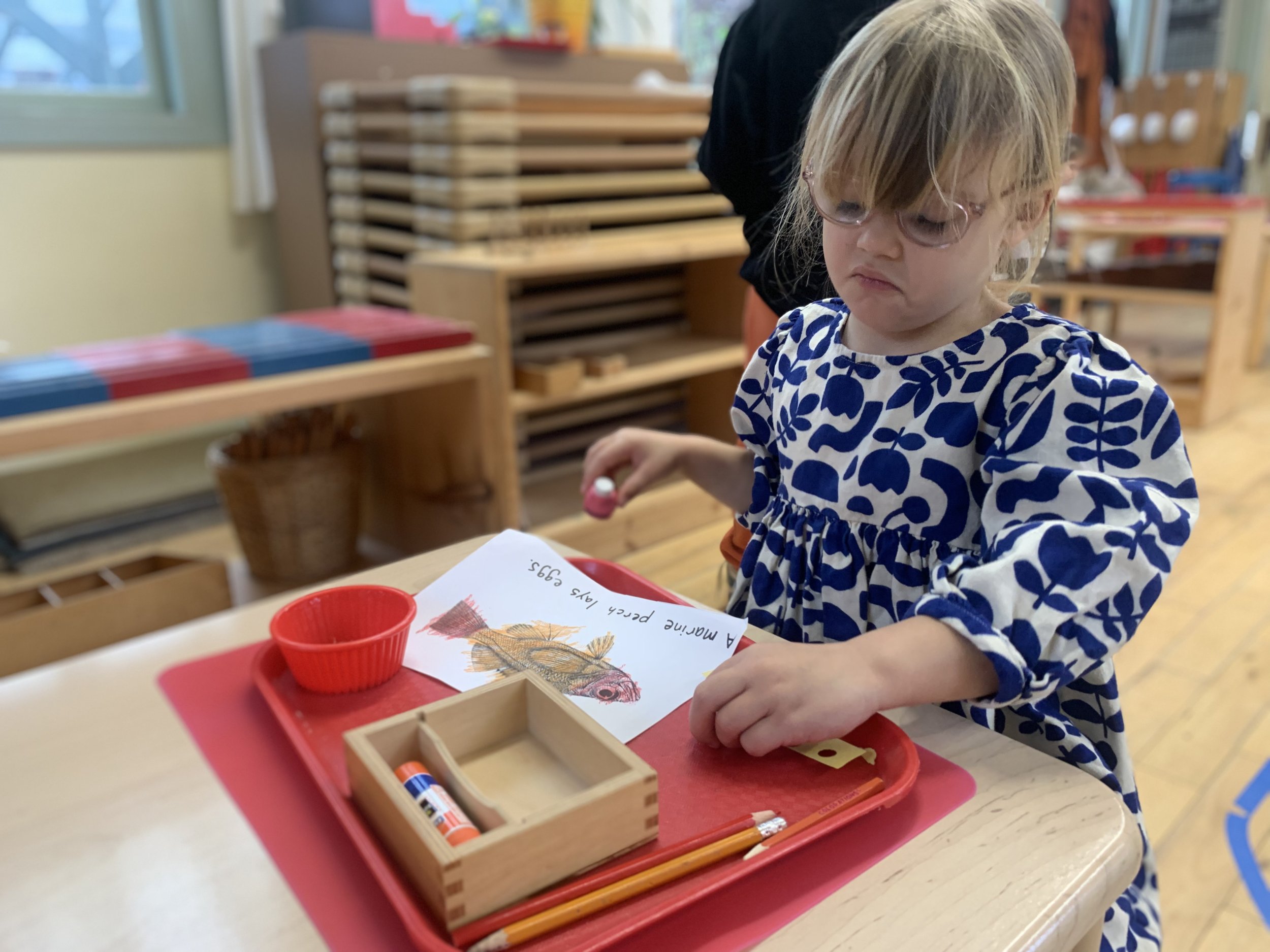
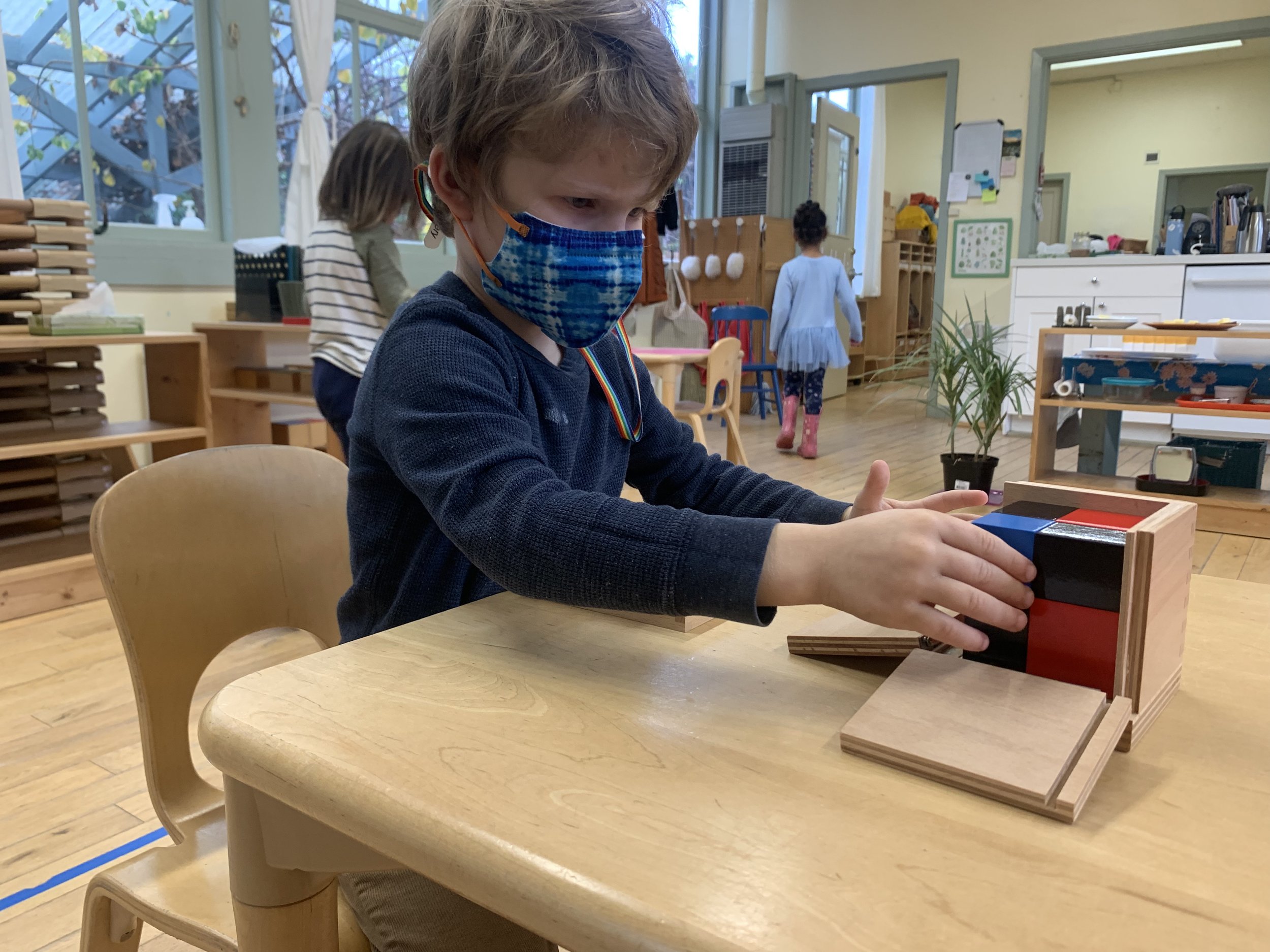
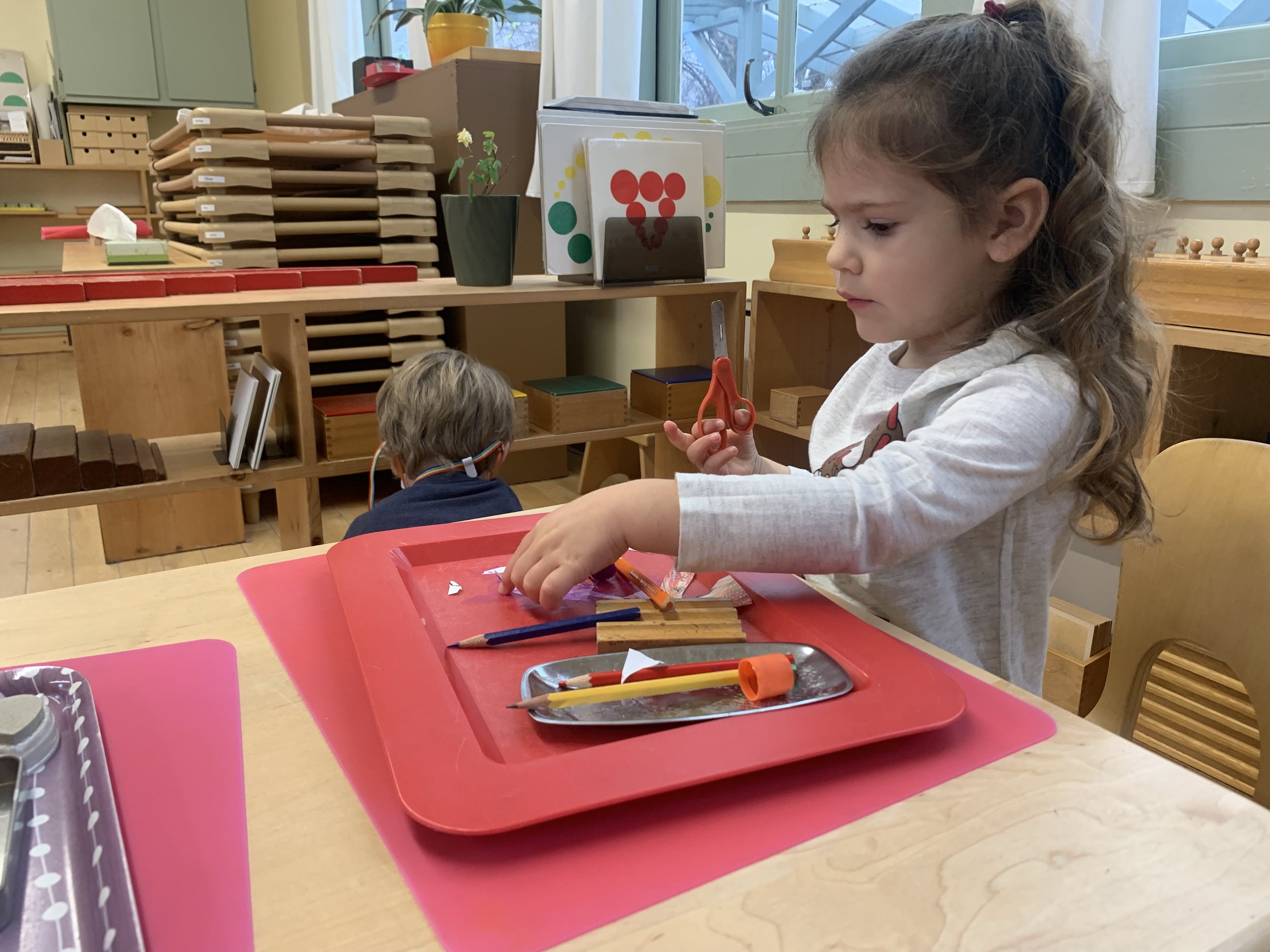
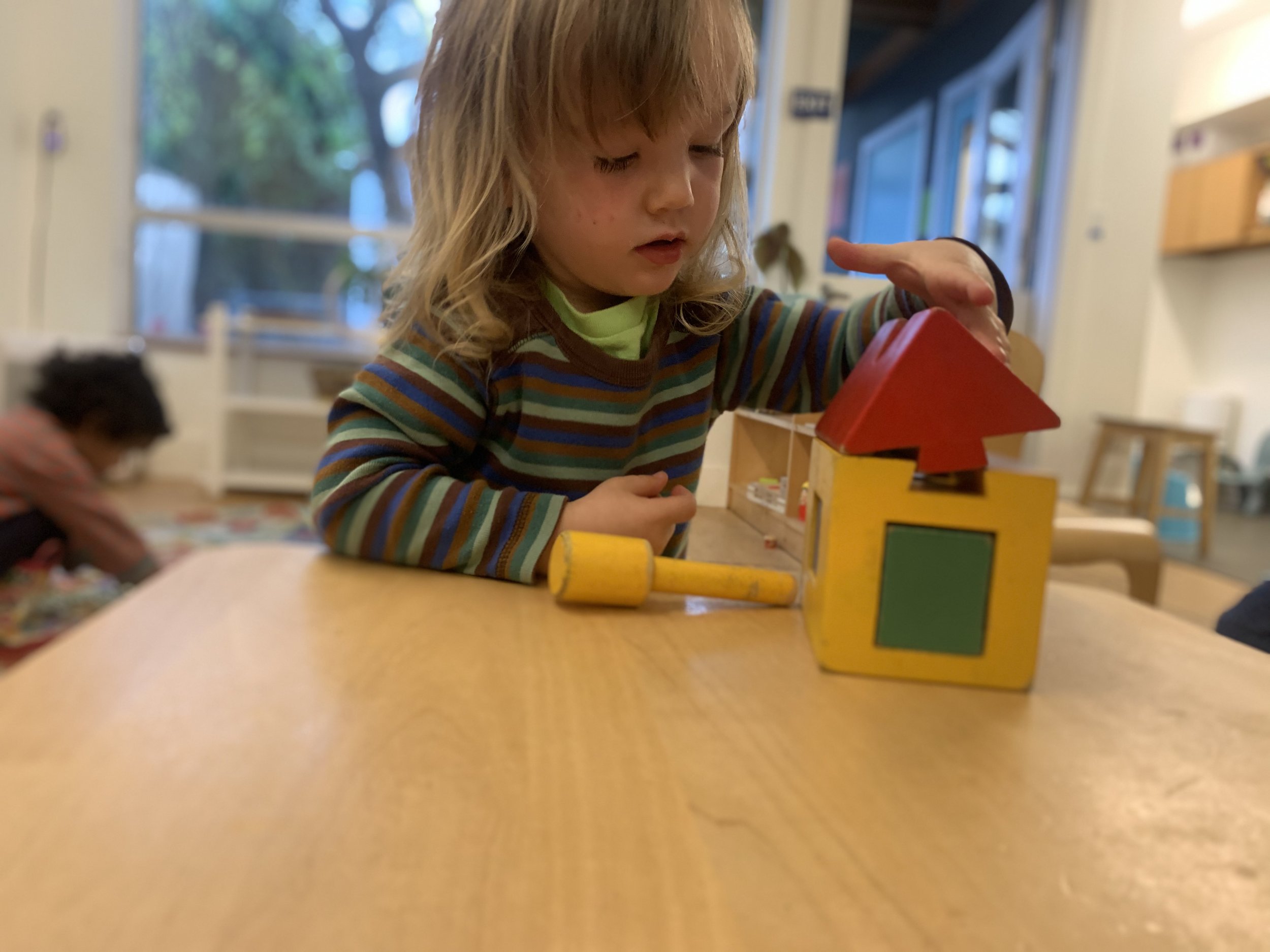
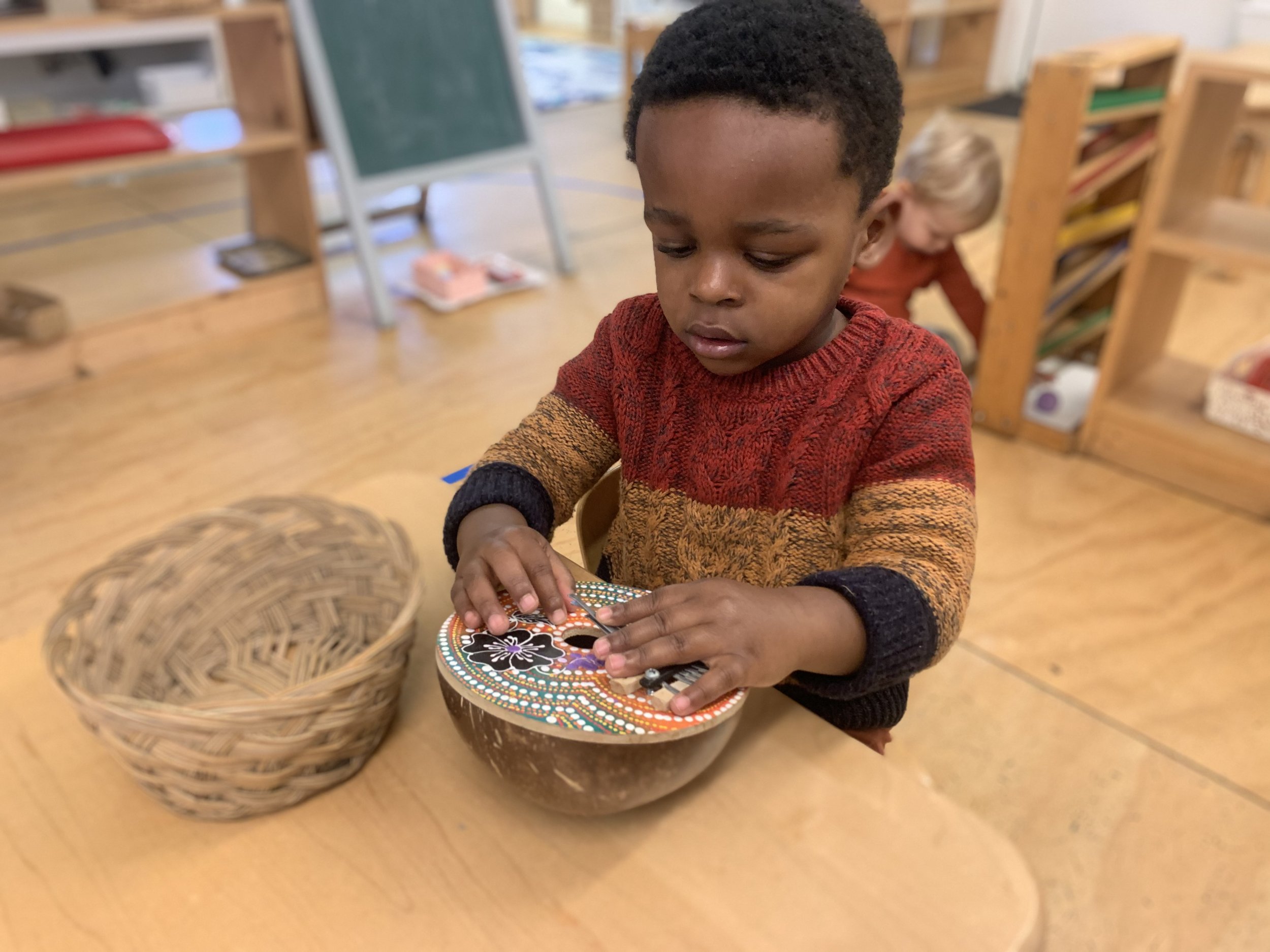
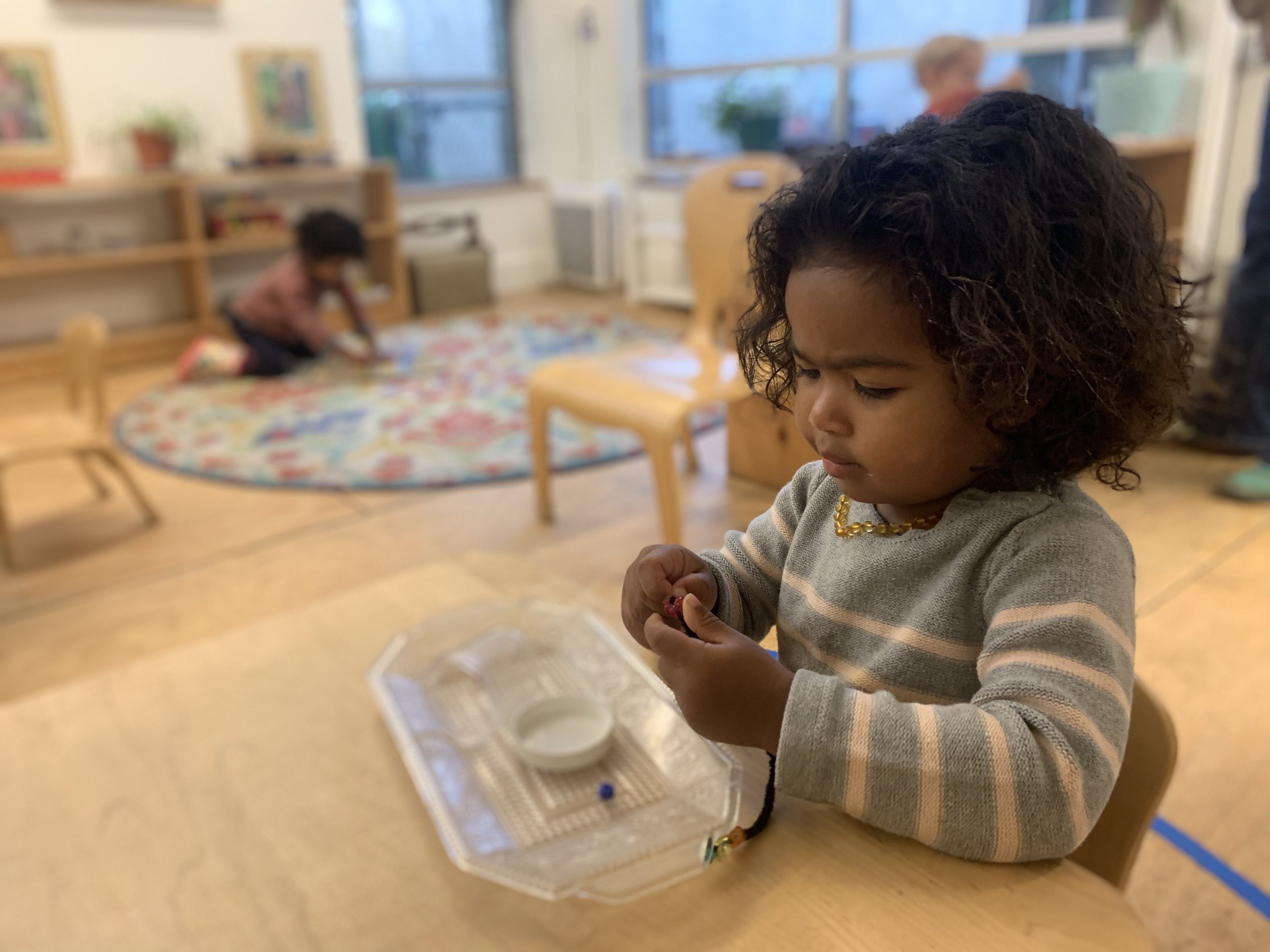
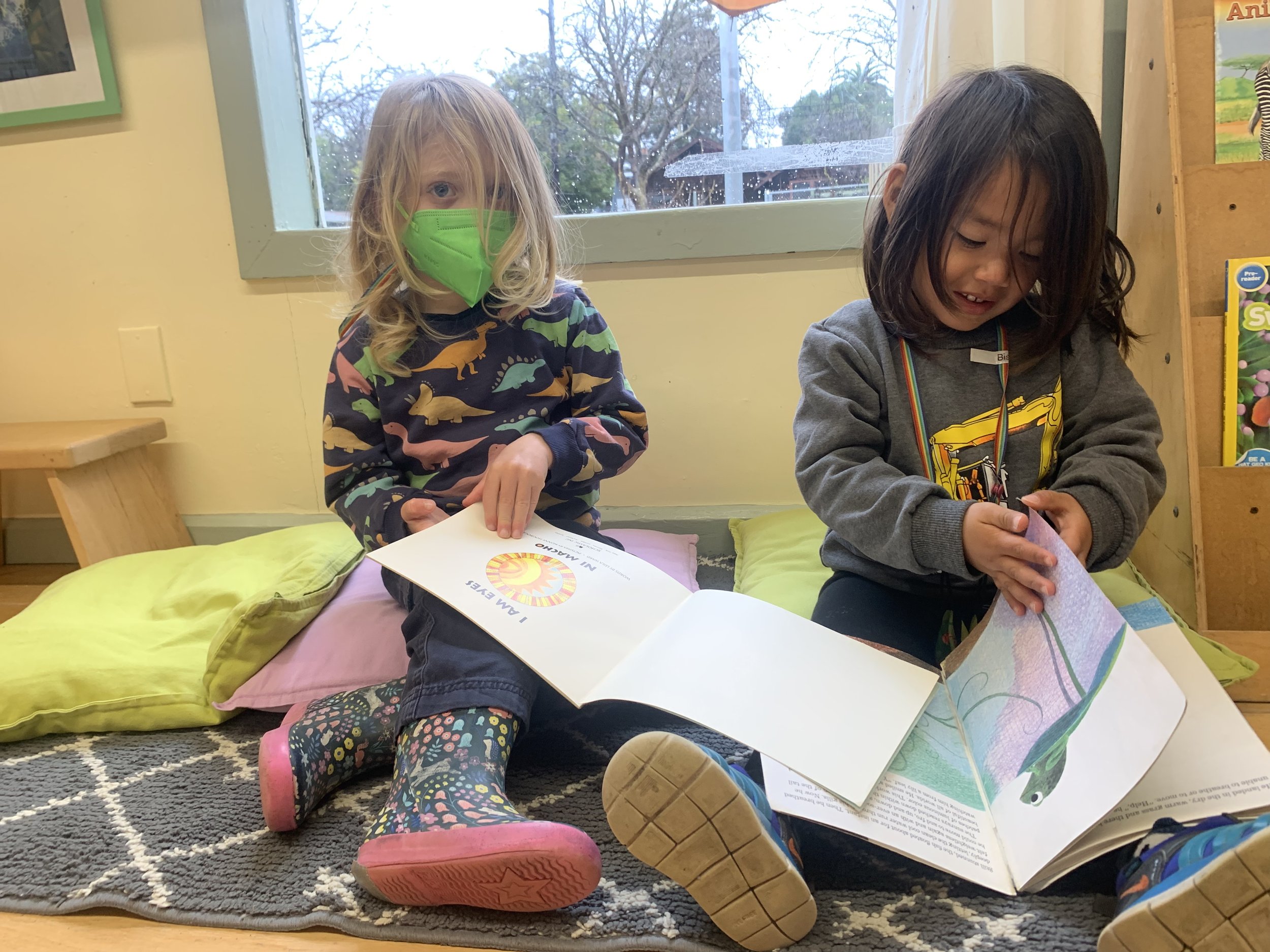
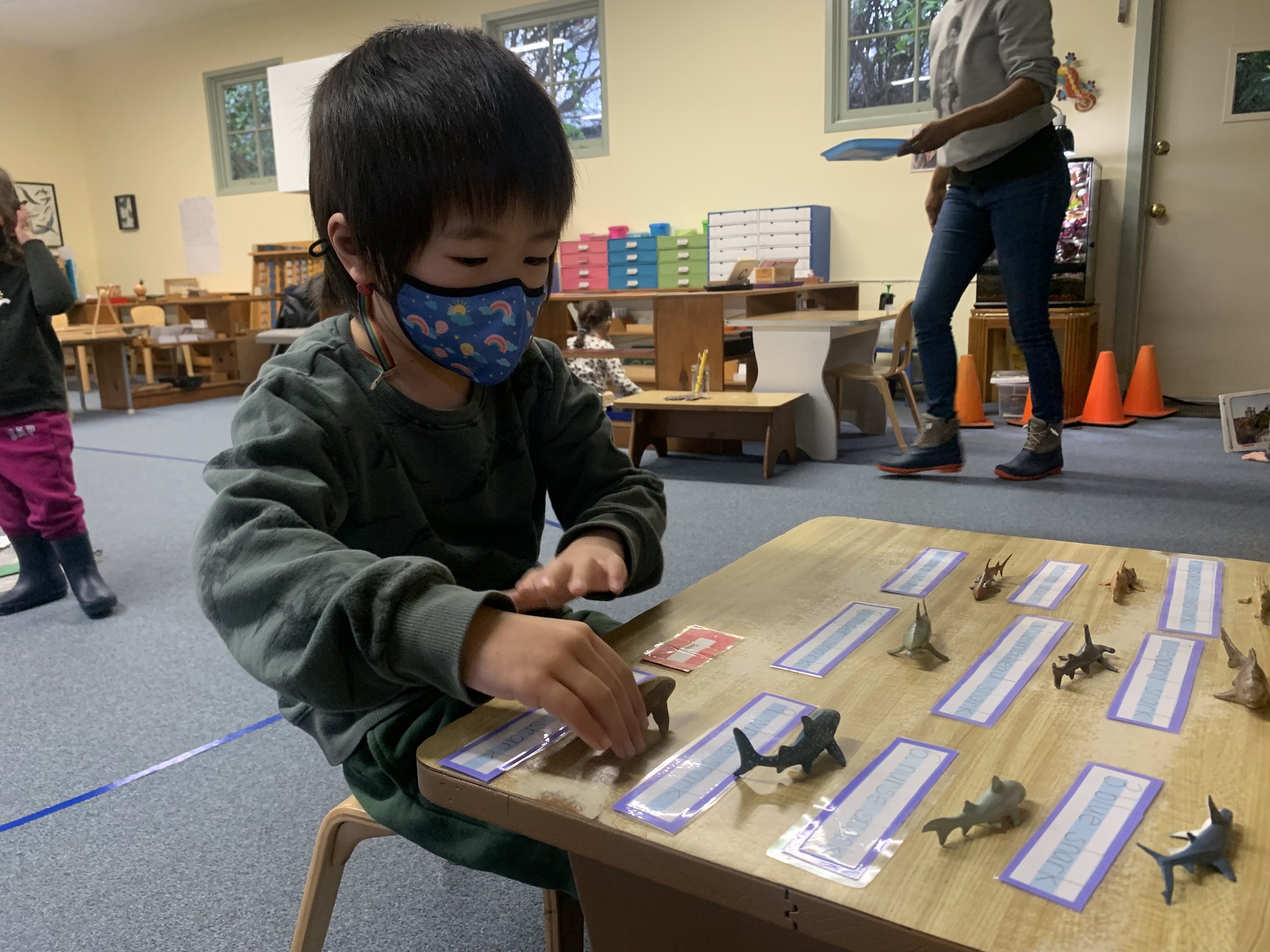
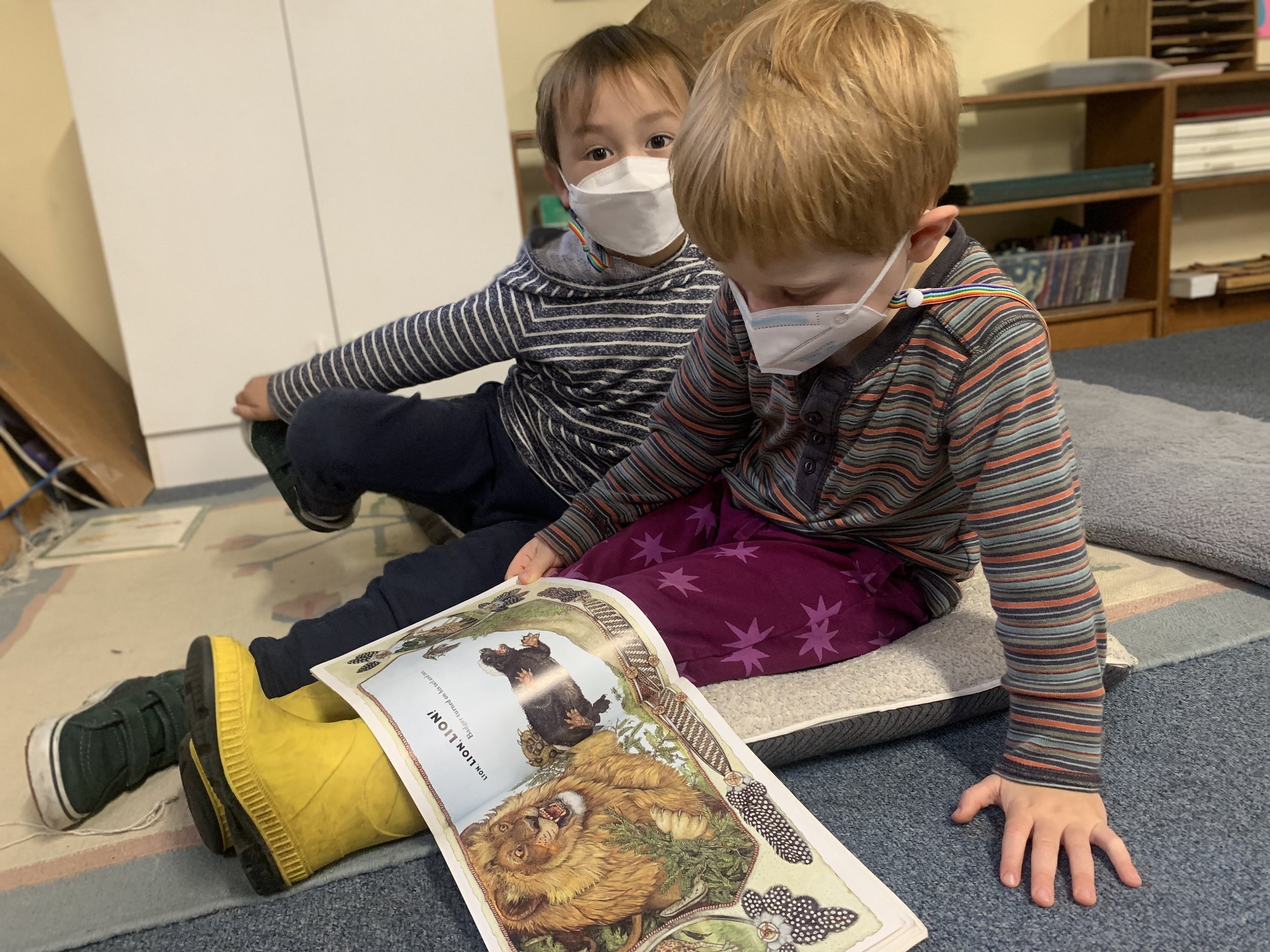
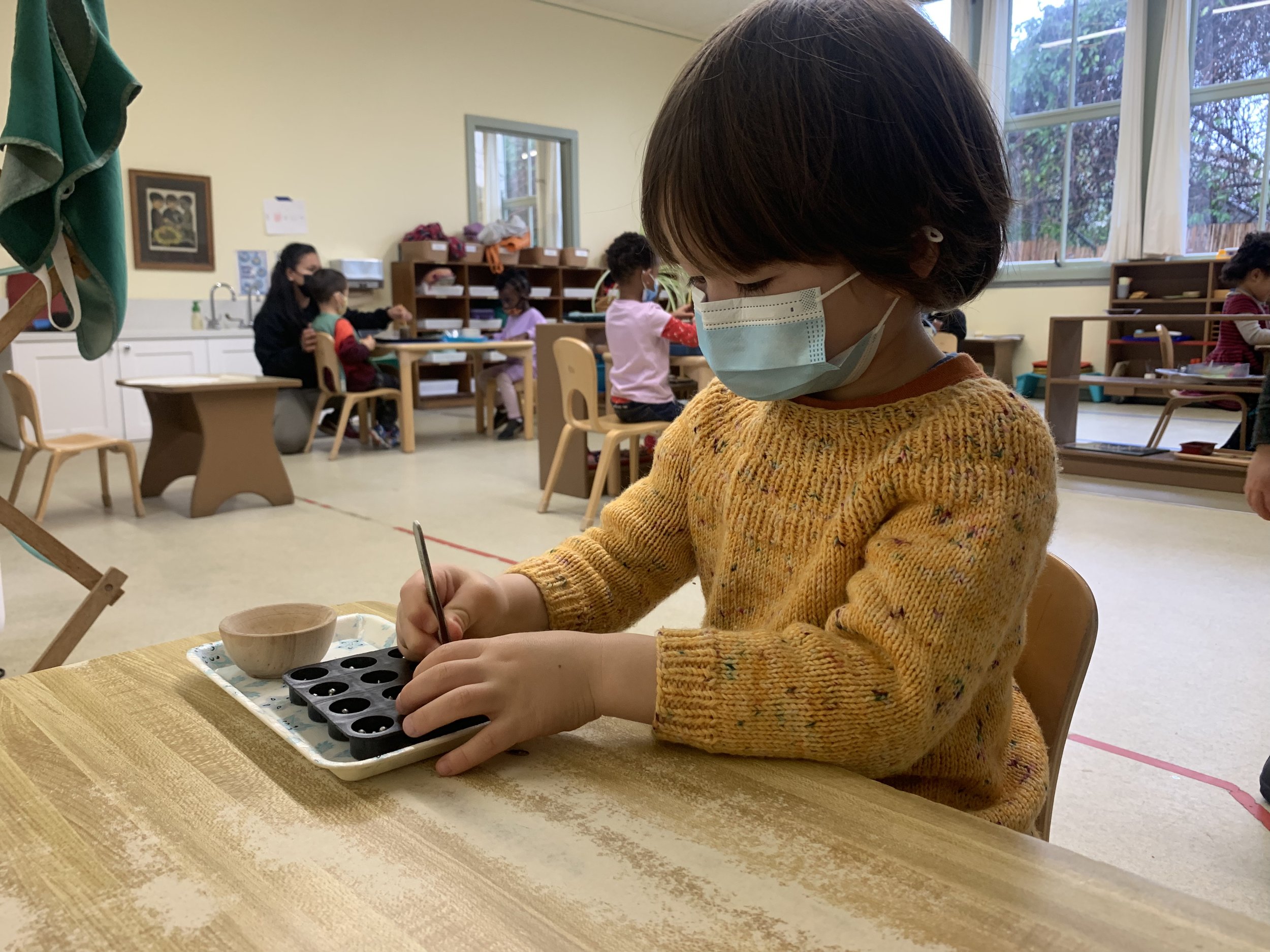
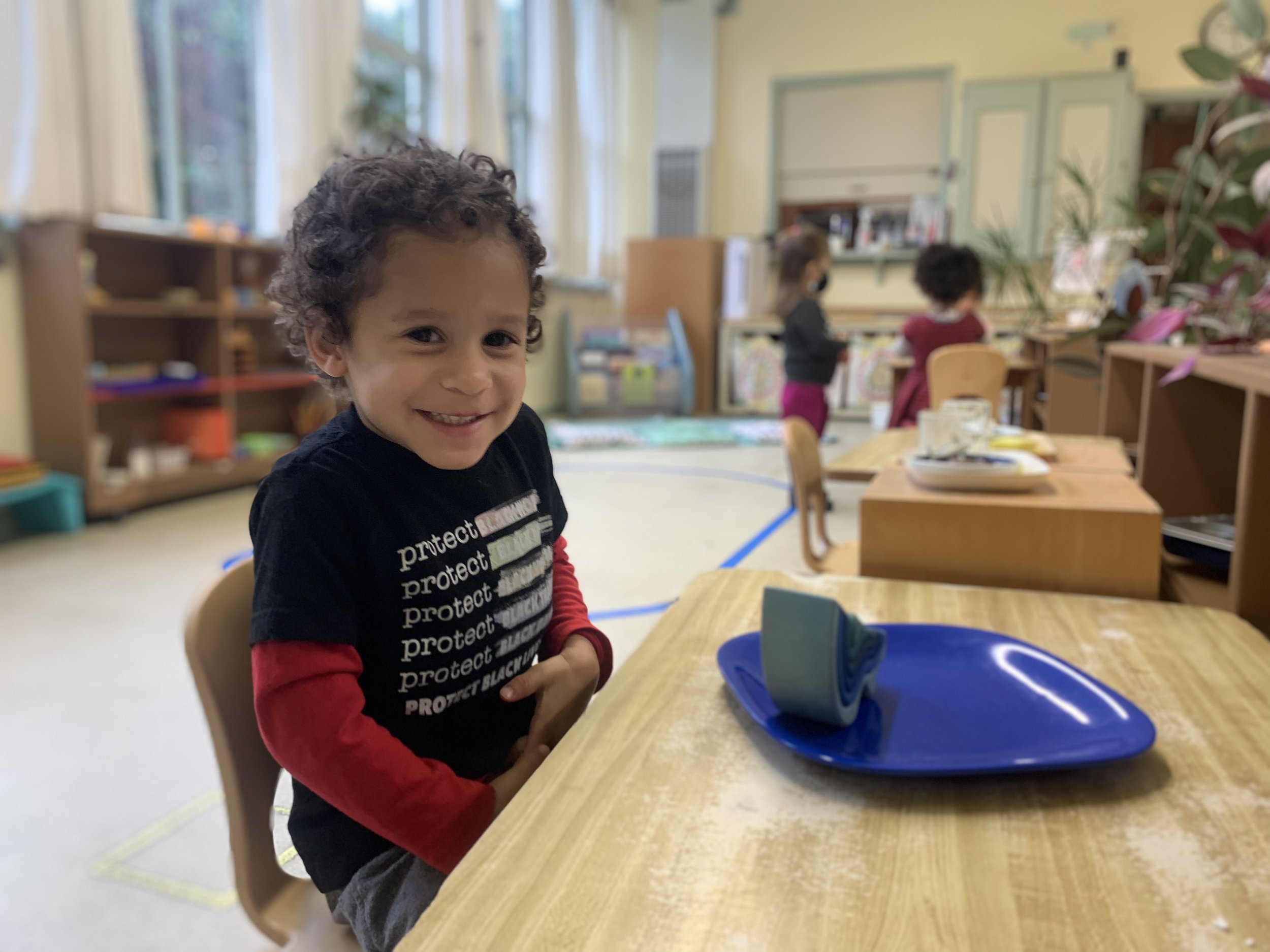

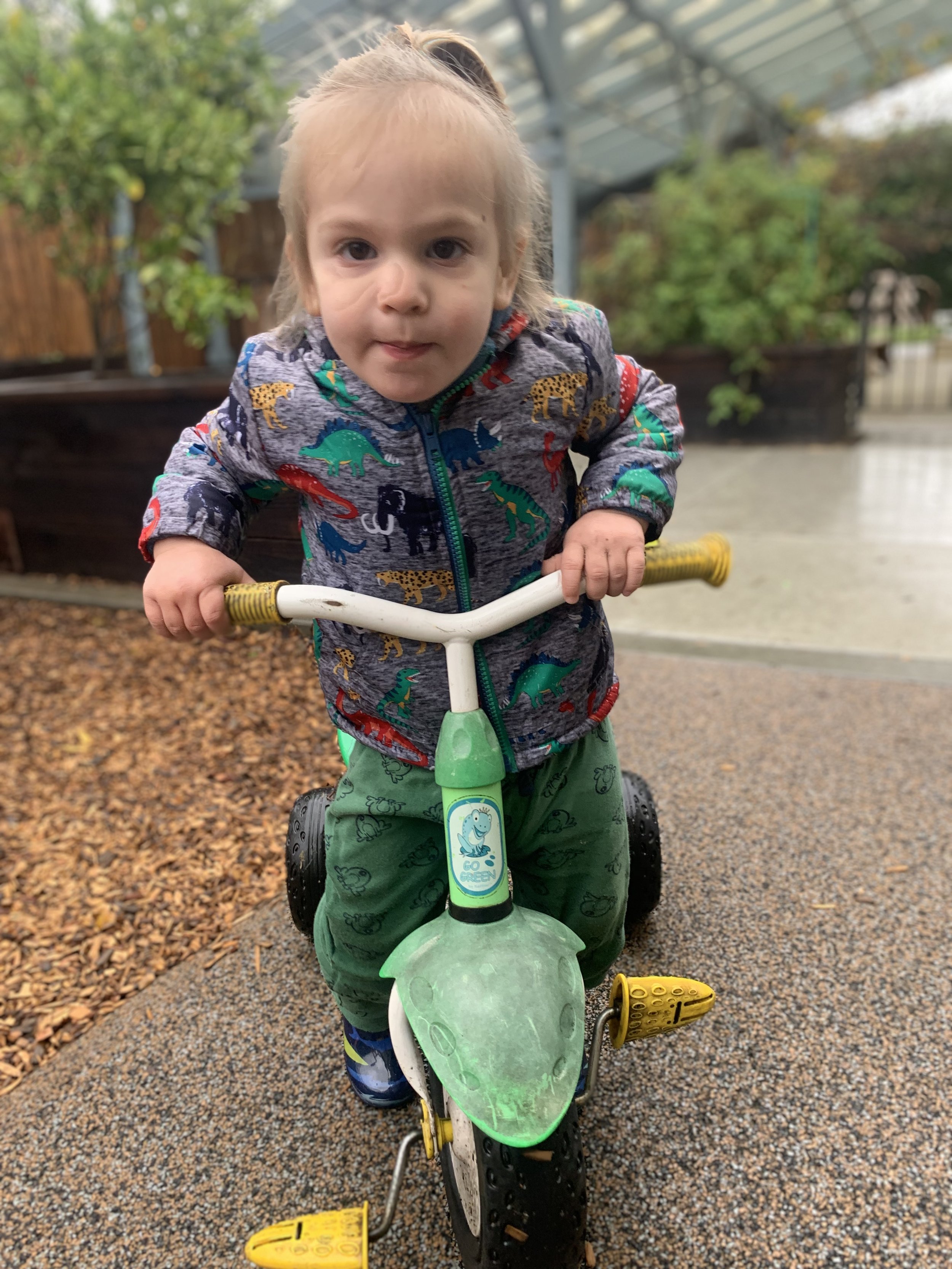
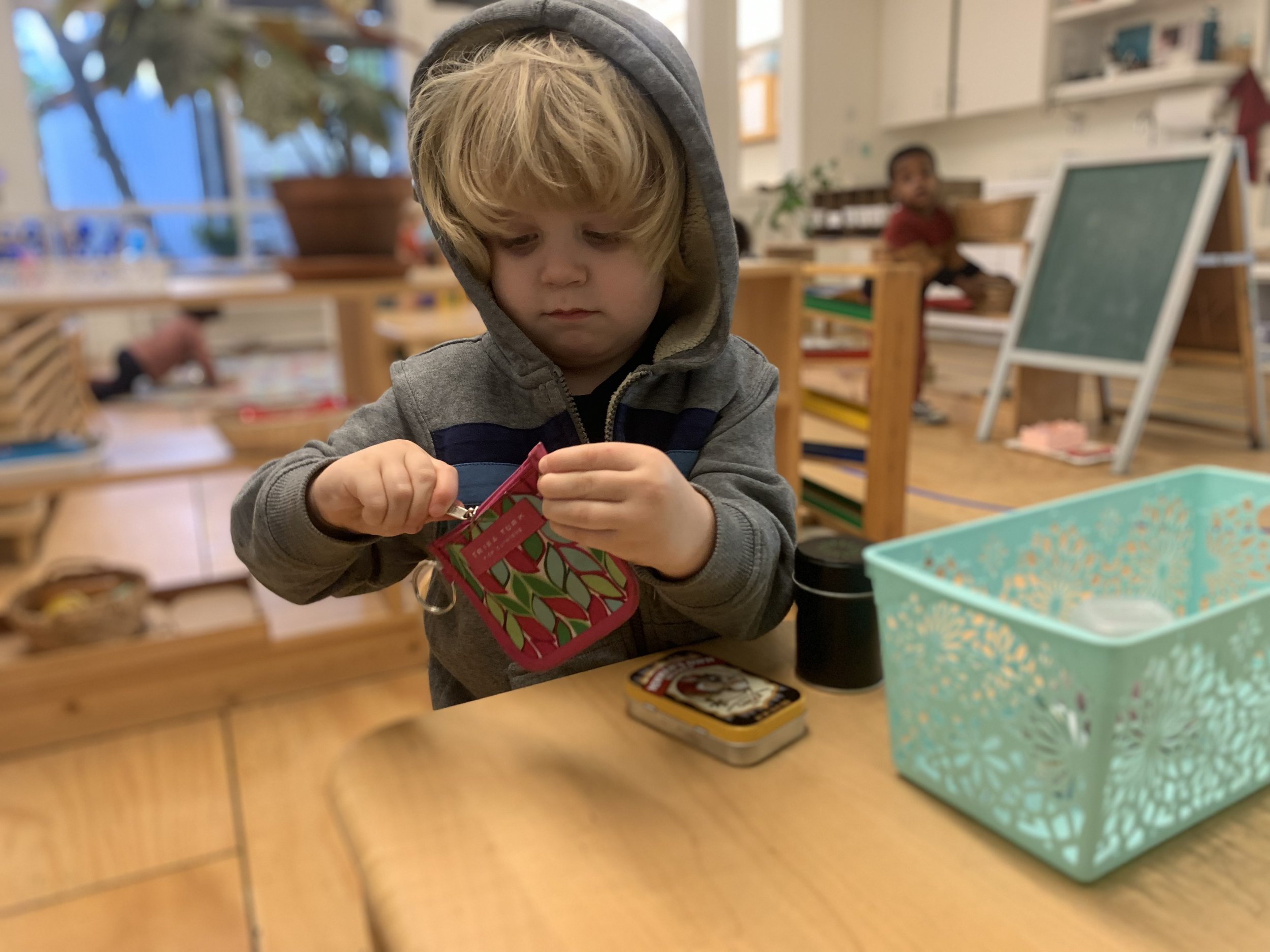
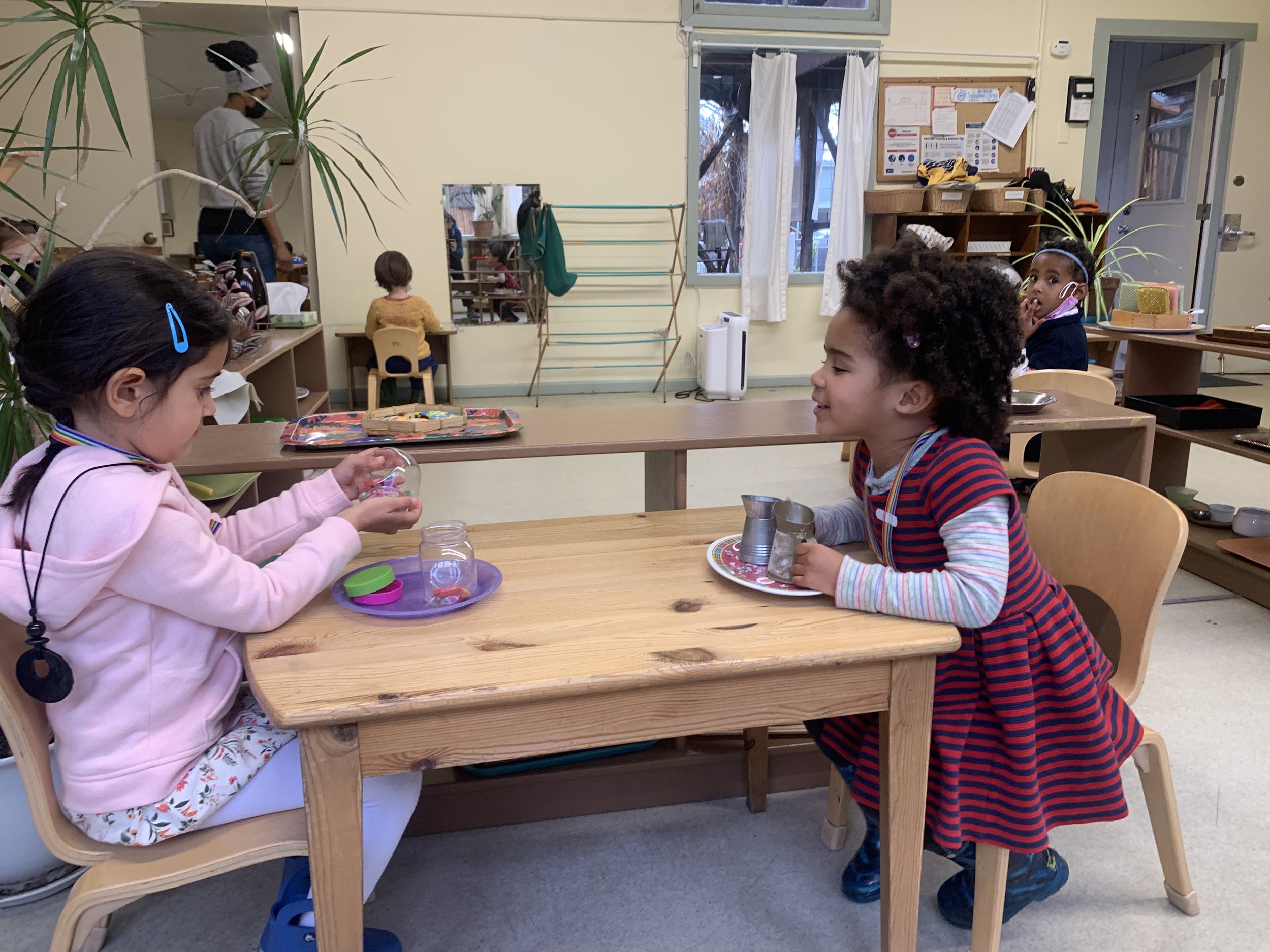
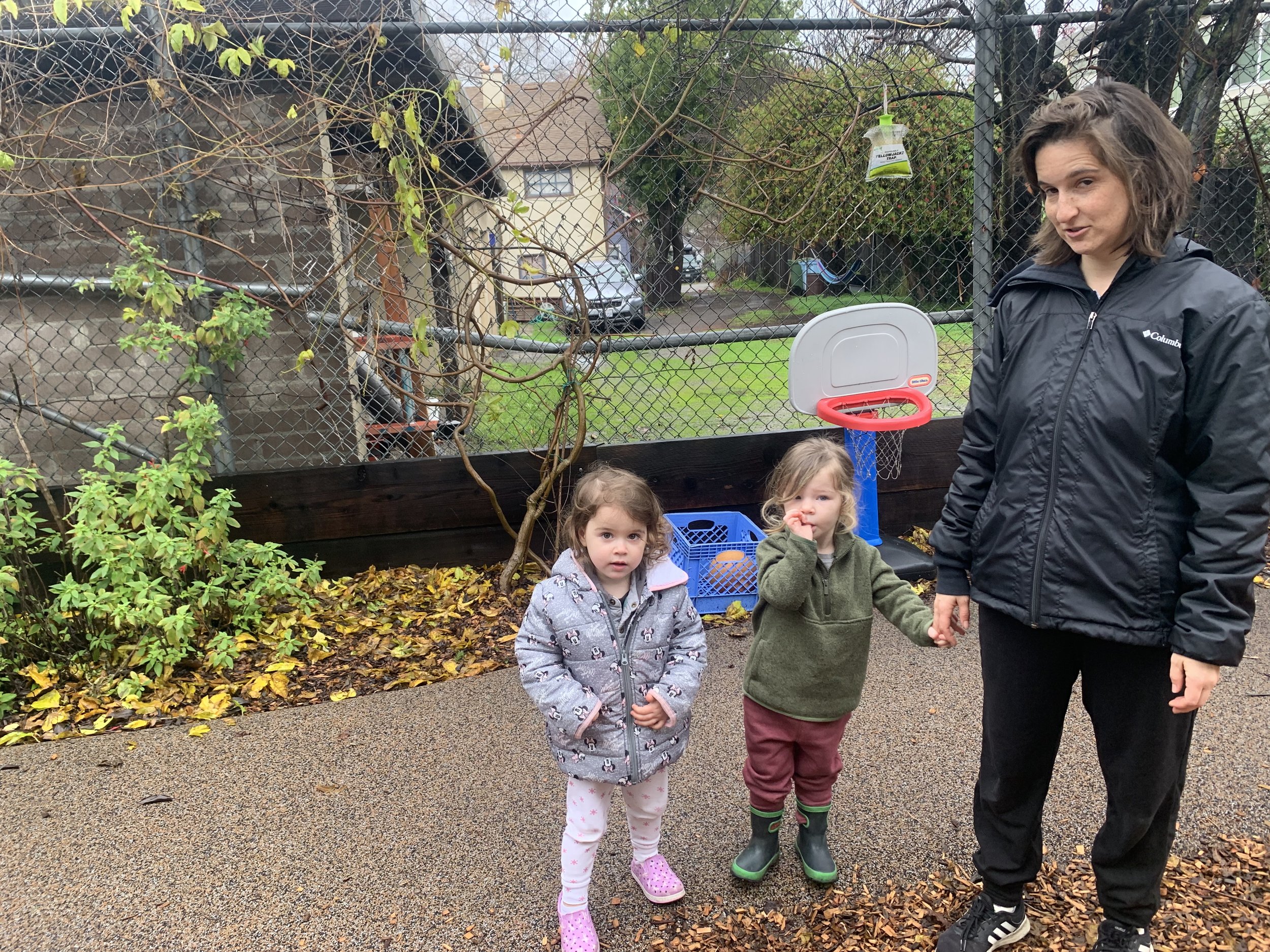
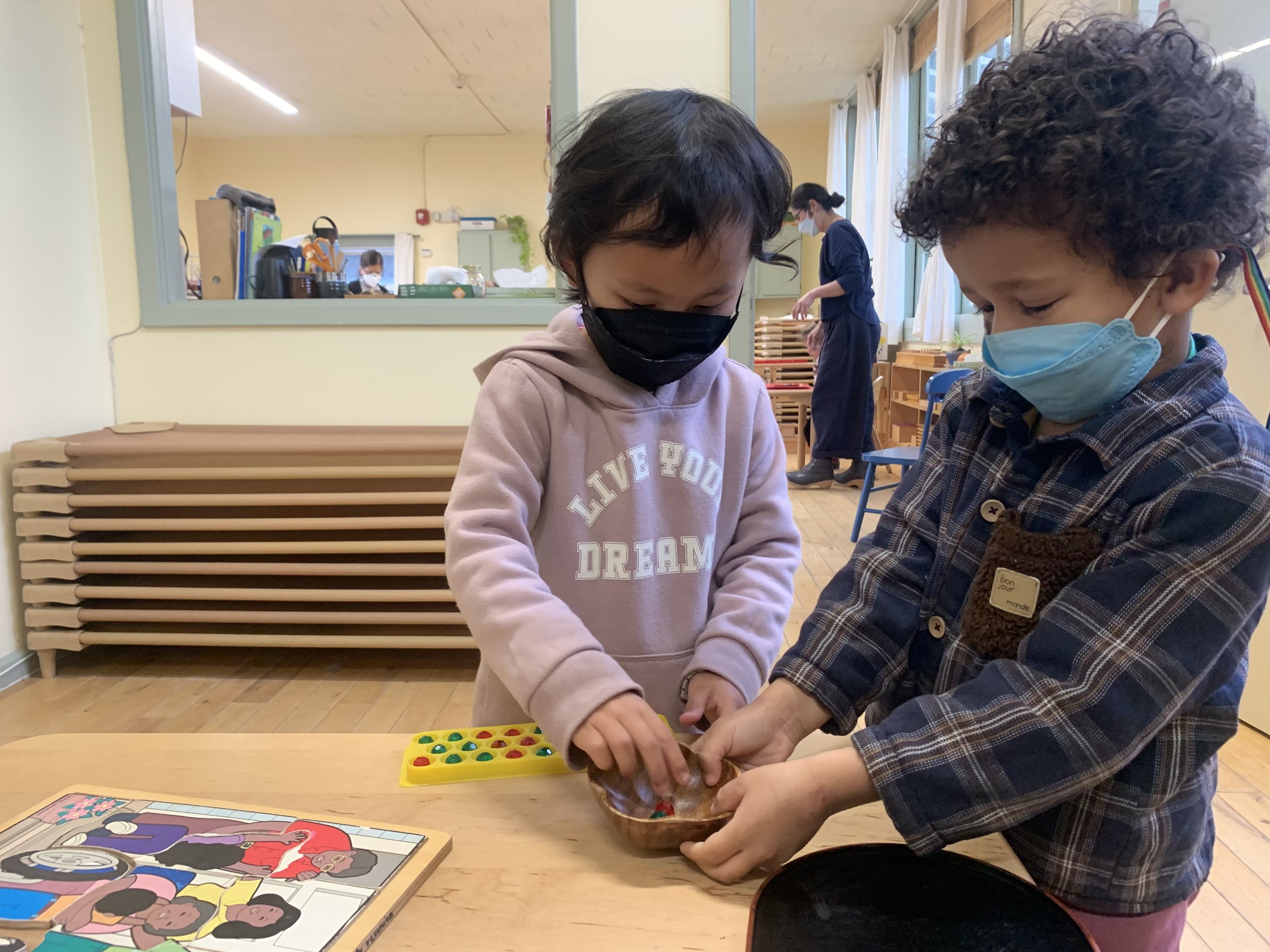
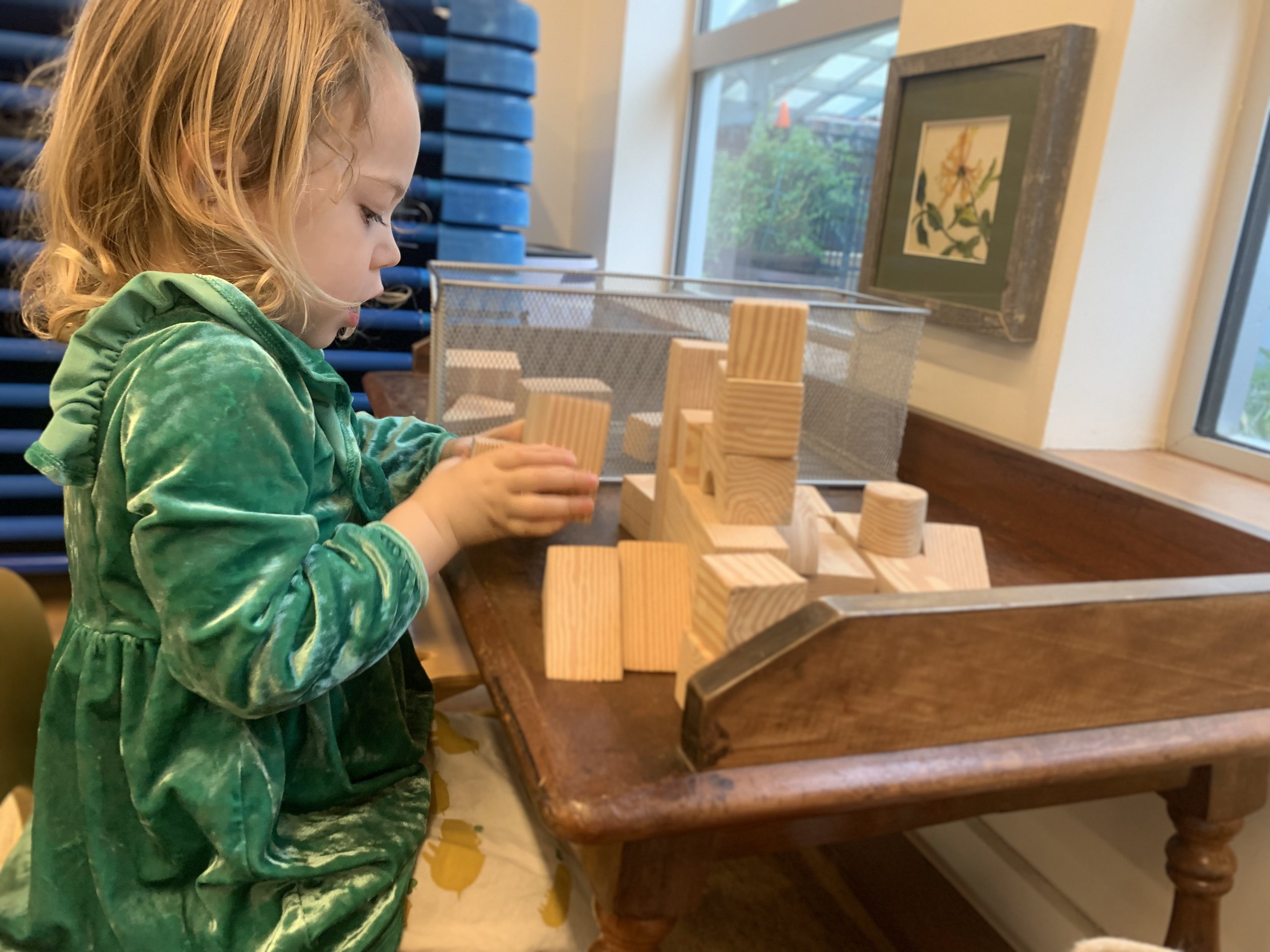

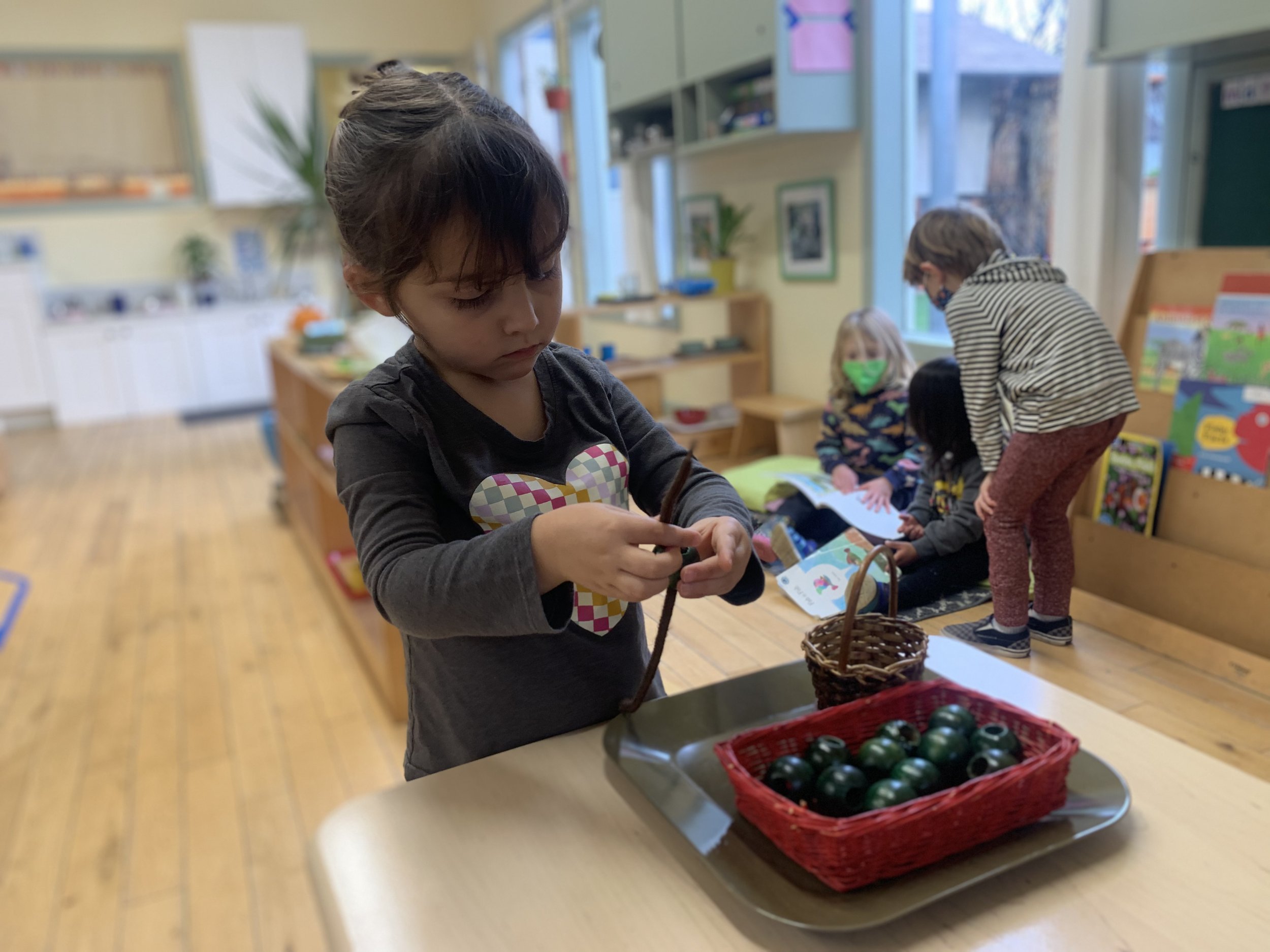
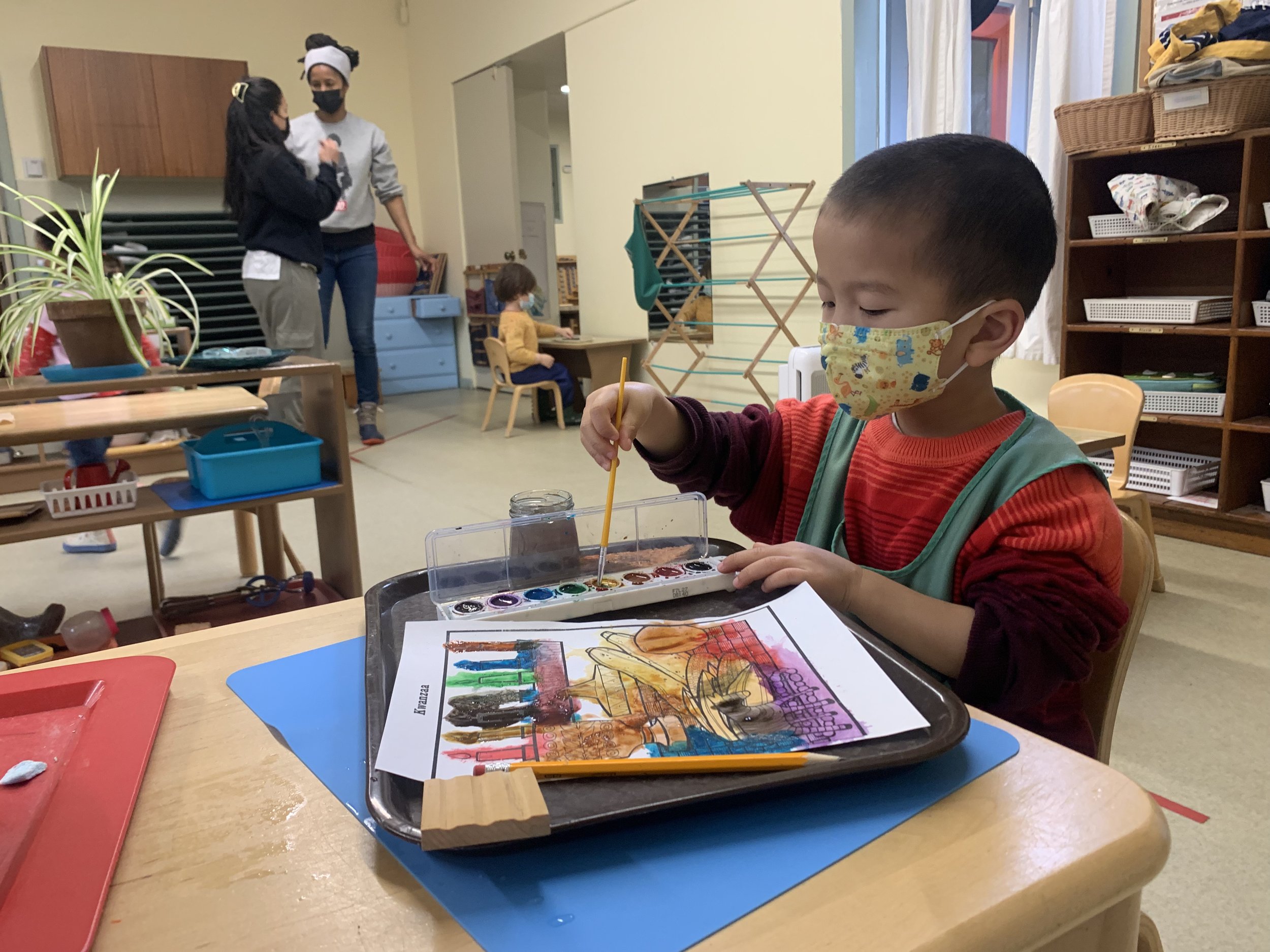
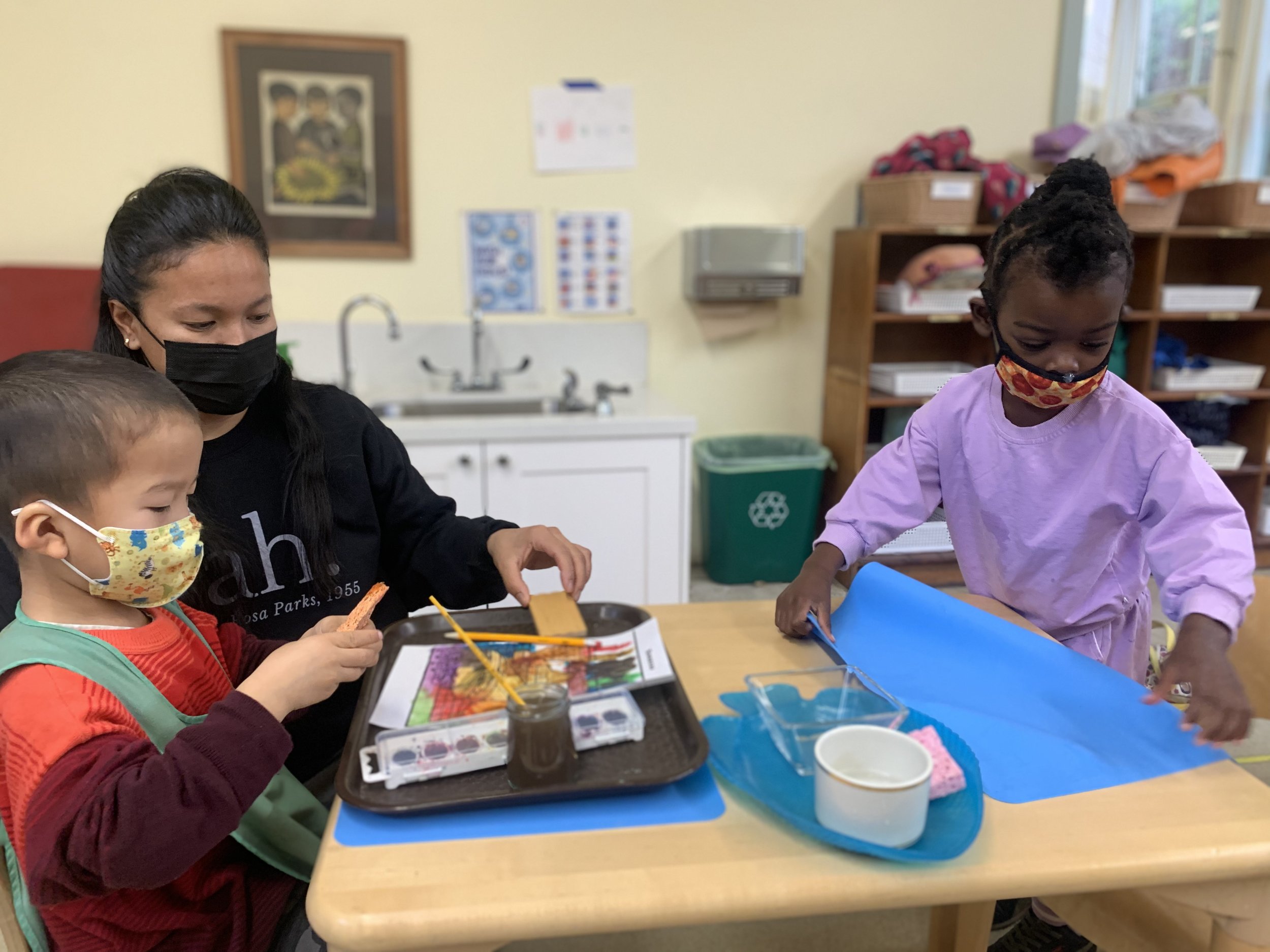
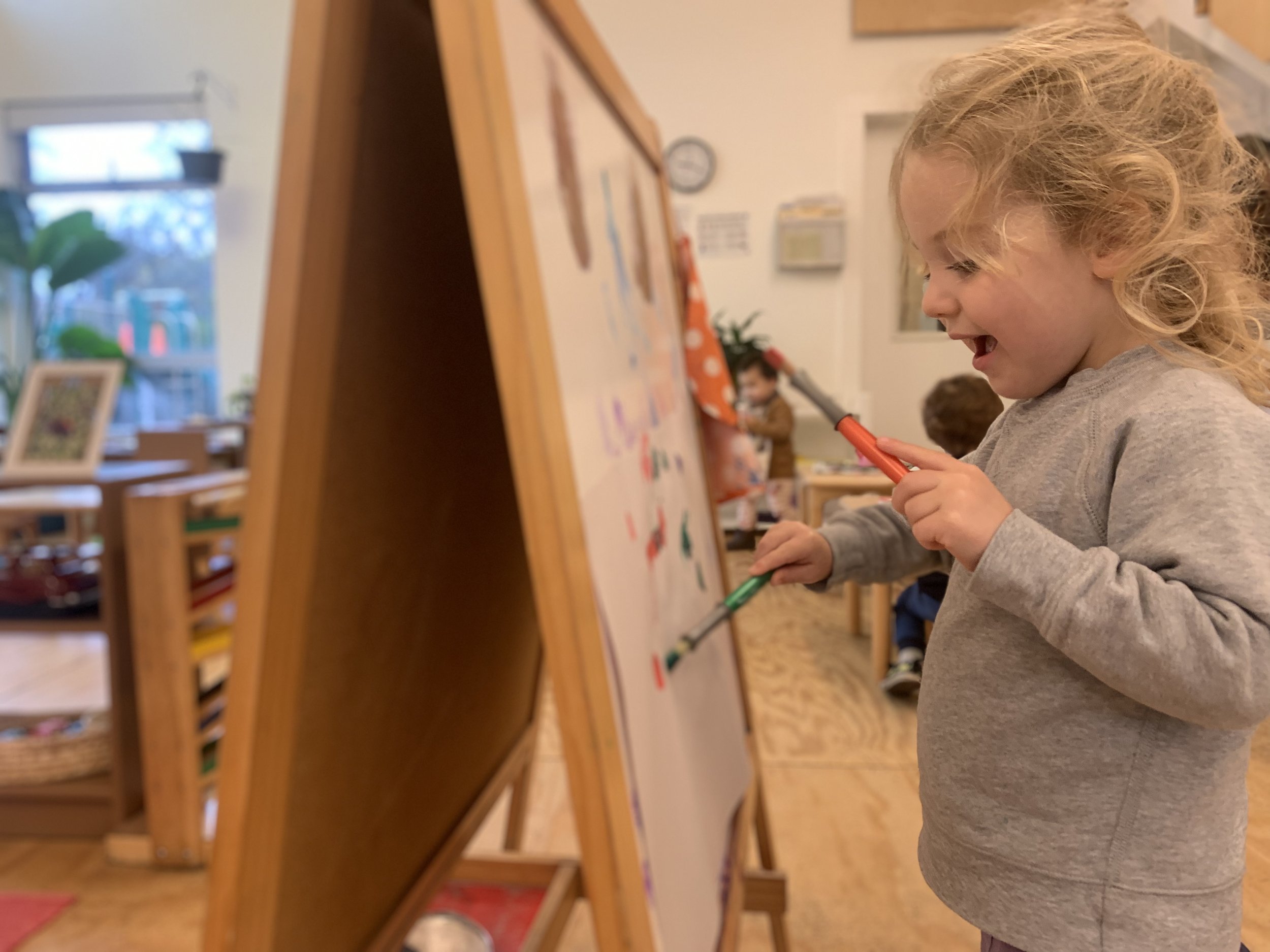
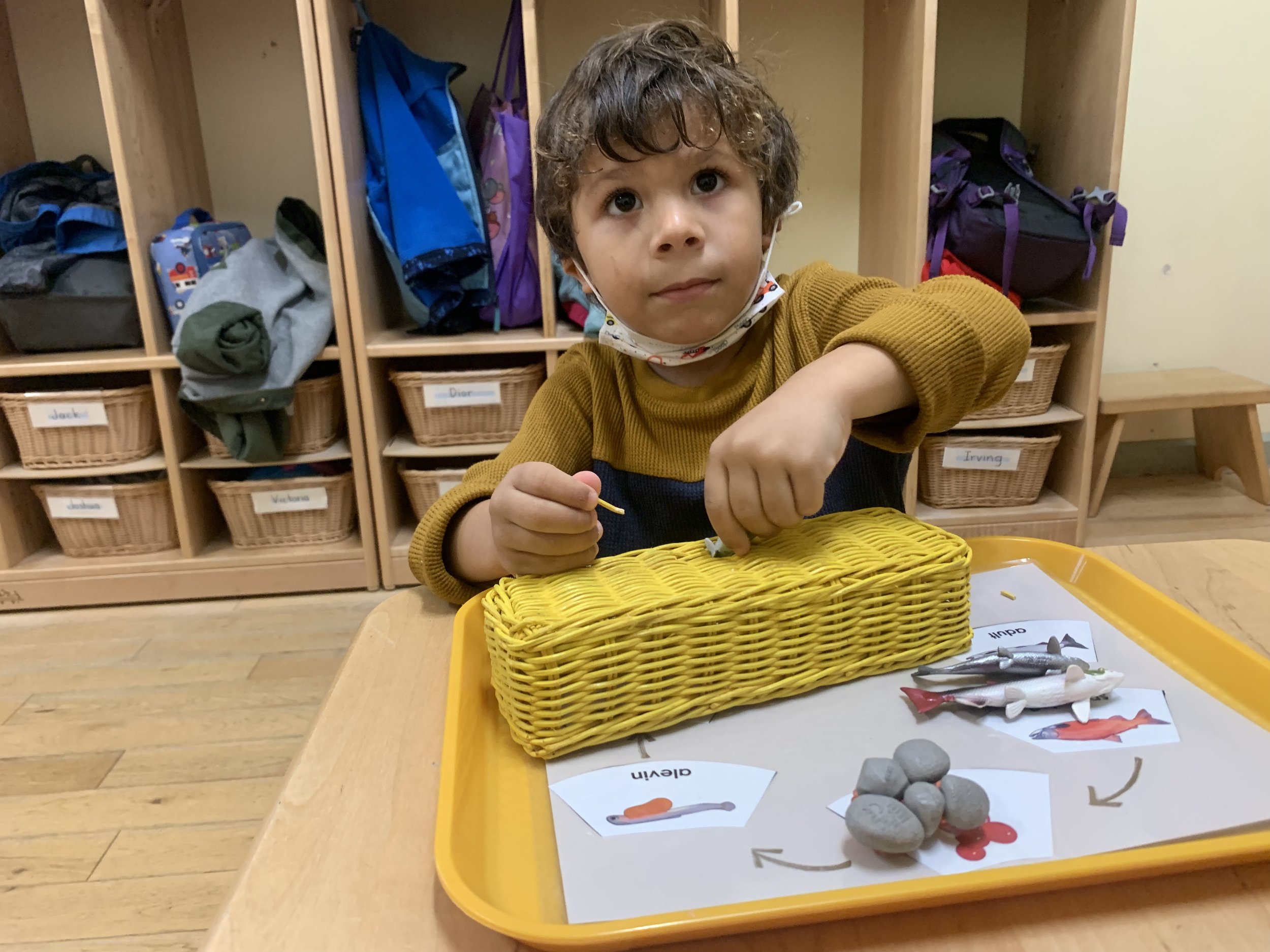
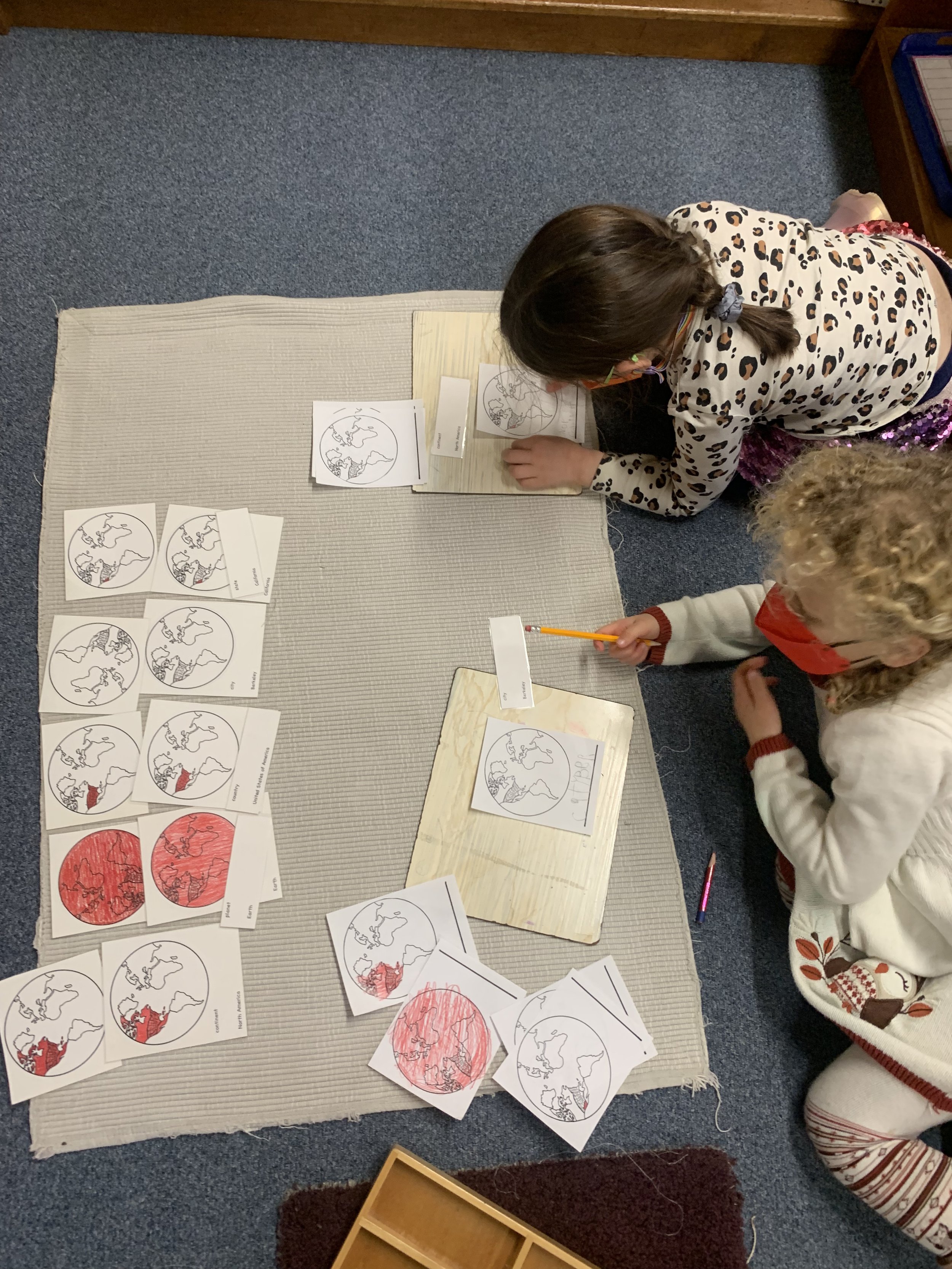

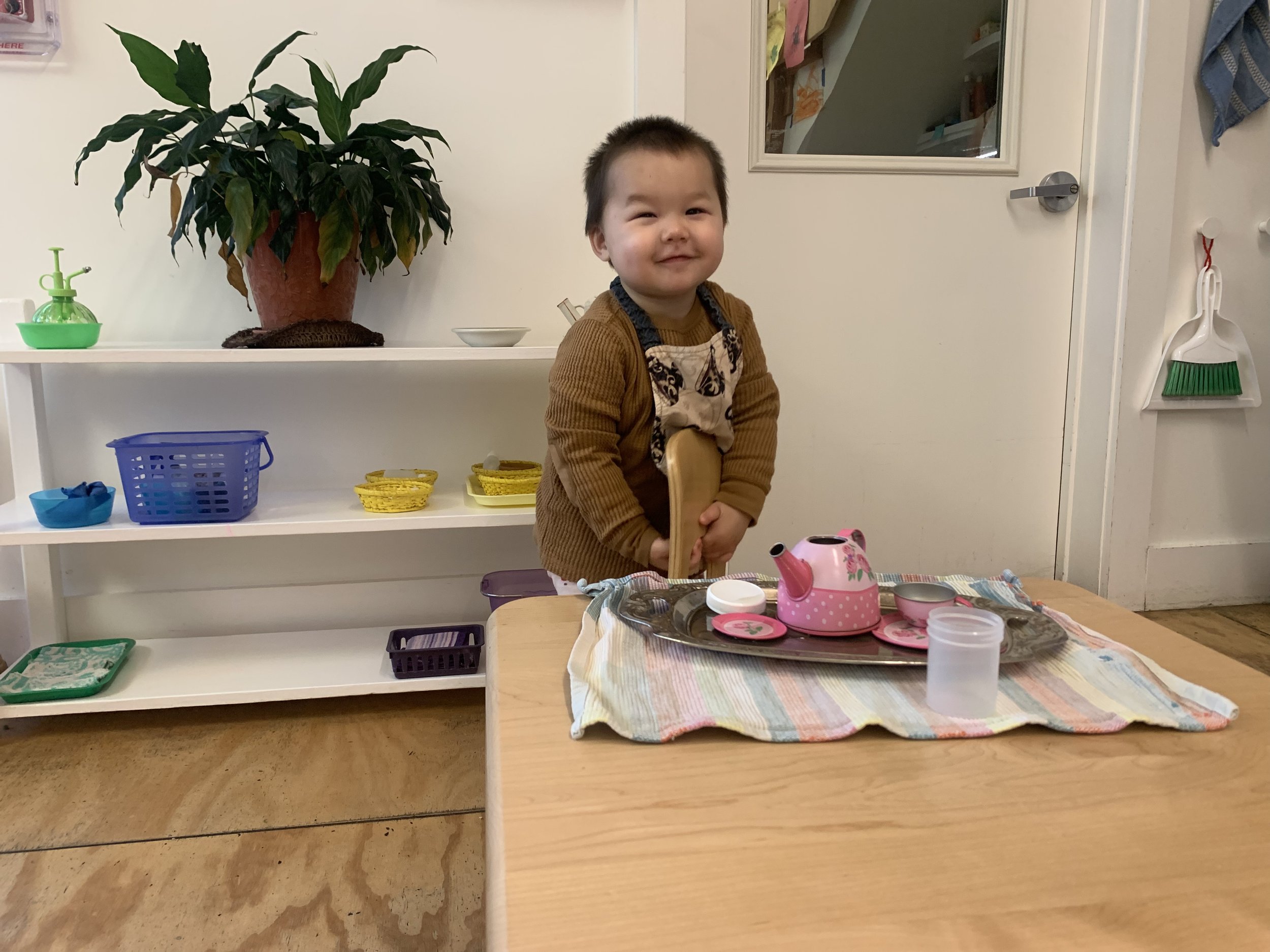
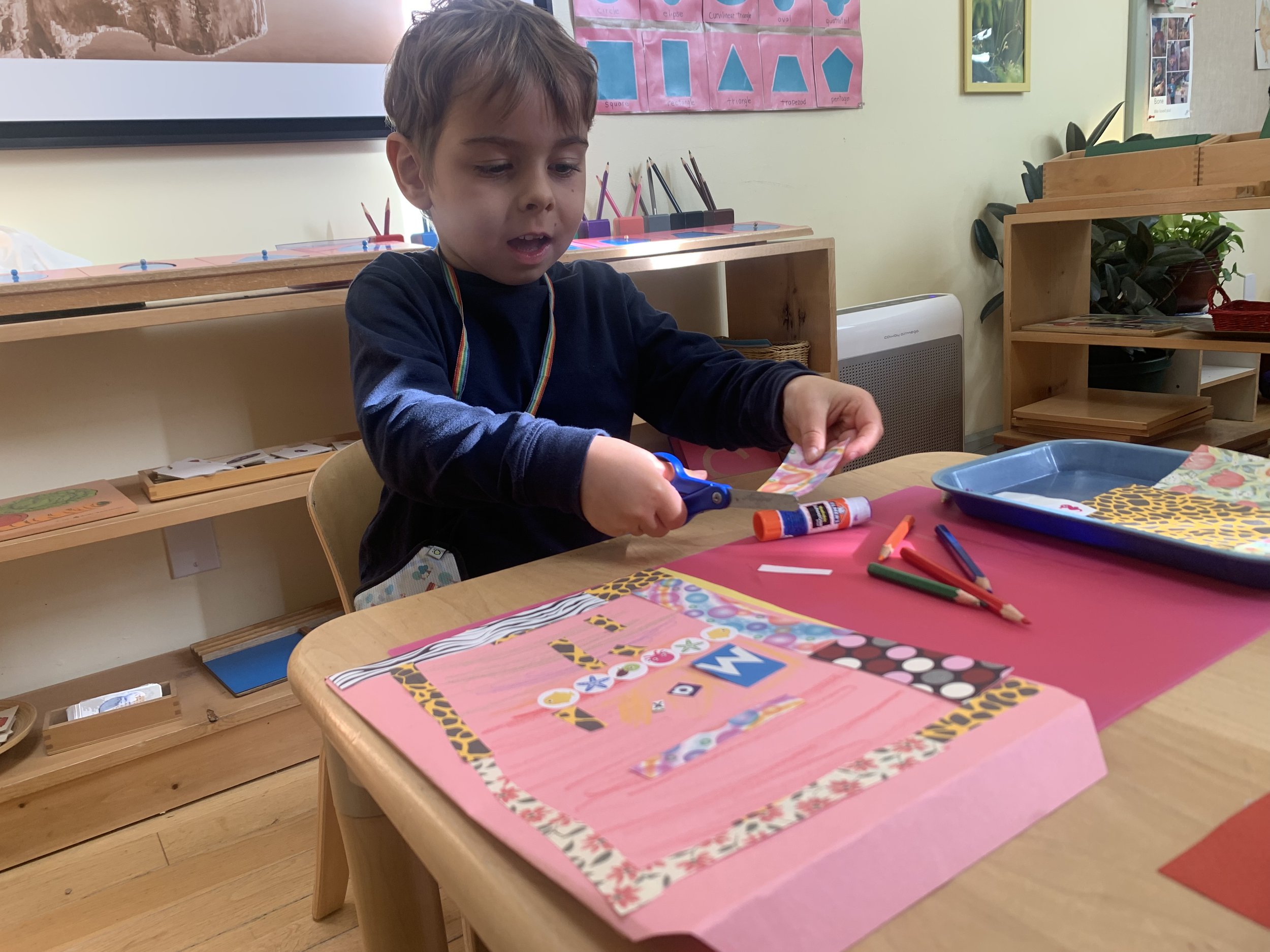
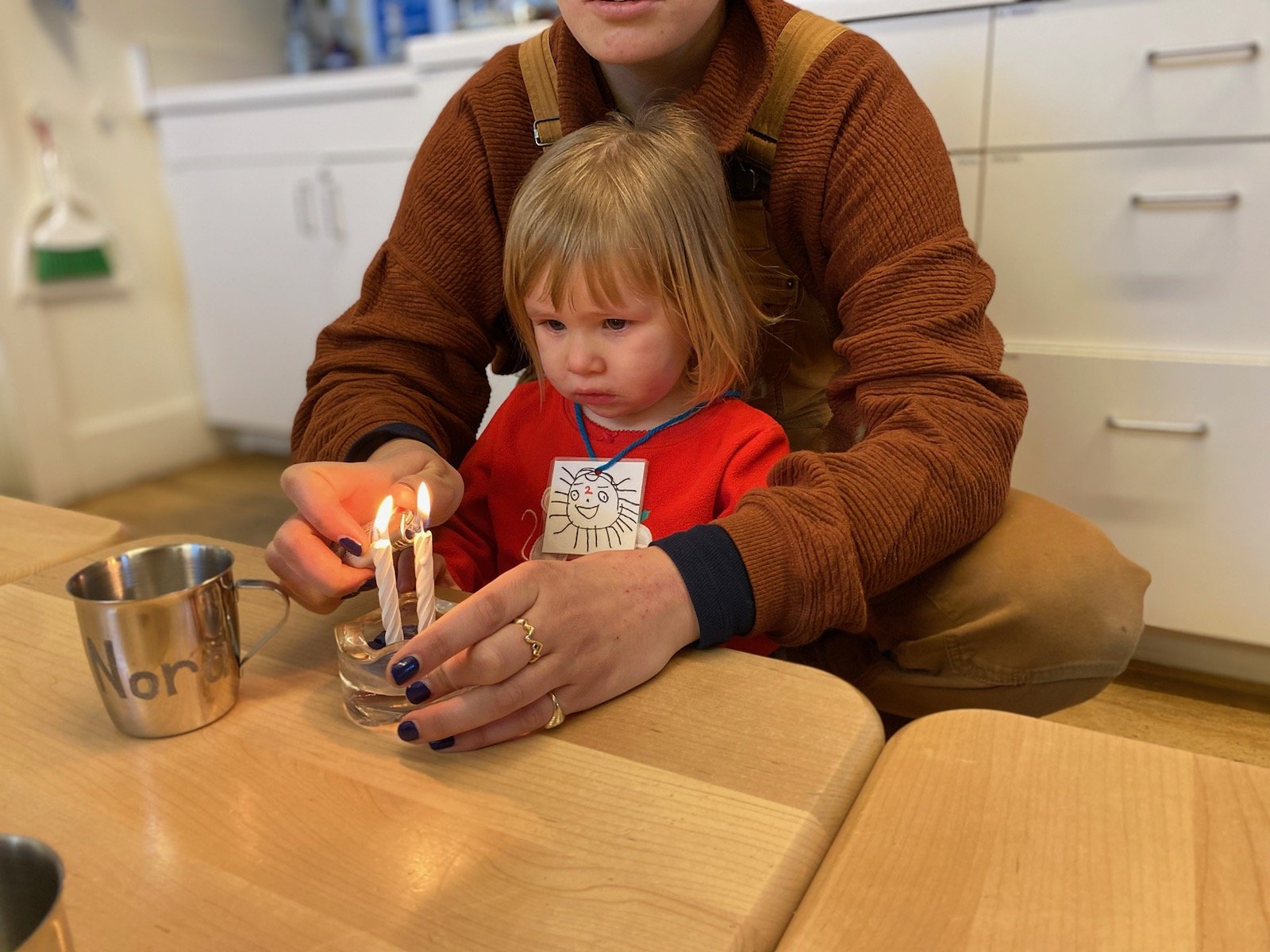



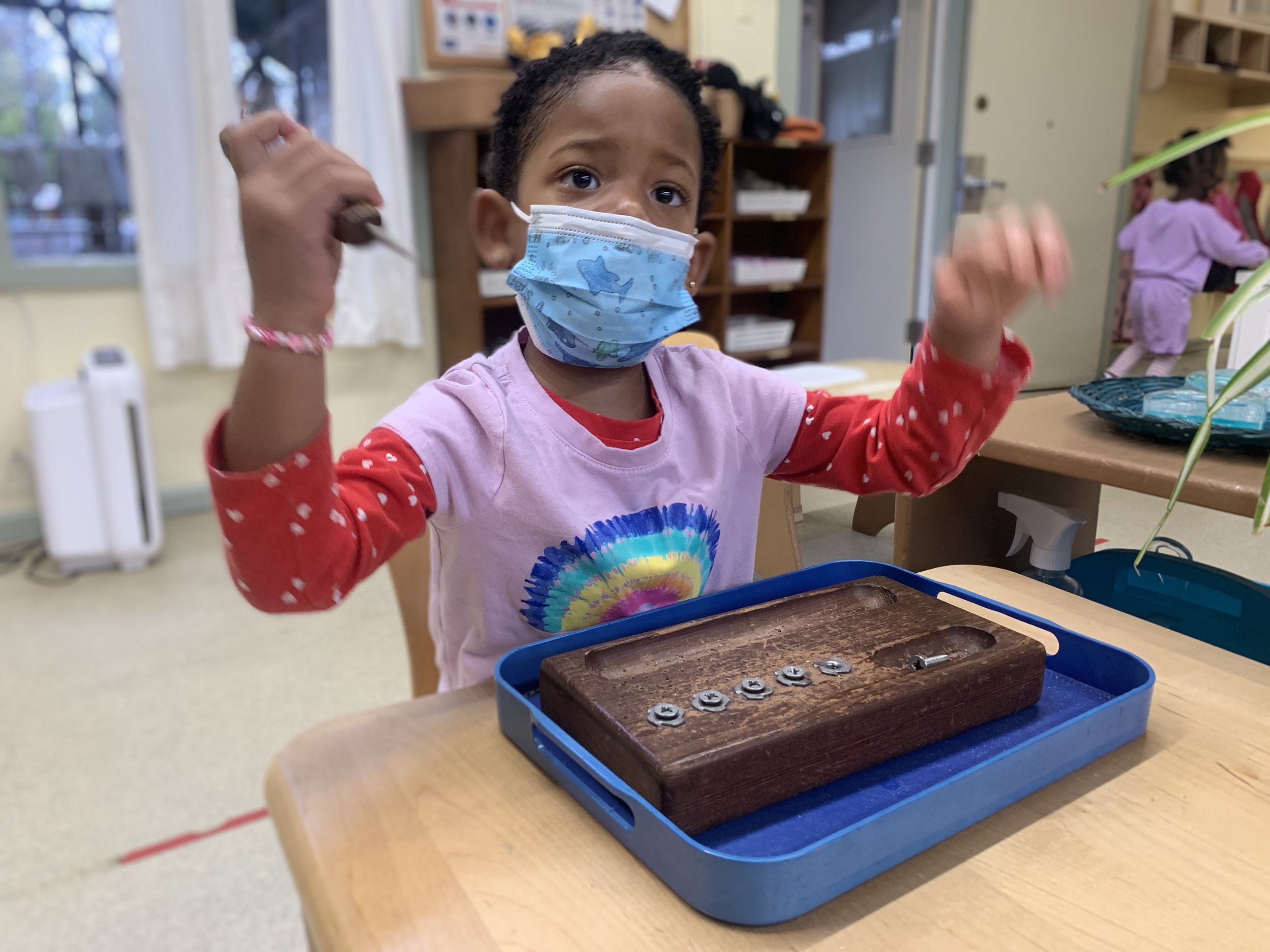





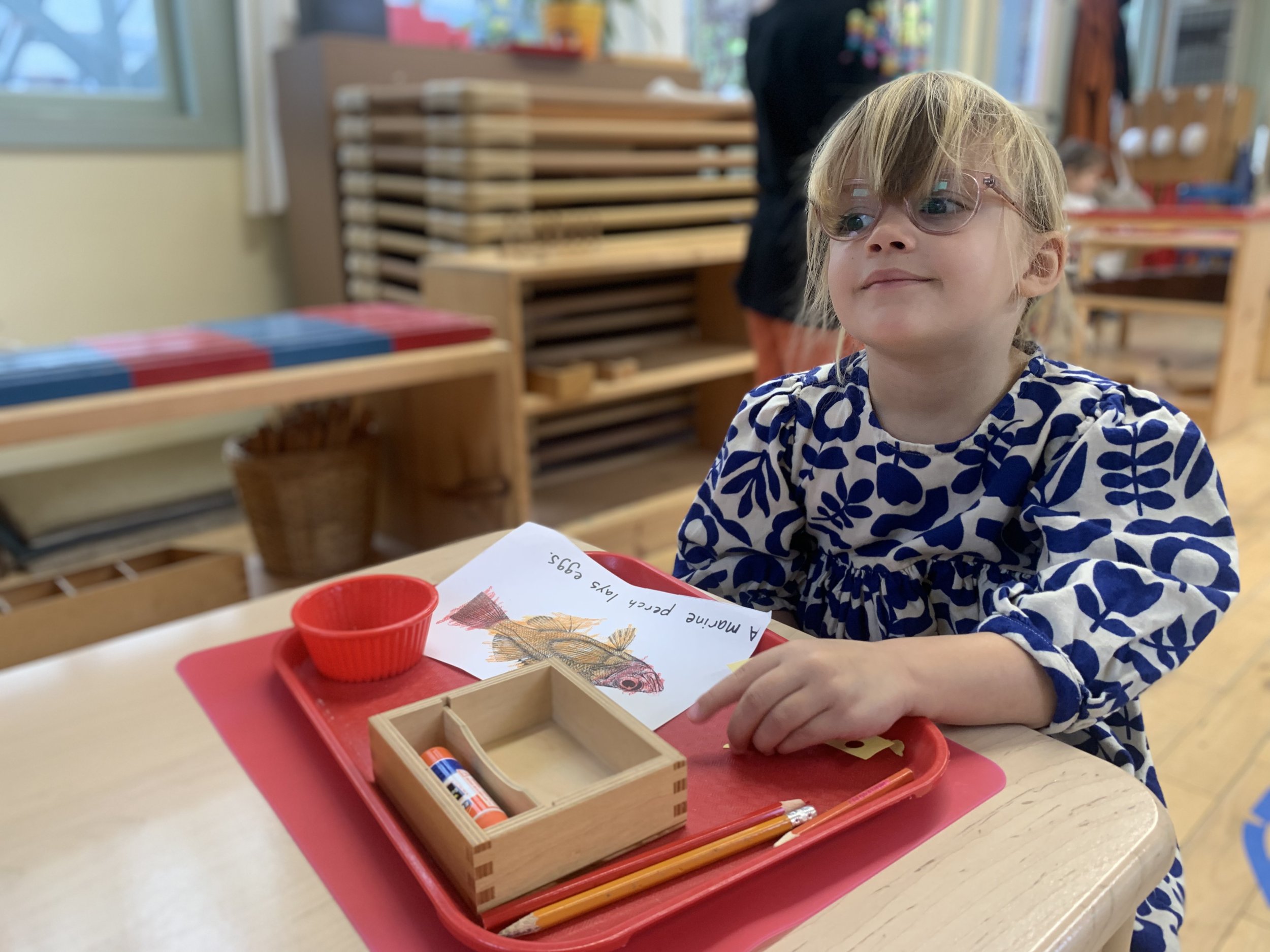









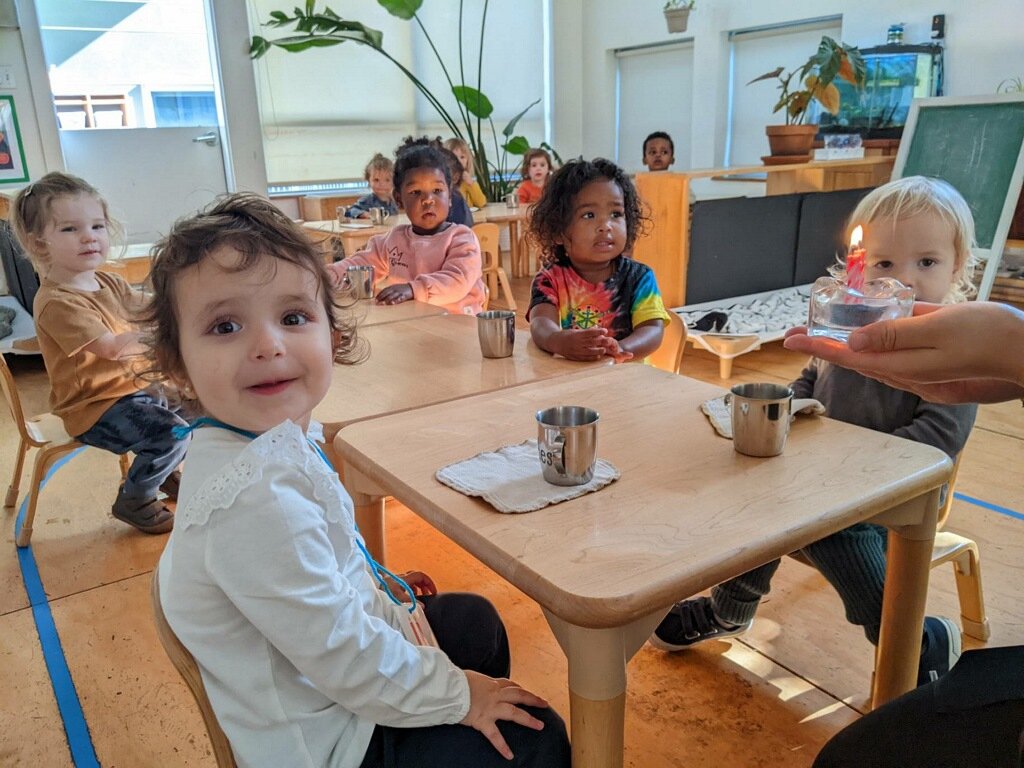
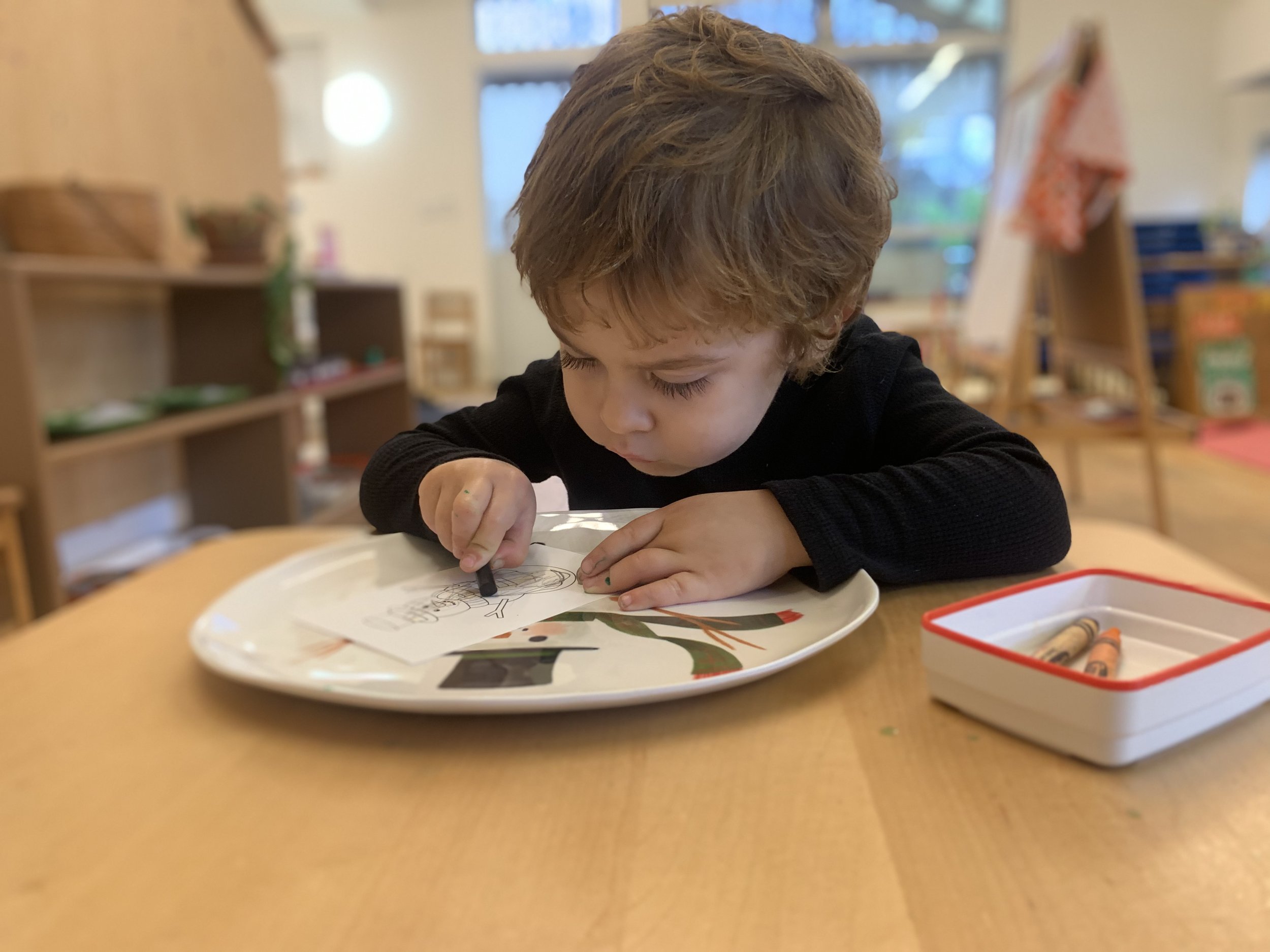


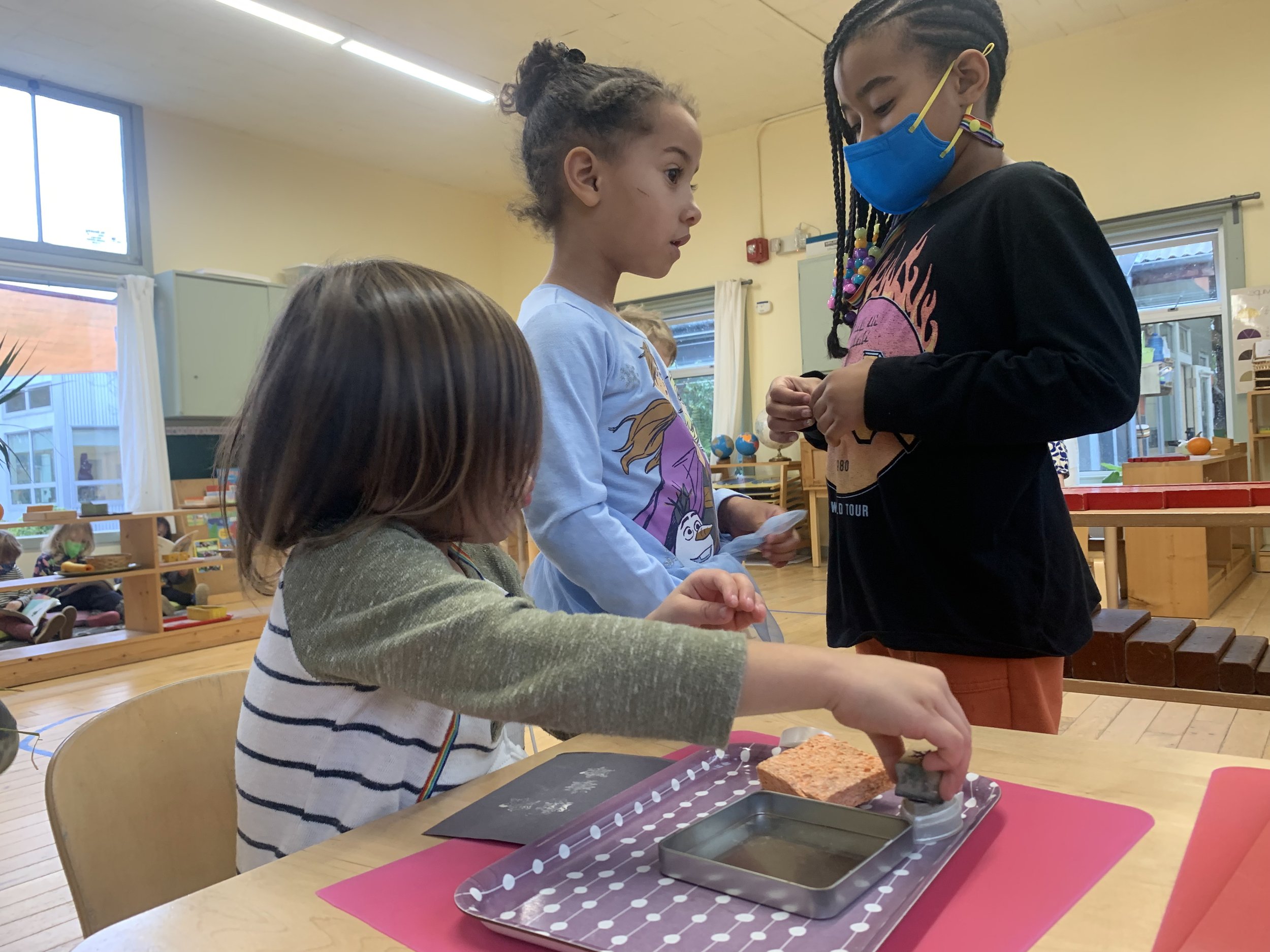






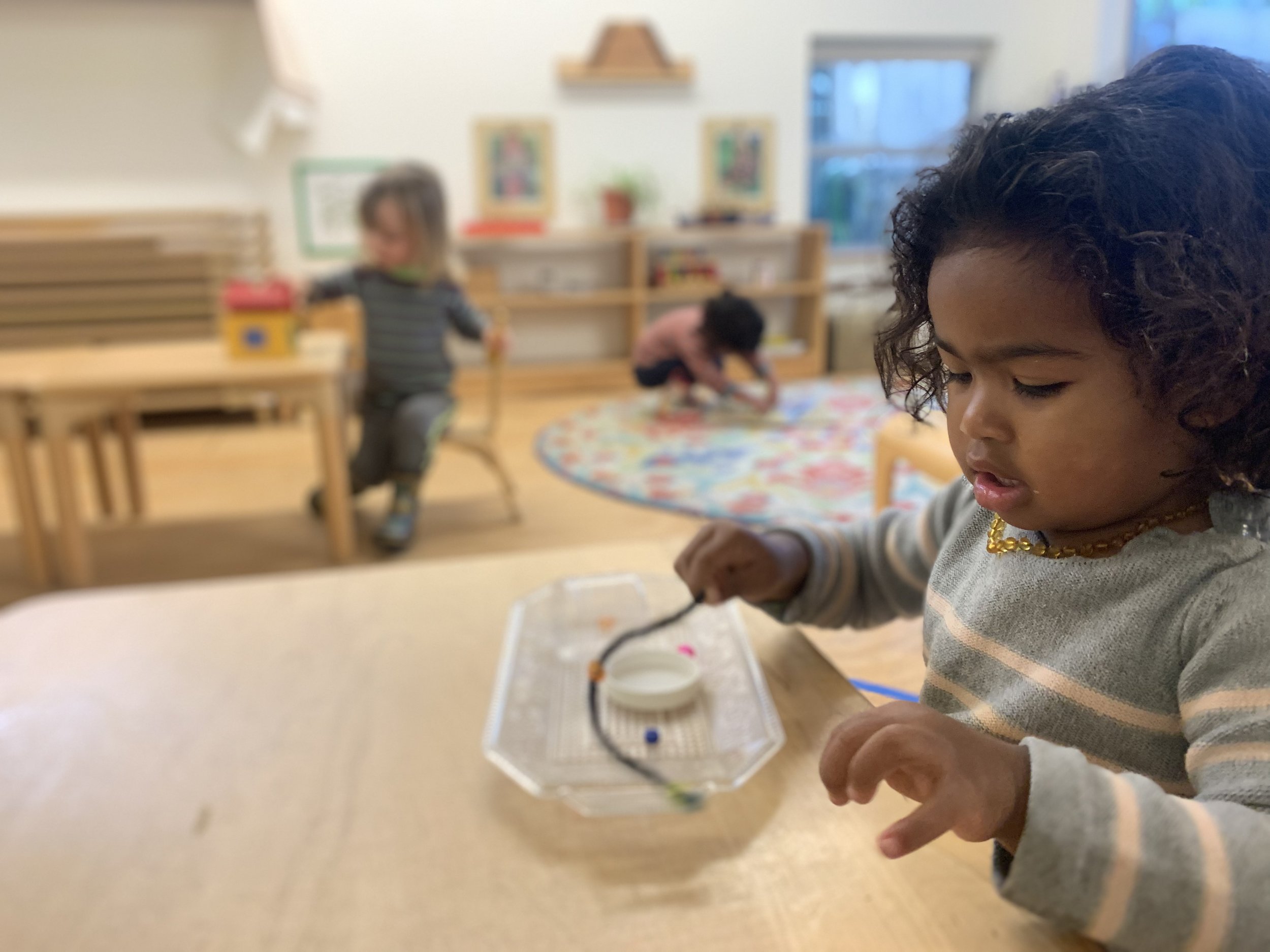


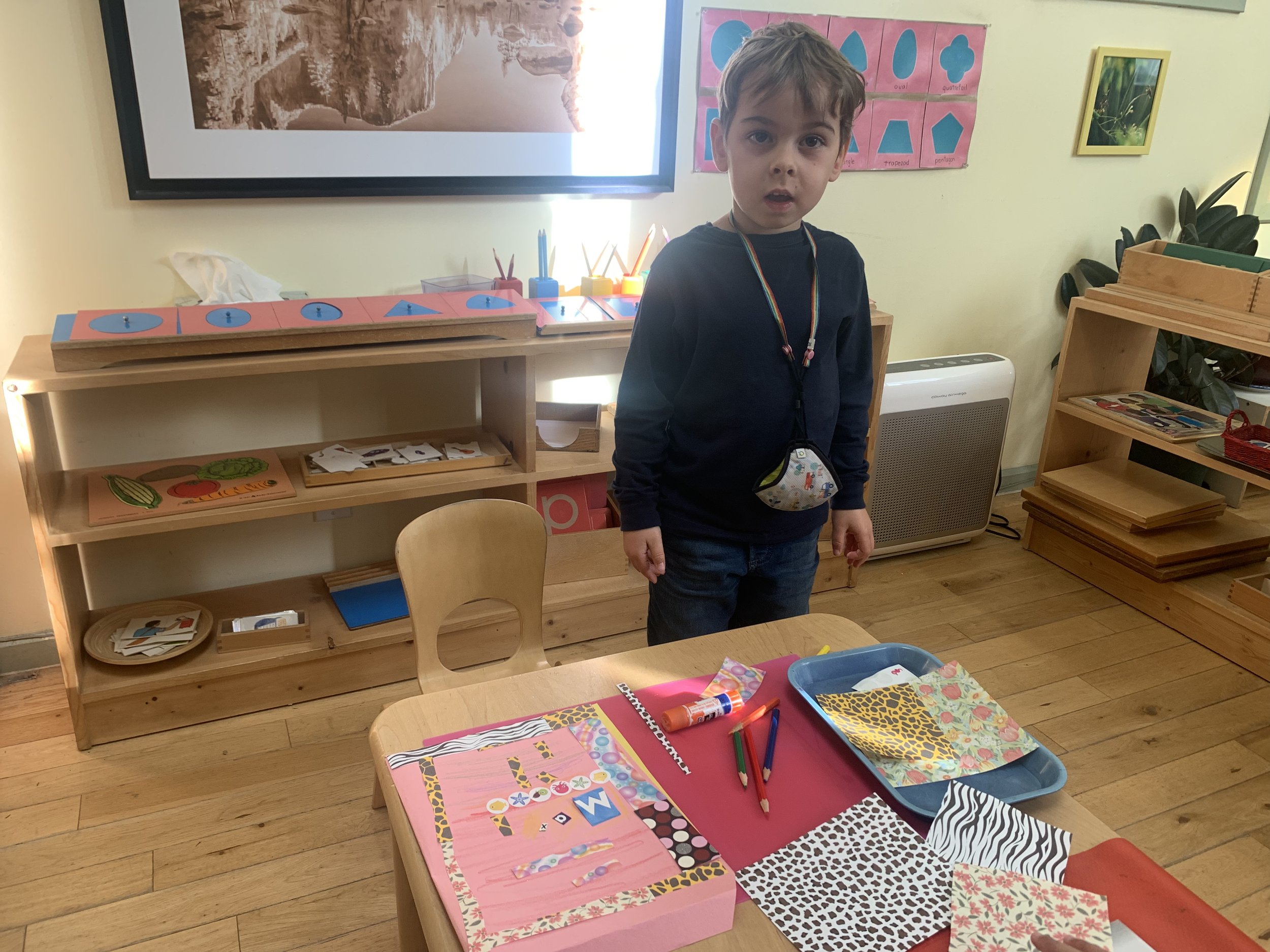

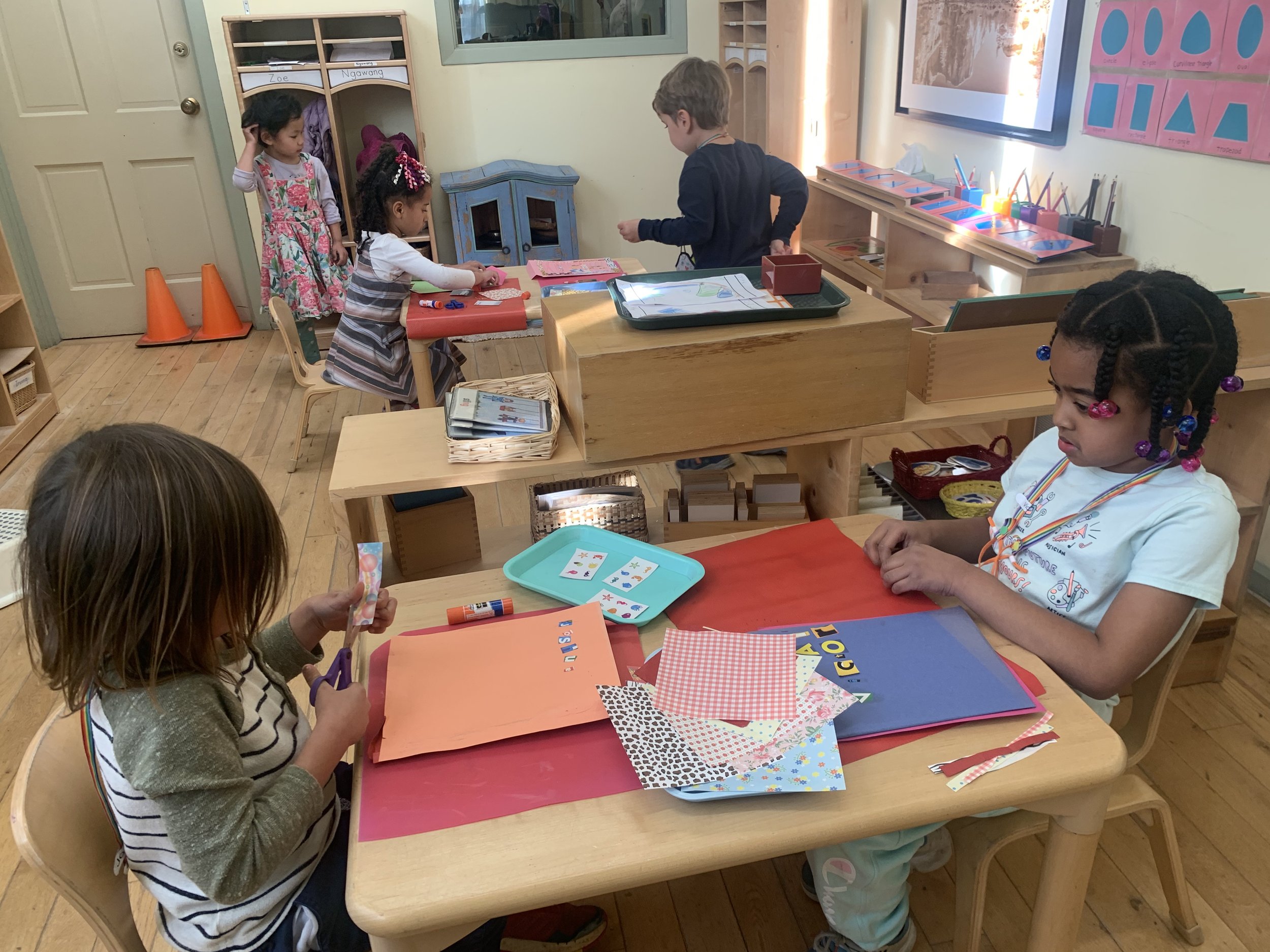
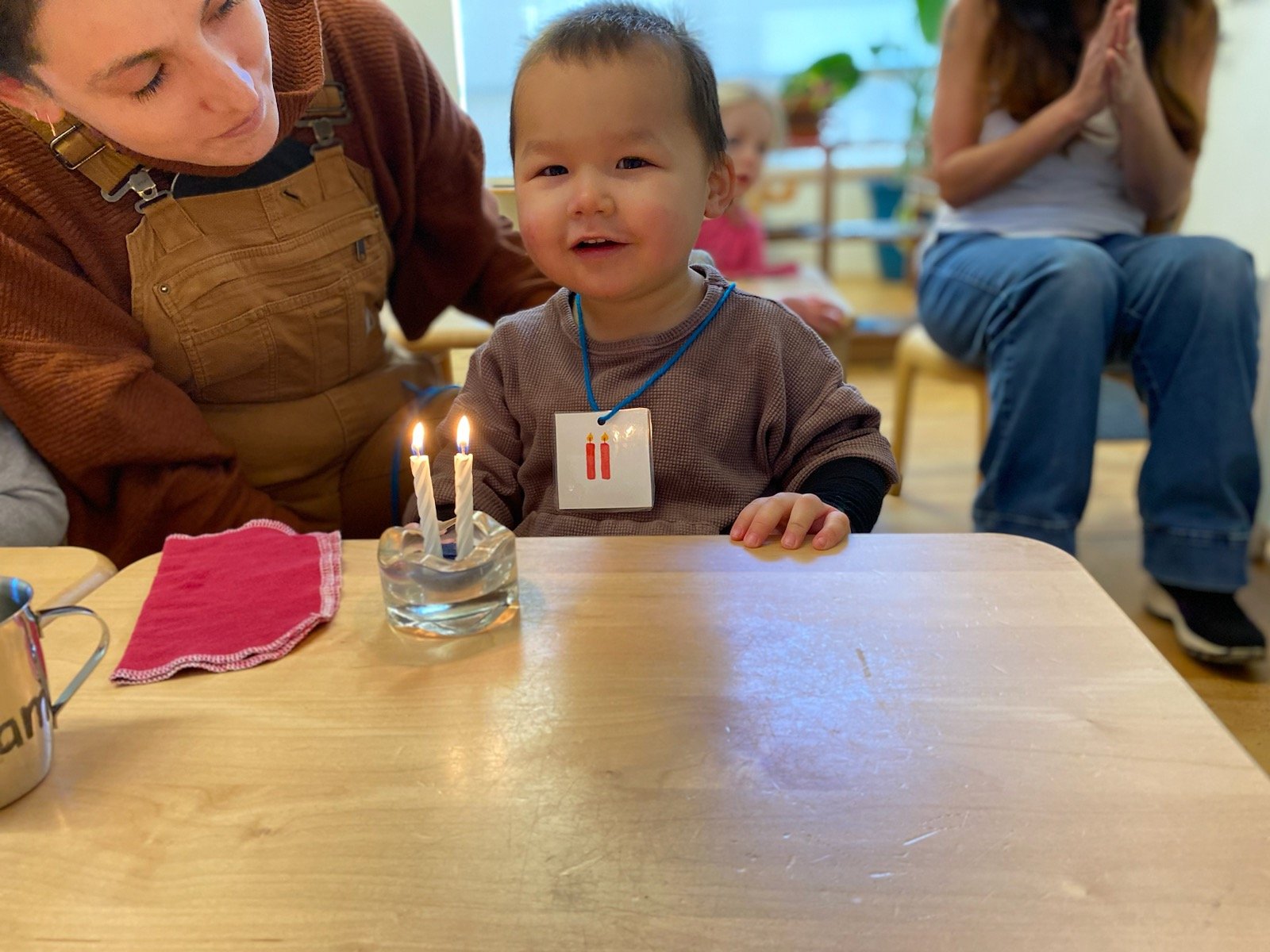
Nia House encourages community members that are able to contribute to the Shuumi Land Tax.
REPOST FROM 2017 BLOG

We believe it is our social responsibility to introduce cultural celebrations and history in accurate and age appropriate ways. The tale of Thanksgiving is told in many different ways. Here is a bit of insight into how we tell it here at Nia House.
Each circle time at Nia House builds upon and adds to the next. History is held in a linear model; stories root in a spiral form as annually we cycle through geography, place, ecology, culture, time and where we as humans fit in this interconnected continuum. Thus, the tale of Thanksgiving never stands separate from the elements that inform this cultural celebration- history, people, place, culture, and conflict.
We are keenly aware of the responsibilities to honor indigenous people; to offer children contemporary conceptions of North America’s first people; to provide accurate maps, precise names and locations of Native communities, folklore, and current imagery of indigenous people and life stories through books. The telling of the Thanksgiving does not adhere to a Eurocentric narrative describing the Americas as open land or a place to be discovered. Rather, the fullness of Native American life before the arrival of Europeans is detailed.
When the Europeans came there was great conflict, land was wanted and taken from native people; people were very angry, so angry that they shook their fists and were unkind.
The history of the arrival of Europeans to North America is a violent one. Educators are faced with the task of offering a true story that is developmentally appropriate to preschoolers. Though we do not shy from using the words colonialism and conflict, we are sensitive to our very young audience. Teachers use role play to help children engage and we pause to allow children to share how they would feel and what they might do differently. Here is an example of some of the language used at Nia House to describe American history at the moment of European arrival (see video left).
Reading Lists for Children
(Created by Bay Area Children’s Theater)
Native American Children’s Literature – Humboldt State Native American Studies Research Guide
Best Books for Elementary School – American Indians in Children’s Literature
Best Books of 2020 – American Indians in Children’s Literature
List of Recommended Indigenous Children’s Picture Books – Dr. Judith Scott and Donna Scott
47 Amazing Native American Children’s Books – Negra Bohemian
What follows are Michael’s birding notes.
The species are listed according to Micheal’s guess as to which may most easily be seen/identified by sight or sound.
Here we go:
Crow - easy!
Mourning Dove - likes wires + horizontal branches
Eurasion Collared dove - same as #2, different song!
California Towhee - seen on ground a lot
House Finch - good singer
House Sparrow - too many everywhere
Anna’s Hummingbird - about the only likely species
Lesser Goldfinch - brighter feathers coming later in season
Oak Titmouse - pointy crown
White-Crowned Sparrow - nice markings
Golden-Crowned Sparrow - part of the birding tradition (ha ha) of naming a bird after its least prominent feature.
Bewick’s Wren - more likely to be heard than seen…
Bushtit - in the bushes, usually in groups
Chestnut-Backed Chickadee - listen for the distinctive song
Red-tailed Hawk- sometimes seen soaring over
Gulls- hard to differentiate from each other… but, yeah, gulls!
For pictures, songs, and fun facts download free apps from:
It is that time of year again. Each child pictured is on to their next life adventure. We have cherished being in community with each child and their family. These early years are joyful and magical. Our hearts are fuller for loving these wonderful humans!
Many hands and much love goes into raising the children of our community- grandparents, guardians, moms, dads, aunties and uncles, and parents. Each family holds a unique configuration of helping hands and love.
To honor the beautiful diversity of families in our school, Nia House is shifting from the traditional celebration of Mother’s Day in May and Father’s Day in June to Family Day somewhere in between, end of May/early June. Stay tuned.
Traditionally, Nia House has used these “holidays” as an educational opportunity to explore different family structures, households and experiences (see the NH curriculum guide). Stories and conversation at circle-time in the Primary classes explore two dad households, children raised by their grandparents, adoption, one parent families, blended families, multi-home families and more. We will continue with this form of education around family while also moving away from holidays that exclude many types of families. Nia House invites you all to move toward a Nia House holiday that includes all- Family Day!
Each interested child will have the opportunity to honor family members through process oriented art, circle-time dialogue, and through read-aloud stories.
Nia House will stray from making and sending home projects on Mother’s/Father’s Day, and will focus on developmentally targeted education and celebration of differences in families. While some older children at Nia House can grasp the task of making a gift as a token of appreciation, the youngest of children do not developmentally benefit from such product-oriented projects. In an ongoing effort to focus on the developmental needs of our children, Nia House will focus on each child’s experience of family.
We thank you all for being allies unto one another. In your family time, we encourage dialogue and celebration with your children of the many differences in family.
Nia House celebrates and honors you all- mothers, fathers, grandparents, guardians, parents, step-parents and more!

We’re excited to bring Raising Our Resilience’s most popular workshop to Nia House… and it's FREE! Join lead parent empowerment coach and founder, Vanessa Callaghan, MEd., for this virtual workshop on
This training will help you not only survive tough parenting moments at any age, but will also help you build more intimacy, resilience, and trust in your relationship as you learn key insights into bringing social and emotional learning (SEL) home.
Space is limited!
Save your spot here: https://navigating-emotions-nia-house.eventbrite.com/
What are we learning? How to…
Coach your child through their big emotions
Teach your child self-regulation tools and other key SEL strategies
Keep your cool during tough moments
Build a stronger relationship with your child
Plus, avoid the #1 mistake parents make during tough, emotional parenting moments ...all while staying calm, kind, and connected.
What is it?
A virtual workshop with Vanessa Callaghan, MEd. “3 Keys to Navigating BIG EMOTIONS with CALM + CONFIDENCE” hosted by Nia House.
Who is it for?
Preschool parents and caregivers who are seeking tools and strategies to navigate meltdowns, tantrums, power struggles, and other big emotions with more ease and confidence so that they can coach their children to be more emotionally resilient and self-aware.
When is it?
Saturday, May 14th from 9:30-11am, PST.
Where is it?
We will be in a virtual Zoom room
How do I sign up?
Be sure to save your seat here on Eventbrite: https://navigating-emotions-nia-house.eventbrite.com/
Who is the presenter? Vanessa Callaghan, MEd. is a proven educator known for her refreshingly honest, hands-on, and personal approach. At Raising Our Resilience, she empowers parents struggling with their children's challenging behaviors to find the calm, confidence, and tools they need to build a lifelong relationship with their children based on love, respect, and appreciation. She is the lead coach and course creator of The Family Foundations Immersion, a yearlong academy for parents. Learn more here:
https://vanessa-callaghan.mykajabi.com/immersion
Is it time for you to navigate meltdowns, tantrums, power struggles, and other big emotions with more ease and confidence? When you equip yourself and your child to be more emotionally resilient, the whole family can weather tough circumstances and you can enjoy your time together, while the kids are still under your roof. (And the time flies by!) See you there!
Lead Primary teachers, Nicole and Ayako, share the magic of the third year at Nia House.
The Nia House Staff met with 450 Architects last Friday. Above are pictures from this exciting meeting. 450 Architects brought a collaborative spirit and collected ideas and feedback from the Nia House teachers. Together the teachers and architects dreamed up ideas for the areas surrounding the playhouse. Ideas included sandbox design (think big!), outdoor classroom uses for the playhouse, gardening opportunities for all ages, woven willow structures, a basketball hoop/mini-court, unique walking paths, and more! What are your ideas?!

The Nia House Board of Representatives introduced the following presentation on financial aid and the racial wealth gap to the parent community. Nia House will apply a racial equity lens to the financial aid process and work toward a more just world for our children and families.
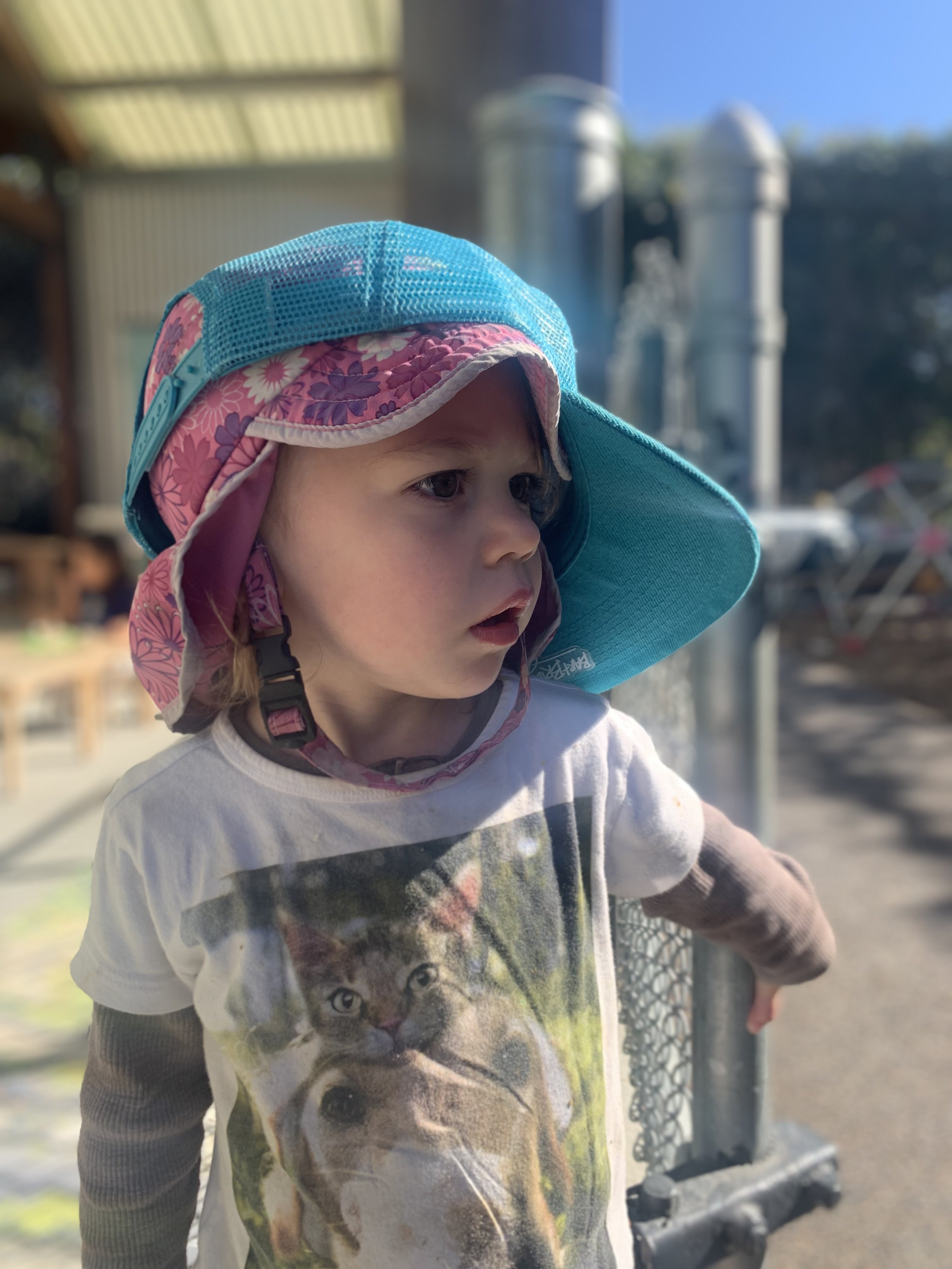
Gender is a set of cultural identities, expressions and roles – codified as feminine or masculine – that are assigned to people based upon the interpretation of their bodies, and more specifically, their sexual and reproductive anatomy.
Since gender is a social construction, it is possible to reject or modify the gender one is assigned at birth, and to develop, live and express a gender that feels truer and just to oneself.
Gender Identity is a personal conception of oneself as male, female, both, neither and/or another gender. Gender identity can be the same as or different from the gender a person is assigned at birth. Gender identity is a matter of self-identification; no one can tell anyone else how to identify or what terms to use. Gender identity is different from sexual orientation, and everyone has both a gender identity and a sexual orientation. (GLSEN)
Sex is the classification of a person as male, female, or intersex based on the existing system of organizing human bodies and biologies. This system is based on chromosomes, hormones, internal and external reproductive organs, and secondary sex characteristics.
Sex assigned at birth refers to the act of assigning or designating a particular sex to a person based on their chromosomes, hormones, internal and external reproductive organs, and secondary sex characteristics.This is often done by medical professionals during pregnancy or immediately after childbirth.
The SEX a person is assigned at birth doesn’t determine or indicate anything about their authentic GENDER experience or identity. (Healthline)
People’s pronouns relate to their gender identity. For example, someone who identifies as a woman may use the pronouns “she/her.” We do not want to assume people’s gender identity based on gender expression (typically shown through clothing, hairstyle, mannerisms, etc.) By providing an opportunity for people to share their pronouns, you're showing that you're not assuming what their gender identity is based on their appearance. If this is the first time you're thinking about your pronoun, you may want to reflect on the privilege of having a gender identity that is the same as the sex assigned to you at birth. (GLSEN)
MISGENDERING- “Hey ladies!”
CORRECTION- “Hi friends!”, “Hey folks”, “Hi”
MISGENDERING- “Look at that little boy, he’s carrying his lunchbox.”
CORRECTION- “Look at that child/friend, they are carrying their lunchbox.”
MISGENDERING- Say hello to Sam’s Mom”
CORRECTION- “Let’s wave to Sam’s parent.”
Ask! “Nice to meet you. I’m Stacey, I use they/them pronouns. What pronouns do you use?”
It is important for cisgender people (people whose gender identity aligns with their assigned sex at birth) to normalize the practice of stating their pronouns and asking pronouns of others. It encourages practice and helps gender diverse people feel welcome and safe. (Nationwide Childrens)
Cisgender: A person whose gender identity and expression are aligned with the gender they were assigned at birth.
Cisnormativity: The assumption that cisgender identity is the norm, which plays out in interpersonal interactions and institutional privileges that further the marginalization of transgender people.
Gender Binary: A socially constructed system of viewing gender as consisting solely of two categories, “male” and “female,” in which no other possibilities for gender are believed to exist. The gender binary is a restrictive and inaccurate way to view gender because it does not take into account the diversity of gender identities and gender expressions among all people. The gender binary is oppressive to anyone that does not conform to dominant societal gender norms.
Gender Expression: The multiple ways (e.g., behaviors, dress) in which a person may choose to communicate gender to oneself and/or to others.
Gender Non-binary: An umbrella term for gender identities used by people whose gender is not exclusively male or female
Gender Nonconforming: A descriptive term and/or identity of a person who has a gender identity and/or expression that does not conform to the traditional expectations of the gender they were assigned at birth. People who identify as “gender nonconforming” or “gender variant” may or may not also identify as “transgender.”
Pronouns: The pronoun or set of pronouns that a person identifies with and would like to be called when their proper name is not being used. Examples include “she/her/hers,” “he/him/his,” ze/hir/hirs,” and “they/them/theirs.” Some people prefer no pronouns at all.
Transgender: An umbrella term describing people whose gender identity does not match the gender they were assigned at birth.
HEALTHLINE- 64 TERMS THAT DESCRIBE GENDER IDENTITY & EXPRESSION https://www.healthline.com/health/different-genders#a-d
GENDER SPECTRUM- THE LANGUAGE OF GENDER
https://genderspectrum.org/articles/language-of-gender
GLSEN - PRONOUNS: A Resource
https://www.glsen.org/sites/default/files/GLSEN%20Pronouns%20Resource.pdf
NATIONWIDE CHILDREN- PRONOUNS 101
https://www.nationwidechildrens.org/family-resources-education/700childrens/2021/06/why-pronouns-matter-101